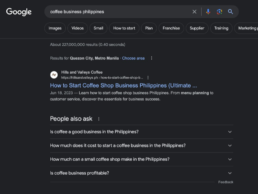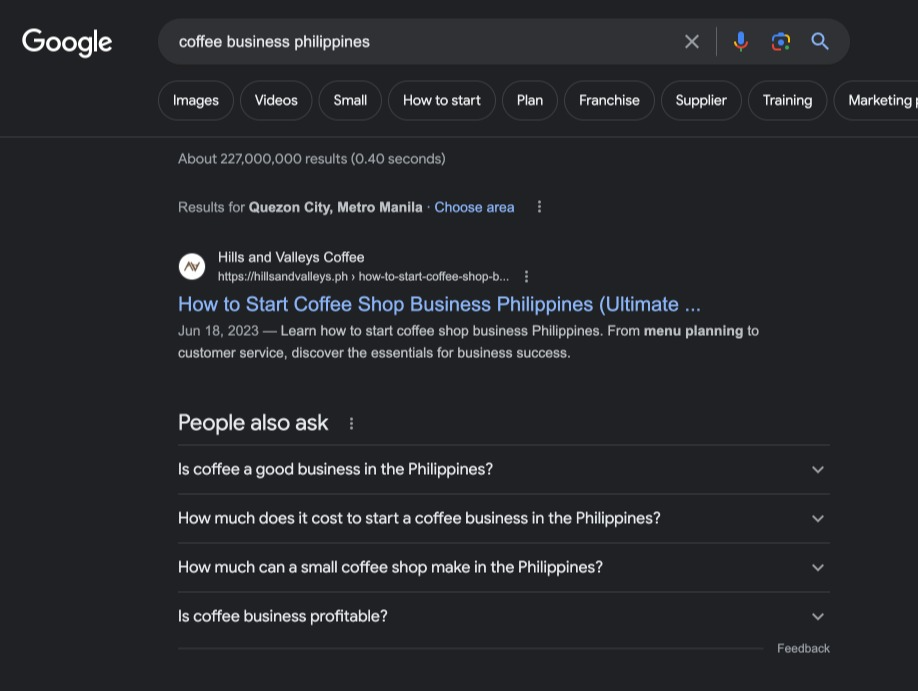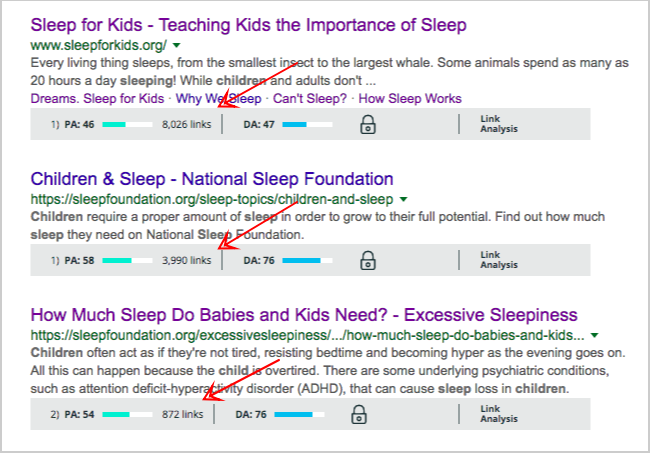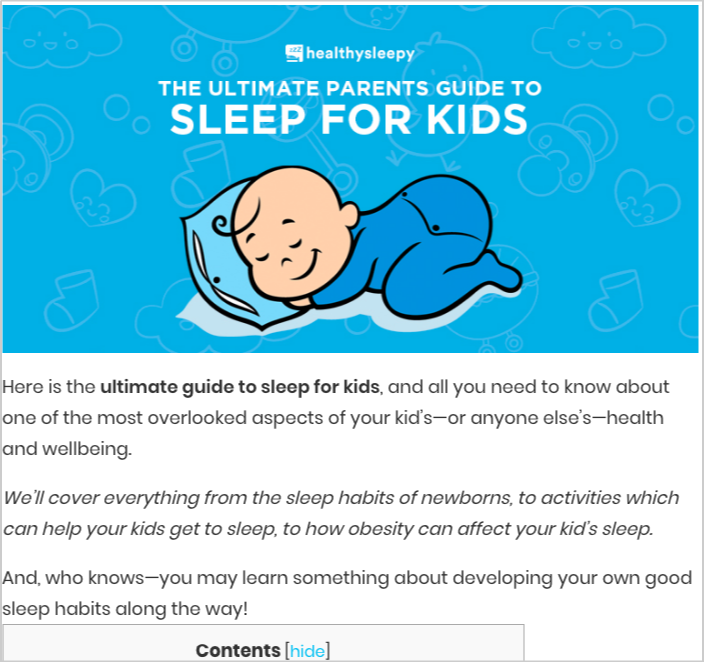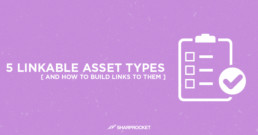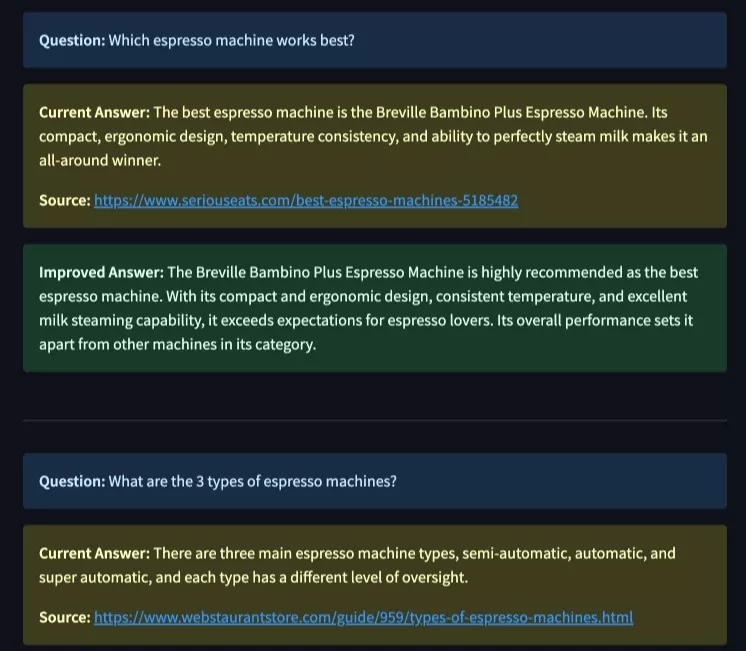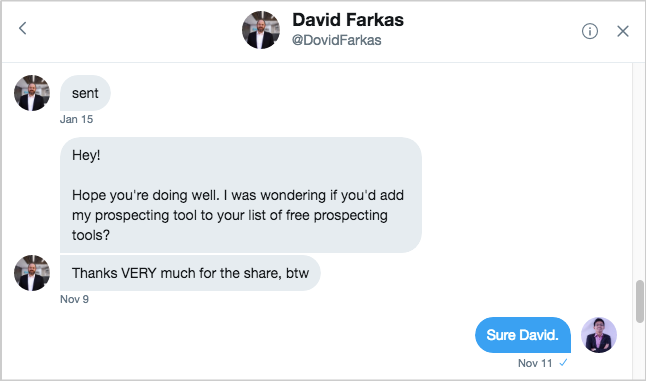How to Write Content That Ranks
Content writing has two main goals: to satisfy web users with what they are looking for and assisting businesses with their online marketing objectives.
Most online marketers hit the first one. However, we rarely see content marketing campaigns focusing on helping businesses drive results.
Learning to write content that ranks isn’t easy, which becomes leverage for high-level content marketers to differentiate their work from their contemporaries.
They are given that they don’t only write for publishing's sake but also provide value to clients by ranking content for their target keywords, which drives significant organic traffic and conversions for their website/s.
In this guide, I’ll walk you through my step-by-step process of writing content that ranks. I’ve used it for our clients, our link building blog (as a test), brick-and-mortar businesses, and eCom site.
How to Write Content That Ranks (6 Simple Steps)
1. Choose a Keyword With Weaker Competitors
Without a target keyword, you can’t rank content on Google’s search engine results pages (SERPs).
By having a keyword on the most critical places on your page, search engines can quickly determine the relevance and context of your content.
However, not all keywords are worth pursuing.
The most frustrating part of content marketing is creating comprehensive content about a specific topic. Yet, you won’t have a chance to rank, given the level of competition among its ranking pages.
I always recommend going after keywords where your site can have the best fight on Google’s SERPs.
The more authoritative the websites that rank from a Domain Rating (DR) perspective, the harder it is to rank because you need many backlinks.
You can use Ahrefs to see weaker spots on Google’s SERPs quickly.
If you start with Keyword Explorer, filter the list of keywords by a DR number to get keywords with weaker competitors.
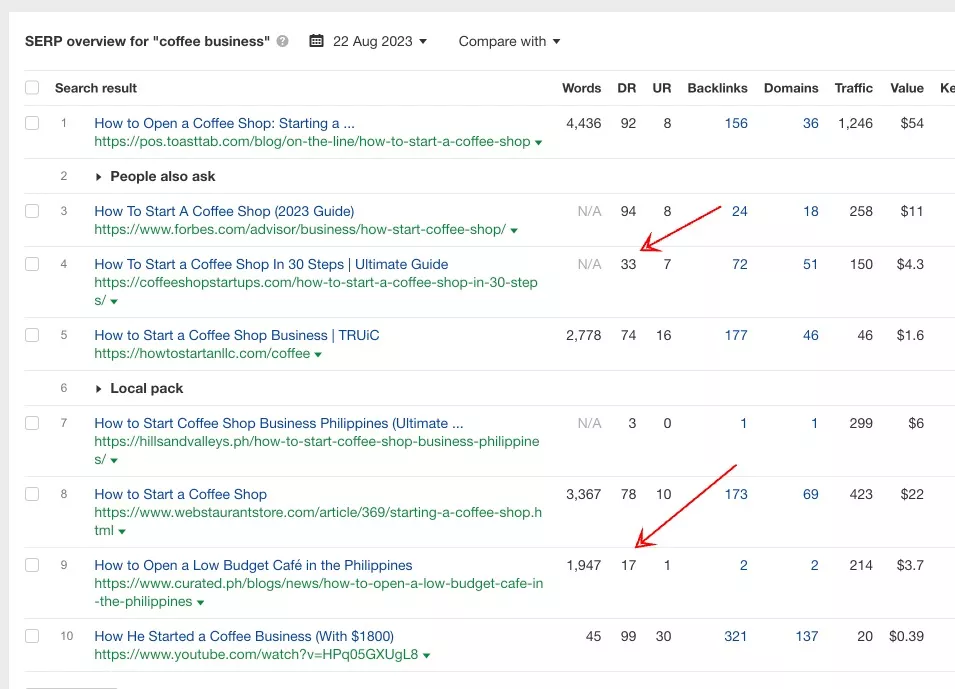
You can also use Ahrefs’ Content Explorer to generate content ideas for your blog. Use the same filter to see lower-authority pages.
Collate all these keywords and content ideas in a spreadsheet and later choose which one you’d want to write content about.
You can also populate your list by checking Google autocomplete or related keywords at the end of Google’s SERPs.
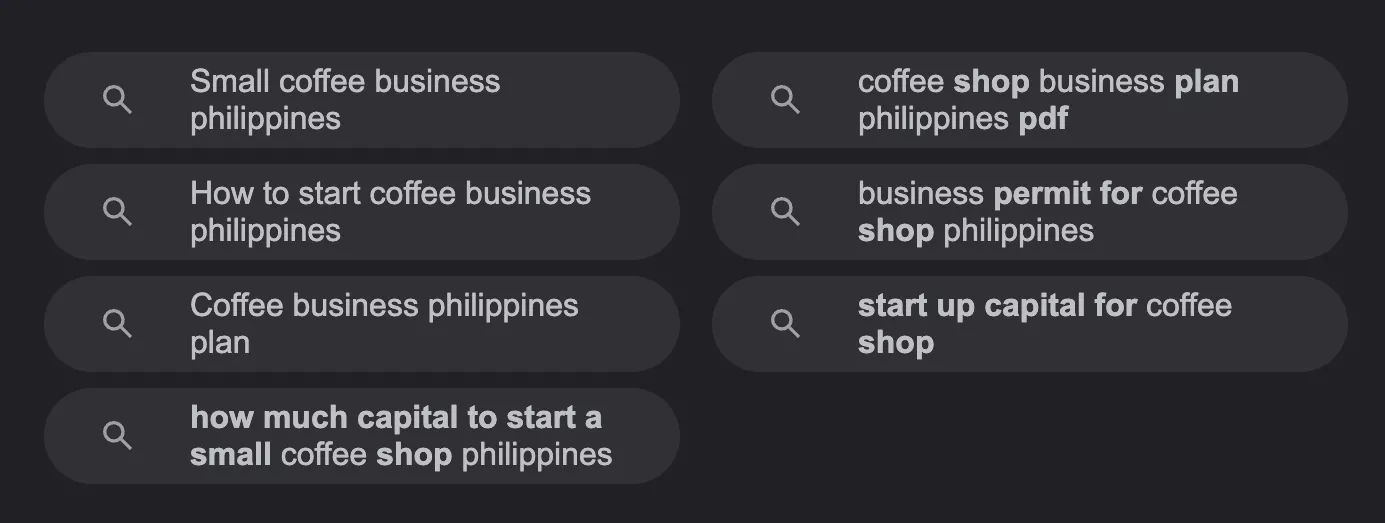
Most of the keywords you’ll find here don’t have high search volume, yet they are easier to rank with solid content.
The main objective in finding keywords with weaker competitors is to quickly rank for them with your content so you can build enough momentum for your SEO campaign. Or, if you’re servicing SEO clients, you can send initial reports of quick SEO wins via ranking for long-tail keywords instead of eyeing for head terms with no chances of winning (initially).
In my recent post on how to get your business on top of Google search, I’ve mentioned the importance of targeting long tail keywords.
The compiled constant effect of ranking for multiple keywords at the start of an SEO campaign boosts momentum to go after other keywords with a little stronger competition.
2. Do a search intent analysis for the keyword.
Most SEOs should have noticed this part of the process, going straight to writing content for the keyword.
Search intent analysis is crucial in understanding what the searchers are looking for and how you can create the best content to serve their needs (intent).
There are four main types of search intent:
- Informational (Awareness) - the search user wants to learn about a topic. (e.g., how do espresso machines work)
- Navigational (Interest) - the search user is curious about a particular brand or is looking for a specific brand/page (e.g., Ahrefs login)
- Commercial Investigation (Desire) - the search user is looking to solve a problem (e.g., best commercial espresso machines)
- Transactional (Action) - the search user wants to take an action or purchase a product/service (e.g., buy espresso machines).
Figure out the search intent type of a keyword.
Go even further. Do a Google search for the keyword. See the content format of each top-ranking page.
For instance, Google favors “how-to” guides for the key phrase, “coffee business Philippines”.
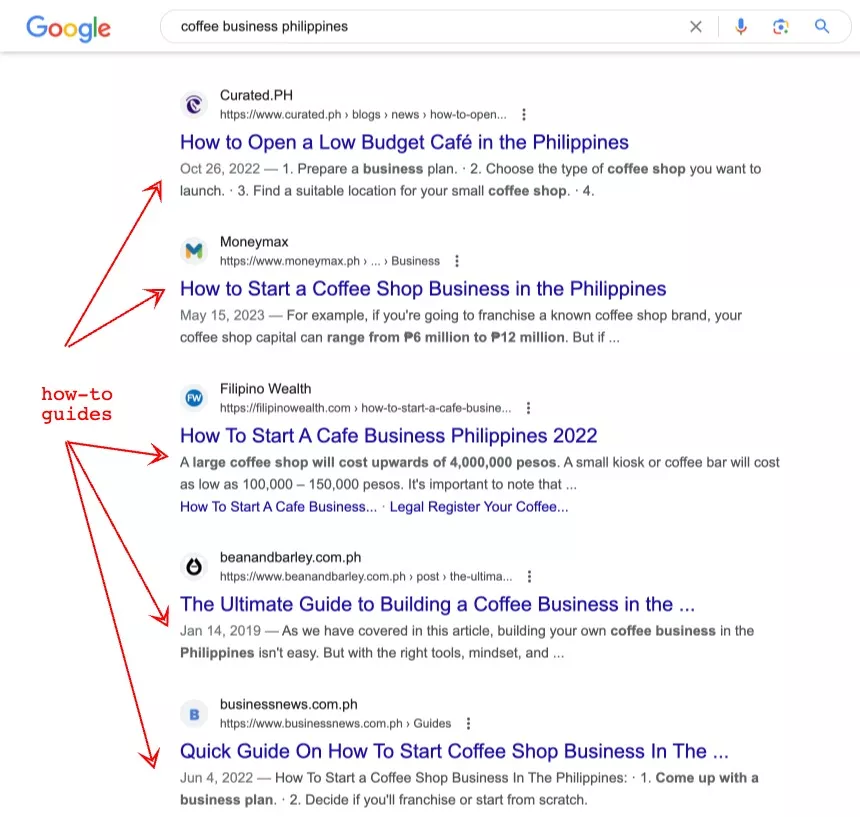
So, writing content that ranks for this keyword requires a comprehensive step-by-step process on how to start a coffee shop business.
3. Plan your content.
By planning your content, you eliminate all the unnecessary stuff and include the best points, structure, and flow that will best satisfy your readers.
You do that by first researching your top competing pages.
You want to see what makes the top-ranking pages deserving to rank for the keyword. Check and see how well-optimized the articles are.
I use the Detailed tool to see their basic outline quickly.
I’ve taken note of all headings and subheadings for the top 3 rankings articles. Then, I create a master outline combining all these headings for my content.
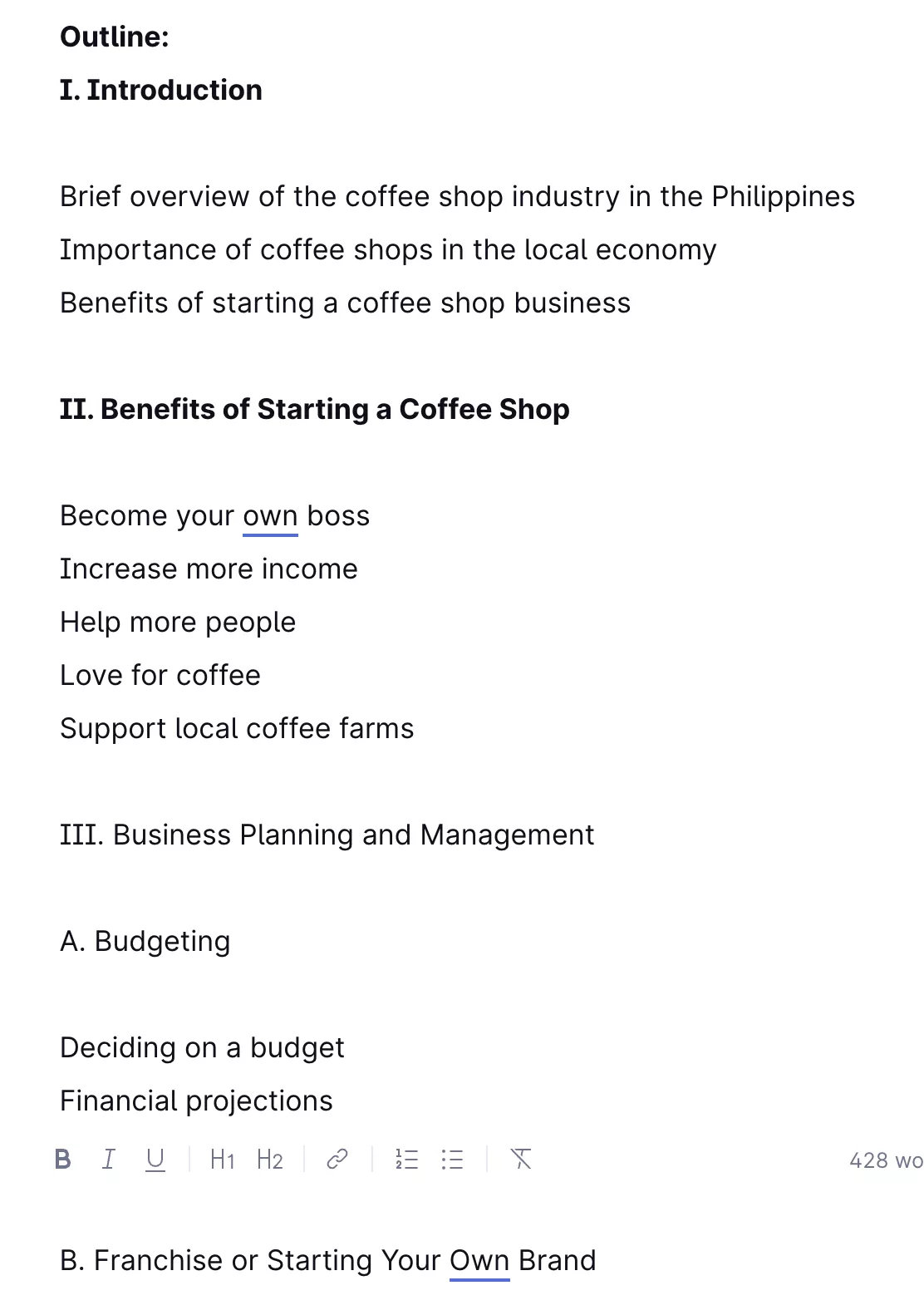
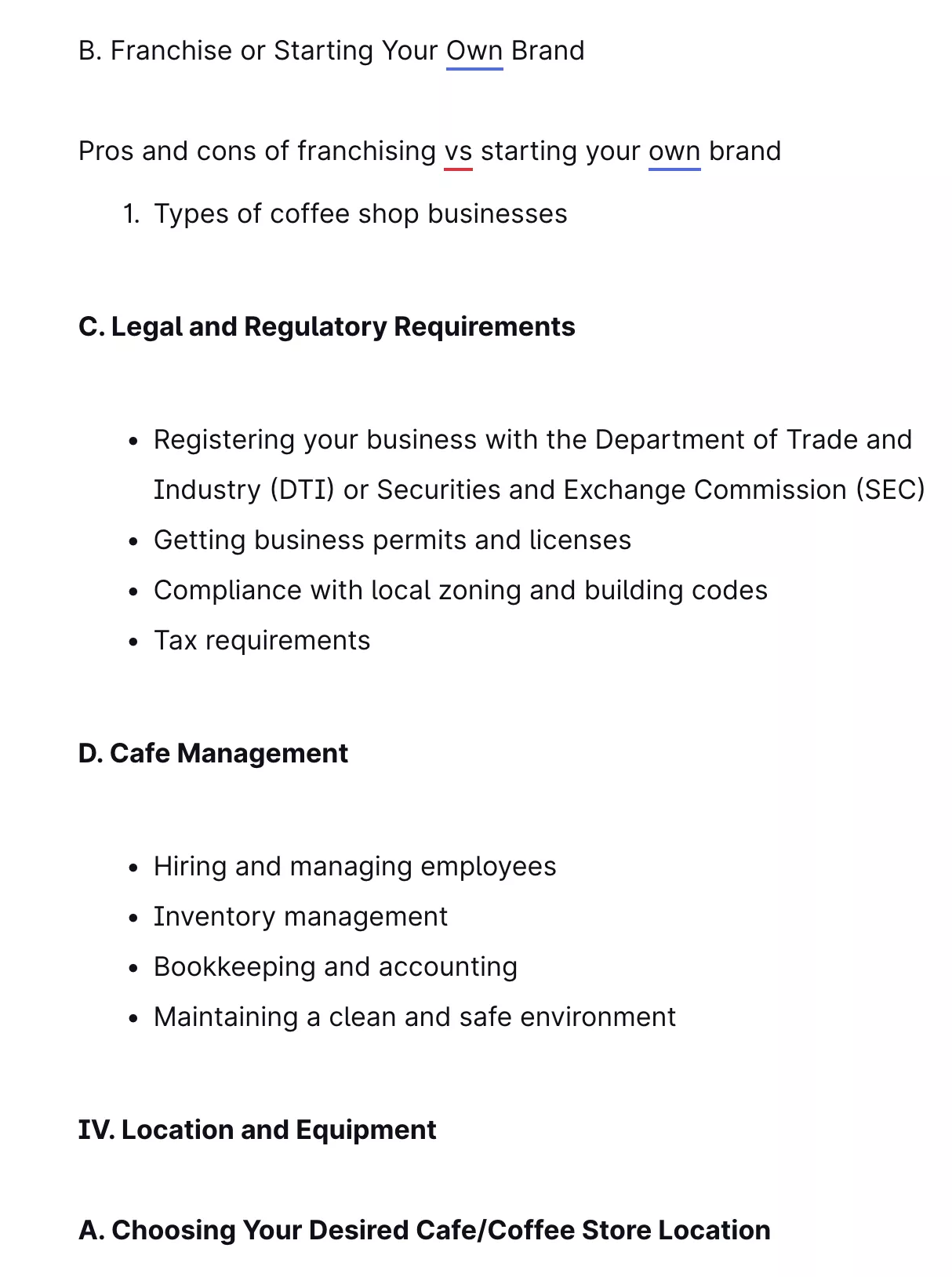
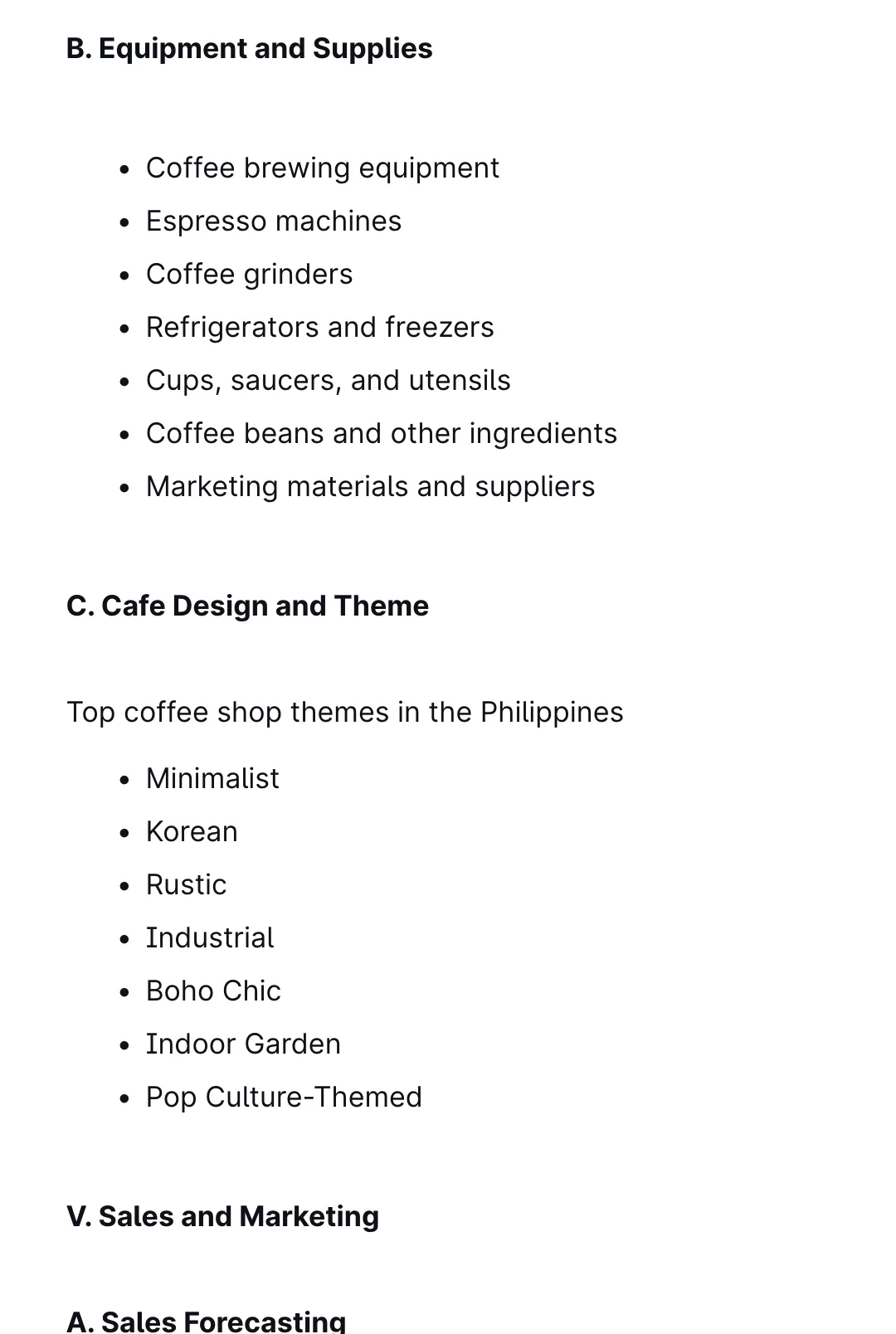
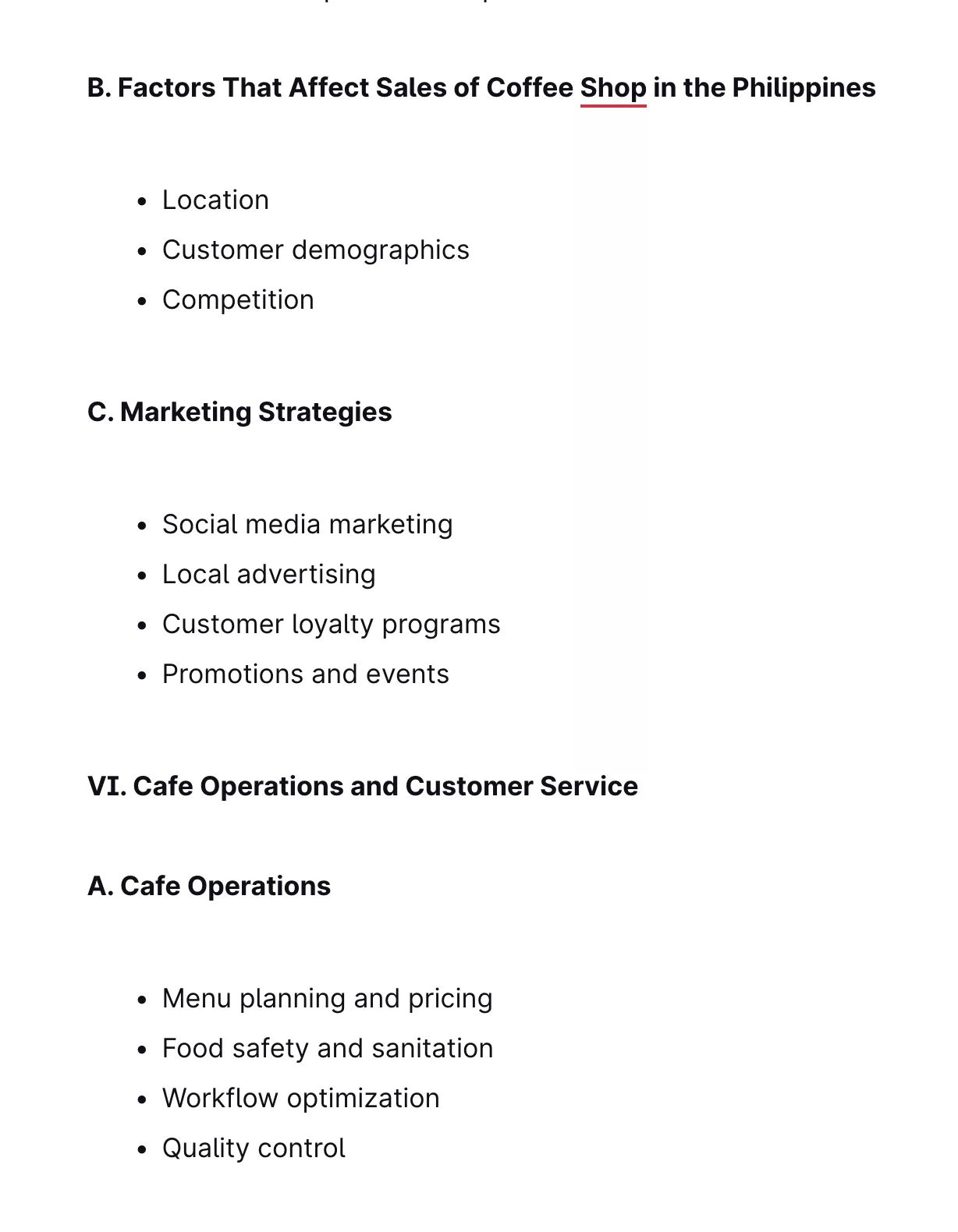
I even add unique headings missing from these articles that are useful for my readers.
You can check related searches at the bottom of the search engine results pages (SERPs) to make it more comprehensive. These are topics that Google finds relevant to the keyword you’re targeting.
Aim to achieve the average word count for the keyword by checking the top 3 ranking articles. Detailed also has an overview section for its word count.
Create a content brief with target keywords, LSI keywords, and an outline.
Recommending resources for creating content briefs:
4. Write with expertise and experience.
Establish expertise and experience in your content.
Google recognizes that users prefer to receive information from only reliable sources. In recent years, the search engine has focused on this issue with its Search Quality Evaluator Guidelines, a 150-page document used by Google’s search-qualified evaluators who are actual humans rather than an algorithm.
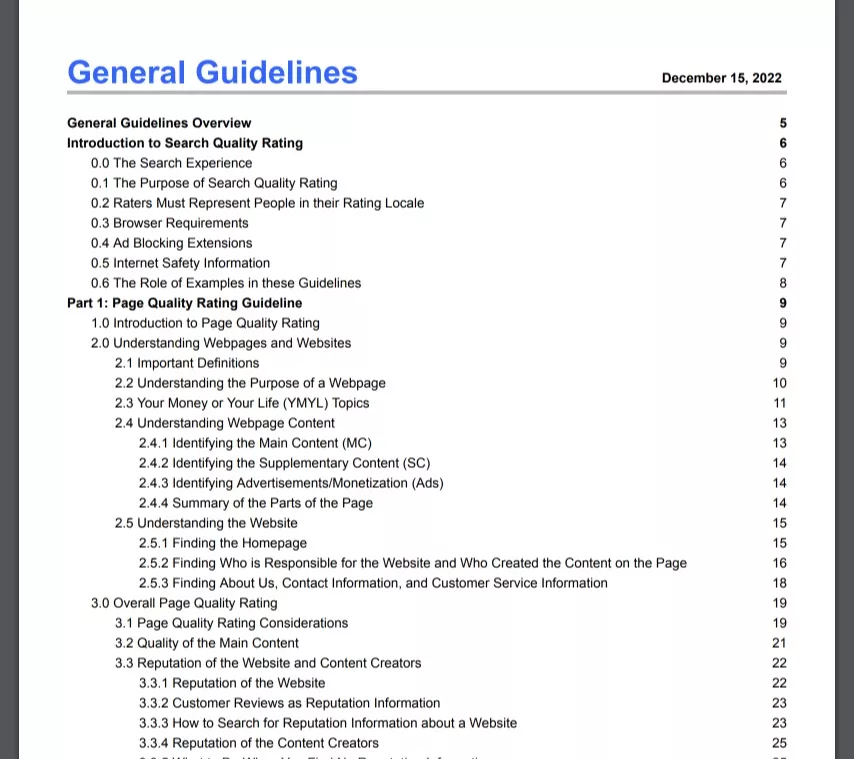
The initial step to writing content with expertise is to have a good introduction.
Hook your readers in the first lines of the page.
Give them the reason why they should be reading your content.
For instance, in my guide on how to start a coffee shop in the Philippines, I start the content with statistics proving how profitable and in-demand a coffee shop business is. This gives a primary reason for readers to read the how-to guide.
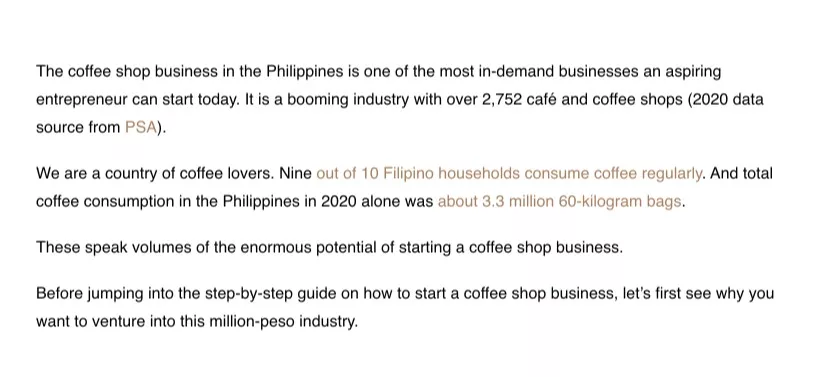
Place the value above the fold.
Here are some tips on writing introduction paragraphs from Matt Diggity:
- Match it with the searcher’s buying cycle.
- Educate with facts.
- Appeal to the emotion of fear to continue reading. (e.g., DUI cases that don’t have legal representation typically have 25% more expensive fees and license revocations of twice as long).
- Tease your article’s content about what they are about to read.
- Establish why you’re trustworthy and authority in writing about the topic.
Once you’ve written an introduction, your obvious next step is to write the meat of the content.
Essentially, we’ve included in our processes a huge percentage of the experience of the authors/writers in their SEO content, which significantly increases the credibility and ranking potential of the page.
Identify a unique differentiating angle.
See how your competitors attack their content writing. Determine a unique angle where you can bring internal expertise into your content, differentiating you from all other ranking pages.
For instance, we’ve tested products to create the “best espresso machines in the Philippines”. By testing it first-hand, we have enough information to conclude which espresso machines best fit a specific target audience (i.e., baristas, home coffee lovers, etc.).
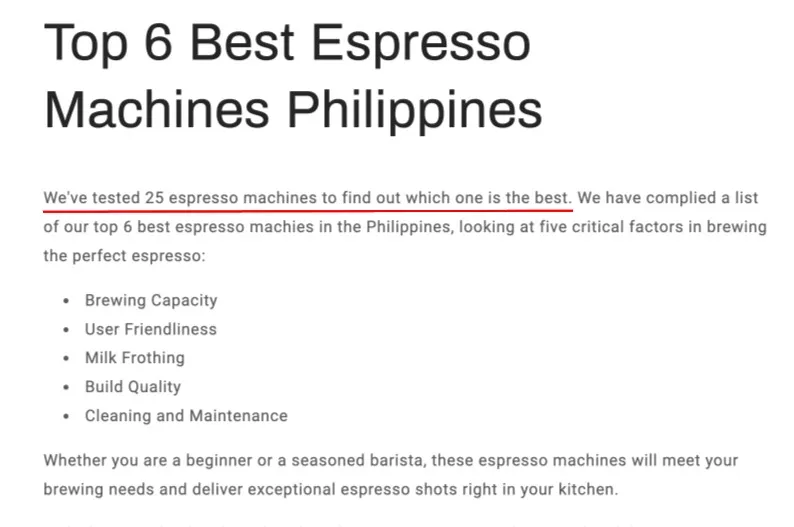
Another example is we added one recommendation of an affordable Point of Sale (POS) system for running a coffee shop business.
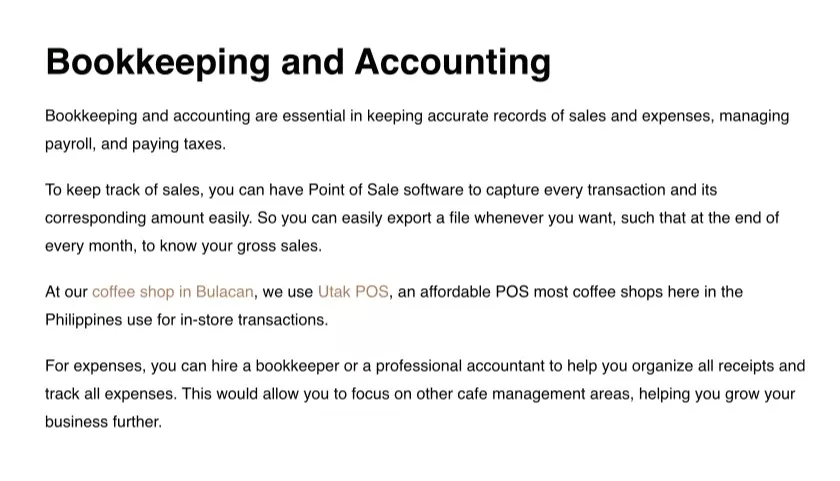
Doing it allows us to separate from all other ranking pages for the target keyword, as most have generic listings of specifications, product features, and product details. All of these can quickly be done with AI tools like ChatGPT.
Here are some more ways to input “experience” and “expertise” into your content:
- Input statistics and internal data are relevant and will highly support your topic. Make it easy for readers to understand the data by summarizing the most essential points.
- Include case studies and personal experiences as you write content—some observations, details, and actionable tips that might be helpful to your readers.
- Add offline resources that aren’t available online in your space. This gives you the unique advantage of covering important topics and points demonstrating your expertise.
Do Basic On-page SEO
You may be surprised I didn’t start with this best SEO practice. The main reason is that I don’t want you to focus much on keyword prominence.
You focus on writing the best coverage about the topic without bothering on-page SEO. After all, it is all about including the keyword in the most prominent places:
- Title tag
- Meta description
- URL slug
- H1 and H2s
- Body text
- First sentence
Add internal links and credible sources.
Internal linking is integral to SEO as it helps users navigate through your site quickly, boosting indexation and facilitating PageRank flow between pages.
Internal links can pass more link equity to destination pages, making them more capable of ranking for their target keywords.
At best, internal linking is a simple process. It links to other related web pages that are about the anchor text.
Here are some internal linking best practices:
- Include the right amount of internal links on your content, preferably one internal link for every 300 words.
- Use descriptive anchor texts to link to your destination page.
- Ensure internal links are dofollow.
- Check if you’re linking directly to a page with a 200 OK server response code. Avoid linking to 404 not found or 301/302 redirected URLs at all costs.
Aside from adding internal links, you should be linking to external resources you’ve found helpful for your readers, referencing them for a more detailed explanation of the subtopic.
Contrary to the belief that it dilutes link equity through your website when linking out to external pages, it is more advantageous to your content from an engagement perspective as you’re giving your search users as much value as possible.
Apply NLP to quick answers.
Theoretically, if you can apply natural language processing to your content, Google will be more likely to reward your content with snippets and better rankings.
Aim to optimize your content for NLP by echoing back the question, giving a direct answer, and mentioning the correct unit.
We’ve ranked our guide for featured snippets by applying NLP to every answerable question.
We review each “people also asked questions” and answer them directly in the content. We answer questions like “why is coffee shop a good business in the Philippines?” straight and with backed-up statistics.
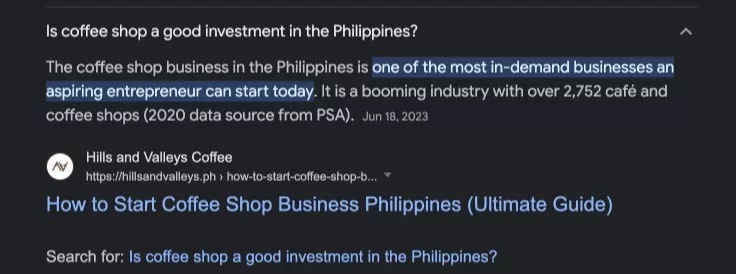
5. Fact-check and proofread everything.
After you’ve written your content, it’s time to edit and proofread everything.
Readability
Make your content easier to read and digest.
Avoid having large blocks of text. Have headings, bullet points, short paragraphs, and multimedia.
Simplify your content. Ask yourself, is your content written for an average person or someone with a technical background (i.e., a doctor)?
Most readers are average in any industry, so you need to write for them rather than for expertise unless your primary target is experts within your space.
Add images and videos to supplement your content, making it easier for readers to follow. For instance, “how-to” guides or tutorials need screenshots to show specific steps of the process.
6. Publish and promote content.
Publishing content is only 50% of SEO content writing.
Invest in getting visibility from search and social media channels to drive readers to your content.
Place in the main navigation menu
If you want to rank a newly-published product and collection page or new blog post, include it in your site’s main navigation menu. Published blog posts are best to have in a hub/learn section.
Pages in the main navigation menu are easier for Google to find and, therefore, see a boost in keyword rankings.
Add internal links from other pages.
Return to your site’s old content and include internal links to your newly published page. Do a Google search for site:[domain.com] “topic” and find any relevant blog posts you can edit to add internal links.
You can also use Ahrefs to find your best linked-to pages. These strong pages can pass robust link equity to your newly published page. Find a relevant page among them and include an internal link to your new content.
Promote via guest posts.
If you’re writing external content for other blogs (guest posts), you can build inbound links to your new content to increase its ranking power and, therefore, improve its position on Google’s search engine results pages (Google SERPs).
That’s it. Learn how to write content that ranks using the six-step process outlined above.
If you need help with writing content, see our content writing and content marketing services.
How to Improve Content Writing Skills (53 Actionable Tips)
What is content writing?
Content writing is a form of online writing that aims to convey a message targeted to an online user on one buyer's stage: viral, discover, consider and customer.
What is content?
Content is anything that adds value to the reader’s life. It could be in a form of text, image, video, audio, product, ideas and messages that can build trust and authority with your readers and customers.
Content marketing is a buzzword. You probably have read hundreds of articles on how to create and write content that can engage readers and potential customers, but at the end of your reading time, you still ask yourself, "How can I apply those content writing tips and strategies I just read?".
This guide gives you 54 actionable content writing tips you can apply today.
How to Improve Content Writing Skills (53 Actionable Tips)
1. MAXIMIZE CONTENT TIME WITH EVERNOTE
Productivity is an important element in content writing.
The more you can maximize your resources wisely, the more time you can spend on actual content drafting resulting in a better quality of content.
One way to do that is to use Evernote.
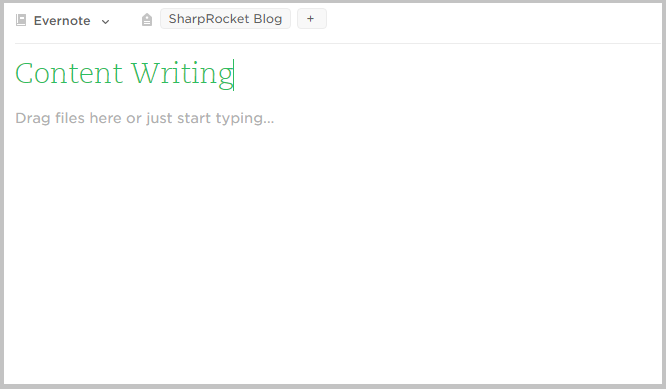
It’s a great tool that you can use to create drafts for your content.
Whether commuting to places or having informal meetings with your other team members, maximizing the tool for effective brainstorming, content outline, and drafting is a better way to maximize time than doing nothing else.
2. FOCUS YOUR TIME WITH TOGGL
Ever wonder how many words you can write every hour on average?
No?
Remember, every task that is worth doing should always be tracked. The same goes for content writing. If you can track how many hours you can write every single hour, you can also easily set goals for a content writing project. This is very helpful if you are a content writer and are getting paid hourly.
One of my favorite productivity tools is Toggl.
It’s free and has a user-friendly interface. Check out the image below – this is how I tracked my hours of outlining, getting relevant references and resources on the web, and writing the actual draft.
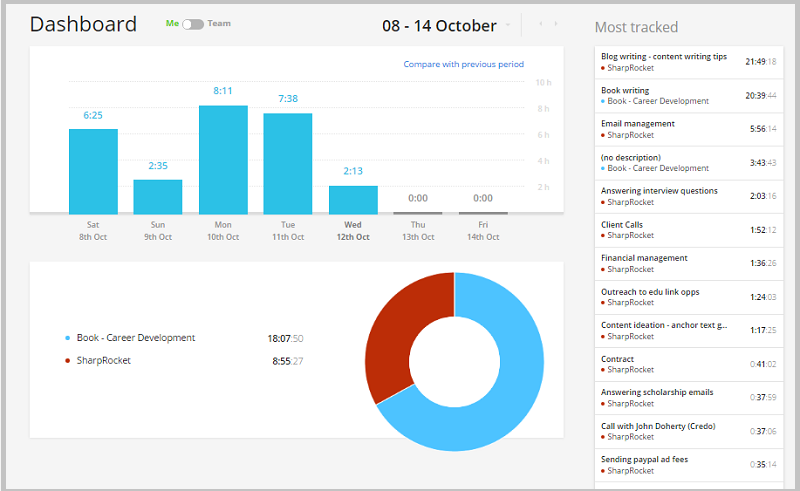
3. CAPTURE INTEREST WITH APP METHOD
Aside from writing headlines, one important skill that every marketer and blogger should be good at is engaging users in the first few sentences of the content.
The introductory part can either set the visitor's mood to continue reading it as it provides information on what the overall content will bring to the table or get him to leave the page because it doesn’t satisfy his intent.
The APP method, a copywriting method that Brian Dean popularized, makes content easily relatable.
Here’s an example of how Brian Dean implemented this method.
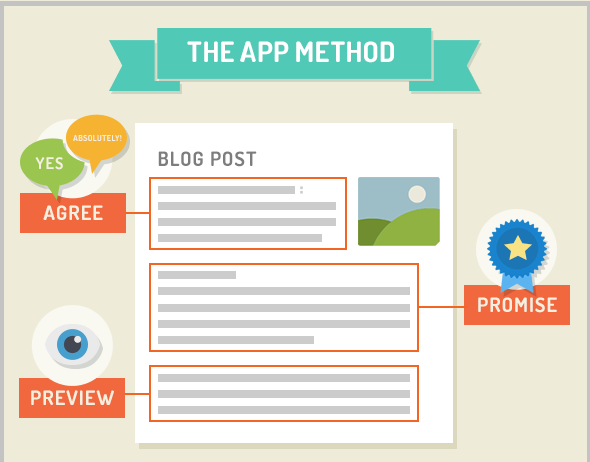
If you are struggling with writing the first paragraph of your content, try the APP method.
4. LEARN FROM COMPETITORS’ TOP PAGES
Ahrefs is web-based link research that tracks a site’s most-performing content regarding link growth and the number of social shares.
It helps you easily grasp which type of content your top competitors heavily promote and receive natural links from relevant sources. Here’s how can you do it.
STEP 1: Make a list of your competitors. If you don’t have any, ask your clients or do a Google search for your main keywords and see what brands pop up on the first page of search results.
Tip: Know if they are direct product/service-oriented or content competitors. The clue is in the keyword you choose if they are commercially based or informational.
STEP 2: Plug it into an Ahrefs tool and look at its top pages – you can click on the “best by link growth” to give you linkable assets that are continuously generating natural backlinks.
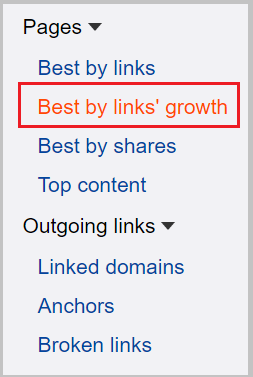
STEP 3: Generate ideas from their top pages. Note sections that can still be explained and discussed on deeper levels.
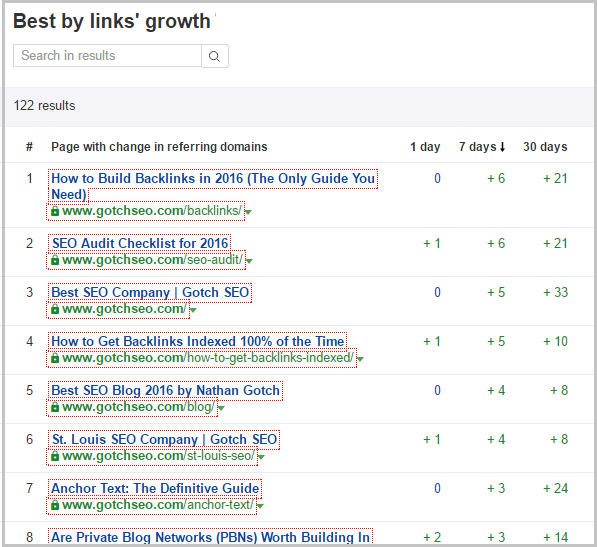
5. LEVERAGE EXPANDED GUEST POST
An expanded guest post is a coined phrase by Brian Dean that can help increase your content’s engagement and potential linking capacity by giving adapted readers a new taste of the information.
How to exactly do it?
STEP 1: Make a list of information in your industry based on the audience of your target guest blog. Provide actionable points as this type of content (how-to’s) is more repeatedly shared and linked to by other content producers.
STEP 2: Expand your points by adding more details – more so with detailed steps. This allows your target readers to apply immediately each point you have discussed.
STEP 3: Repeat this to all your distributed content – e.g. guest posts.
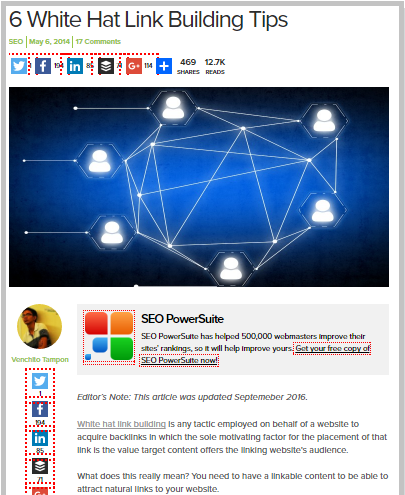
6. KNOW THE FIRST AND BEST RULE
When there are millions of content being published on the web, there is no other way to make your content stand out but to make it better than others.
The question is, how do you do it?
STEP: Type in your target keyword or your topic in Google.
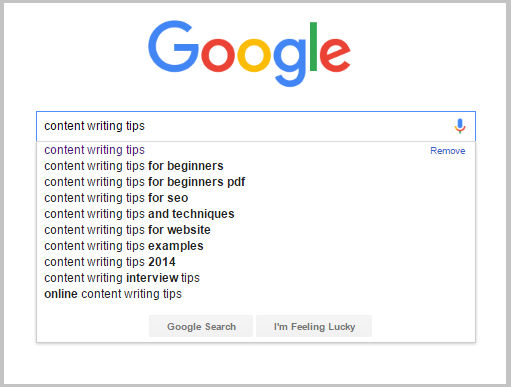
STEP 2: Read the top-ranking pages (if you don’t have much time, you can skim). Find missing points where you or your team can explain much in detail. Note these points and make a list.
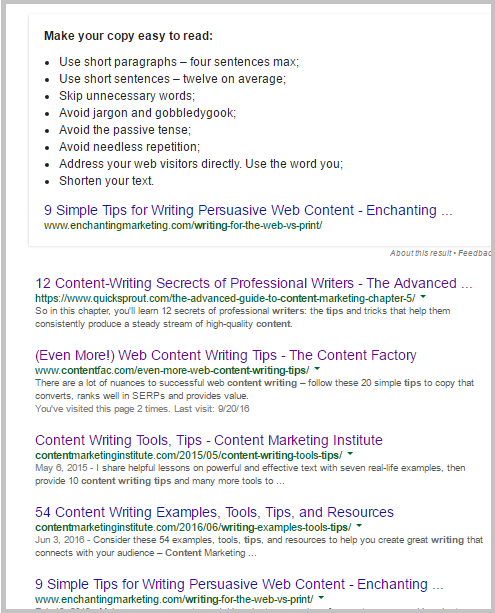
STEP 3: If other blogs don’t overly discuss your topic, i.e. there are only 2 or 3 in the ranking pages specifically covering the topic, that’s a good one you can pursue – make the content better than those 3 content assets or be the first one to comprehensively provide information on one subject if you don’t have any competing pages.
7. FOLLOW INFLUENCERS FOR CONTENT INSPIRATION
To build your content’s credibility, you must ensure your examples are real. If not based on your life stories and experiences, link to bloggers, experts, or influencers with similar references.
Start following these steps:
STEP 1: Create a public or private list of Twitter influencers/experts in your industry. Most of the time, if they are active content creators, they’d share their best secrets, experiences, and examples of their work. These are goldmines if you’re trying to look for case studies and references, EVEN IF you still don’t want to write at that moment.

STEP 2: List the latest content they’ve shared on their blog and their recent valuable Twitter posts – you might want to use them as references in future posts. You can use Notepad, or the best is Evernote, as you can easily sync it whether you’re online or offline.

STEP 3: As you write your content, return to your content references list and get what you think would be useful to add to your draft. Now, you don’t have to do Google searches to find useful resources you’ll externally link to your content.
8. GET A PROOFREADER
If you are a blogging newbie, this tip might cost you a few bucks. But if you’ve been blogging for years, one way to make sure you improve the quality of your content – is by having someone look over it (proofread and edit). Since last year, I’ve hired a freelance proofreader to check all grammatical errors in my article, whether they’ll be published on my blog or distributed to others as guest posts.
Here are a few steps to make the most of outsourcing your proofreading task.
STEP 1: Find virtual assistants who have experience with copywriting and editing. Go search in Onlinejobs.ph or Upwork for freelance copywriters, editors, or writers (some have a good background in proofreading too).
Tip: If you don’t have much time, ask your colleagues if they know someone good at editing/proofreading or go to Facebook content marketing groups.
STEP 2: Interview and hire someone you’re comfortable working with. Write an outline as to the tasks and process you wish to implement. For example, in my case, I want my editor only to add changes (still have to accept/reject) – there’s a feature in Word document for this. This can help me see my errors first before making the change so I can avoid them the next time I write the article.
STEP 3: Accept or reject changes. Put your content into your WordPress dashboard and publish it.
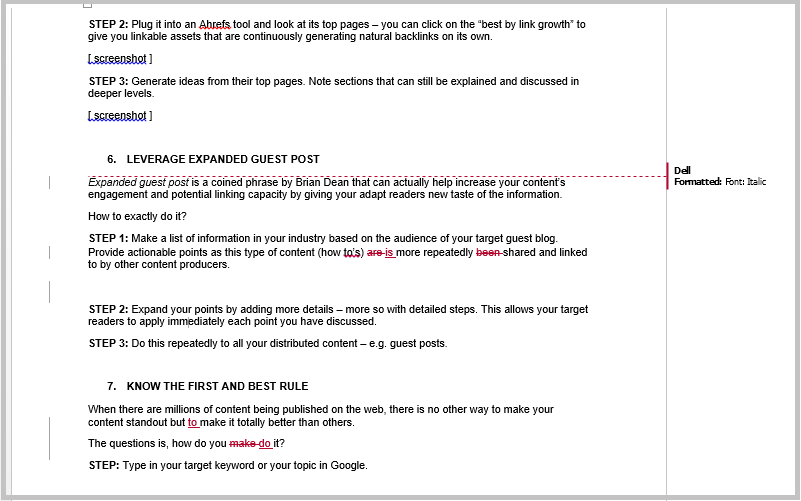
9. WRITE A SERIES TO CREATE EXCITEMENT AND ANTICIPATION
You'll probably get more new visitors when you see your Google Analytics account than returning ones. You want a higher percentage of returning visitors depending on which traffic sources you’re looking at.
What you can do to achieve that goal is to let your readers anticipate the next content you will publish on the blog. How?
STEP 1: Think of the type of content that will precede your next to-be-published content. It could be sneeze pages (learn more about it here), best of sections (e.g. Crazyegg best of content), or a series of content (one example is this content marketing tutorial of SEO Hacker).

STEP 2: Set the tone of anticipation in your next content by adding a call-to-action at the end of the post. One good example is how they let their readers know about the series and why it is something they should look forward to.
STEP 3: Promote your content series to your email subscribers and social followers.
10. USE TOOLS TO BUILD A HABIT
Distractions can get in the way easily. What we need to develop as content writers is the right focus toward the goal – finishing the writing task within the day.
If you want to be more productive daily, follow these steps:
STEP 1: Install any of these tools to break your habit of procrastination: Focus or Forest. These tools are useful to help you get into your “focus” zone.
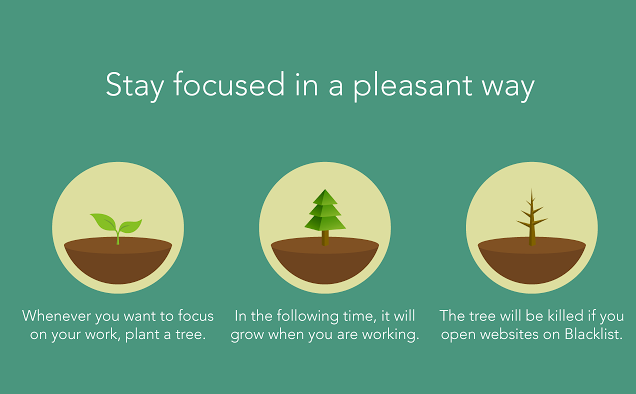
STEP 2: Be accountable for finishing your task by opening up your preferred productivity tool. The web-based product also helps you track how many hours you spend at work, on social media/leisure, etc.
STEP 3: Be determined to finish your tasks with the help of the tool.
11. CREATE CONTENT BASED ON THE BUYER’S INTENT
Success without an objective is useless. You don’t have a metric or KPI to measure your performance – making it easy to produce mediocre content.
Hundreds of businesses, whether startups or big corporations are now investing in content marketing because they’ve seen returns from their investments – particularly with brand building, brand exposure, and lead generation.
How can you create content with a business objective in mind?
STEP 1: Identify your objective as a marketer, whether you are working for an agency, client, or for your own website. Set key performance metrics (learn about this here).
STEP 2: Identify pages you have on your site and match them to the marketing funnel. Know what pages you must create to facilitate your visitors into the buyer’s journey. Sample image from Webris.
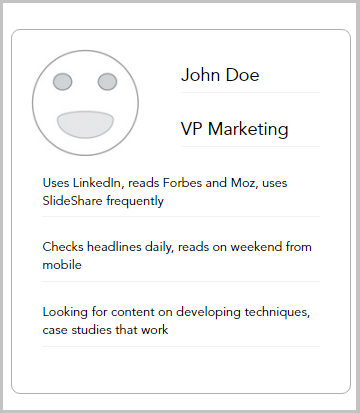
STEP 3: Create a spreadsheet that shows what buyer’s intent each target page will be targeted to. You can do your topical research first before doing this.
12. IDENTIFY YOUR AUDIENCE’S PAINS AND PROBLEMS
Informational content will best serve its audience if it solves a particular problem in the industry. If it’s something you think you haven’t implemented yet with your content marketing strategy, you can do it with these tips.
TIP 1: Find industry threads in forums and Q&A sites and look for patterns of problems and pain your content should best serve.
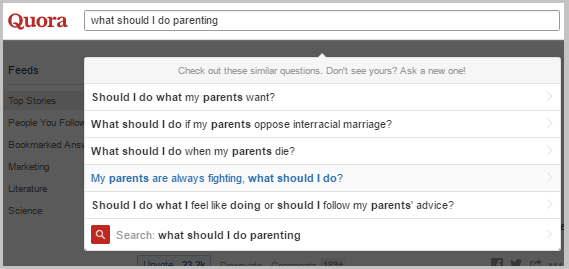
TIP 2: You can also skim through comment sections of top blogs in your niche. Some online readers happen to share their struggles by asking questions to influencers.
TIP 3: Don’t think much about keyword volume. If you target long-tail topics, you’d be surprised to get some long-tail traffic by creating content that answers a specific question.
Tip: Read this guide for reference on optimizing content for the Google answer box.
13. USE WIKIPEDIA TO FIND OLD LINKABLE CONTENT ASSET
Wikipedia pages acquire a lot of editorial links and mention from relevant blogs, making it an evergreen linkable asset when linking inbound links grow over time. Taking advantage of this by determining which Wikipedia pages relevant to your industry are evergreen linkable assets helps you brainstorm great content ideas.
Here is how you can start it out:
STEP 1: Find Wikipedia pages in your industry by using this tool or doing a Google search for site:wikipedia.org [keyword] + “dead link” (or “citation needed”)
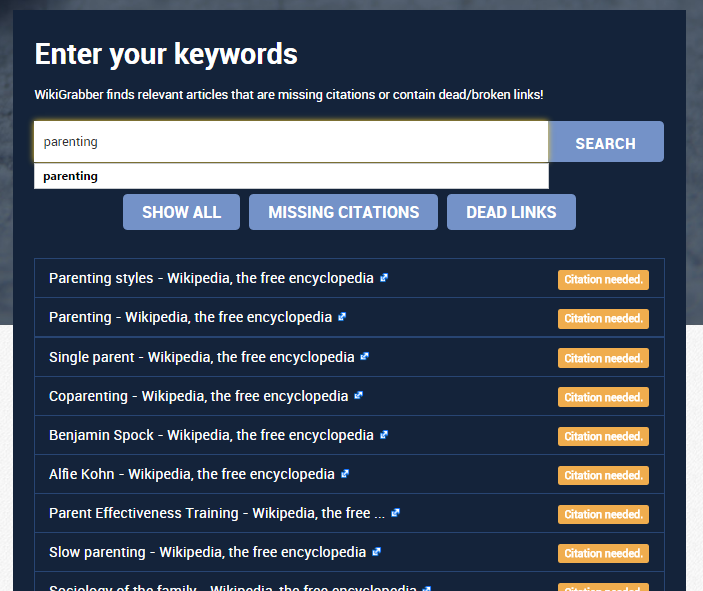
STEP 2: Determine how many referring domains are linking to each Wikipedia page to assess how linkable the topic is (~100 referring domains is a good number).
STEP 3: Create content that covers the topic of the Wikipedia page you choose. Make it as comprehensive as you can, so it’d be easy for you to nudge linking bloggers of that Wikipedia page to mention your similar content in their blog posts.
14. END YOUR CONTENT WITH AMAZING CALLS-TO-ACTION
Some content writers still haven’t utilized the power of calls to action as part of their content creation phase. It’s saddening that people aren’t signing up for an email list or even following a certain Twitter profile because there’s no call-to-action added at the end of the post.
Look at some of the best call-to-actions I’ve seen on other blogs.
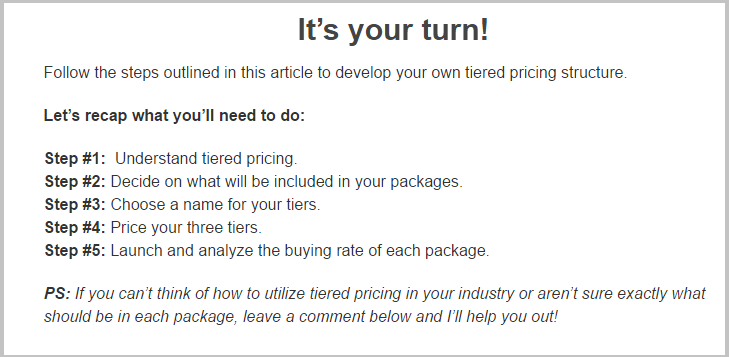
Writing a call-to-action takes only 2 to 5 minutes, so be sure to have it as you write your final draft.
15. STRUCTURE YOUR MOST IMPORTANT CONTENT WITH A YELLOW BOX
Design and user experience make a lot of difference in engaging blog readers. When they land on the page, they don’t just read your whole blog post but look at other elements that’ll make it easy for them to understand the topic. Elements like images, videos, presentations, and custom boxes give more emphasis to some of the most important parts of the content.
I’ve first seen the use of “yellow box” in Brian Dean’s post. No big thing here, but it makes it interesting that it allows specific content to be emphasized within the whole content, especially if you’re trying to write a long-form type (~2500 words).
STEP 1: You can add this code to your theme’s “functions.php” file (or “custom_functions.php”on Thesis) to create a yellow box.
function make_yellowbox($atts, $content = null) {
return '<p style="background: none repeat scroll 0 0 #ff9; clear: both; margin-bottom: 18px; overflow: hidden; border: 1px solid #e5e597; padding: 13px;">' . do_shortcode($content) . '</p>';
}
add_shortcode('yellowbox', 'make_yellowbox');
STEP 2: Once the code is added, any text wrapped inside of this shortcode below will appear in a yellow box.
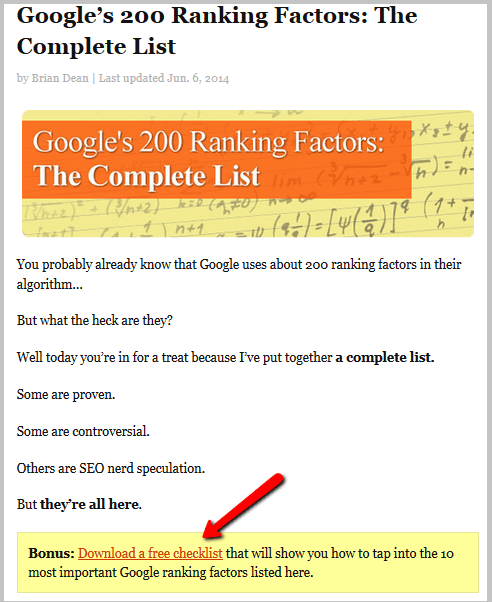
STEP 3: Emphasize your most important subtopics, quotes, features, etc.. using the yellow box feature.
16. STRATEGICALLY LINK TO YOUR INTERNAL CONTENT
As you write your initial or edit your final draft, knowing which relevant webpage you can internally link to your content is best. You can follow these simple steps if you’re a newbie blogger and want to be smart at internal linking.
STEP 1: Go to Search Console – Search Traffic – Analytics (if you haven’t connected your Google Search Console to your WordPress site yet, check out this guide).
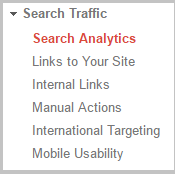
STEP 2: Find pages with high impressions and CTR but are sitting in positions 11 to 20. This is to get these pages to improve their ranking by adding new internal links.
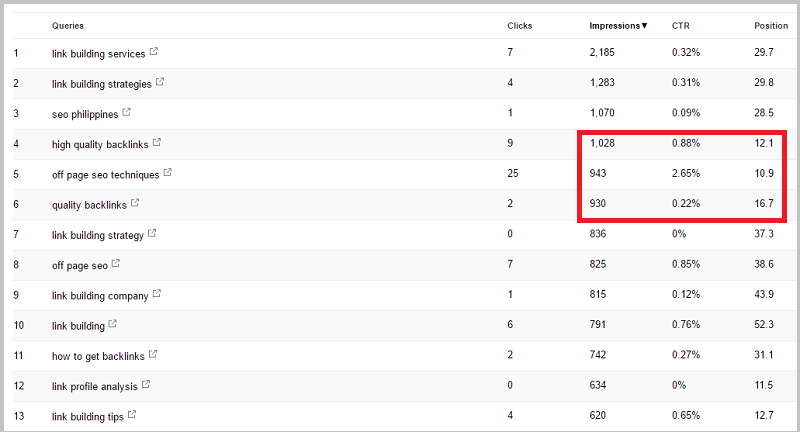
OPTIONAL: If you have thousands of pages, you can also do a Google search for site:yourdomain.com “your current topic” to find pages relevant to the content you are currently writing.
STEP 3: Link to your preferred thematically related pages from your content.
17. PUT SCHEDULES TO EACH WRITING PHASE
You’ll read most productivity articles about how to break down a huge project into small tasks. While this is very useful, something is missing here. Even if you break a huge project into smaller ones, you want to ensure you can commit to completing every small task.
The same goes for content writing. If you’ve got a huge content writing project, here’s what you can do to ensure you can publish your content on or before the deadline.
STEP 1: Break your huge content writing project into smaller tasks. For example, if you are targeting to write 5000 words in length type of content, then you can divide it into five smaller tasks (writing 1000 words at a time).
STEP 2: Set schedules to finish each small writing task. You can use free project management tools like Trello to make this possible.
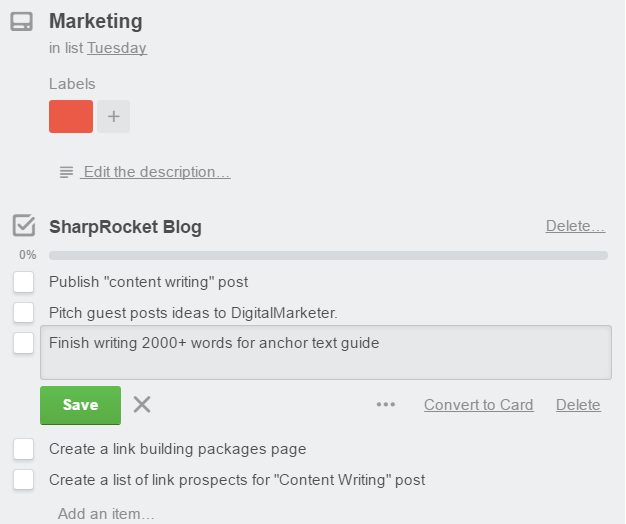
STEP 3: Don’t procrastinate. Achieve your goal daily by completing all small tasks.
18. USE MICRO SURVEY TOOLS TO GAIN VISITOR INSIGHTS
Customer insights play a vital role in content ideation. If you can identify what your customers want, it’ll be easy for you to create content that caters to their intent, specific to their levels in the buyers’ journey. One way to do that is to use a micro survey tool. Follow these steps.
STEP 1: Install Qeryz plugin in your WordPress account.
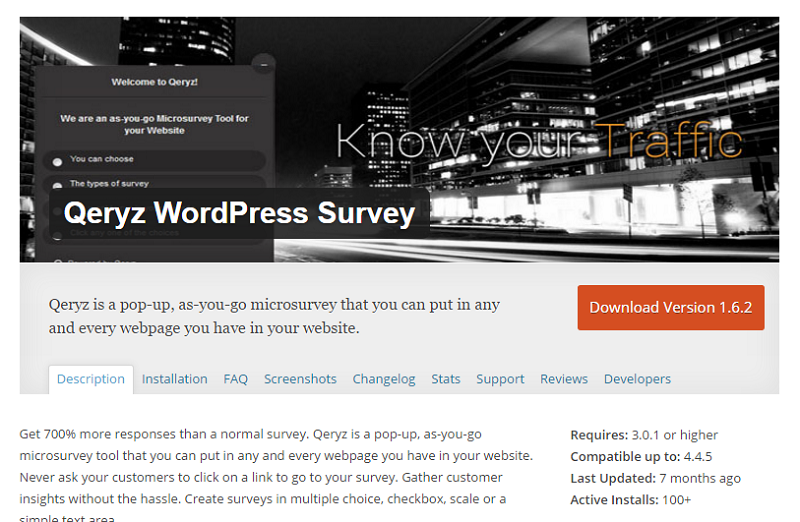
STEP 2: Gain insights using their platform. You can ask what type of SEO professional they are, then proceed to another question like what topics they’d like to read.
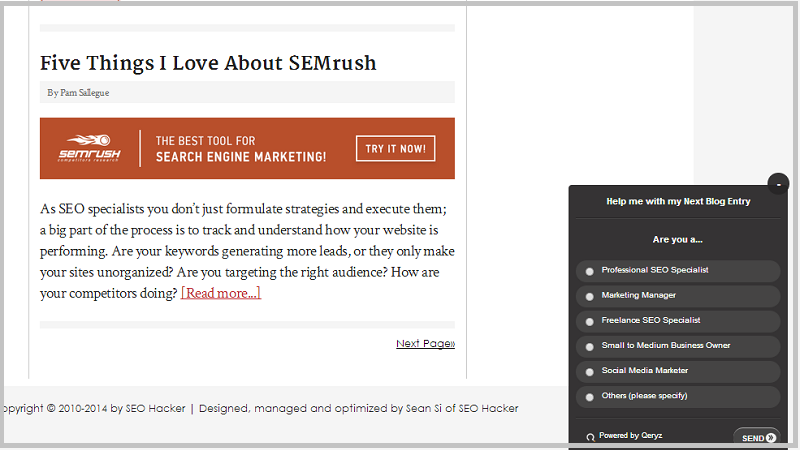
STEP 3: Create content based on your gathered insights – what content type and format they’d like to see published on your blog.
19. UNDERSTAND PROPER BLOG POST STRUCTURE
Structuring your latest article, like how you plan and build a house, is almost the same. To make a great foundation for your house, start by planning everything. Here’s how you can do it.
STEP 1: Create a list of topics, subtopics, and points you want to discuss in your article.
STEP 2: Bundle all topics together. Look at points that you can compile into one subtopic. Make sure you don’t overlap points in every subtopic you have.
STEP 3: Use this blog post structure from Zazzle Media to ensure the organization of your content.
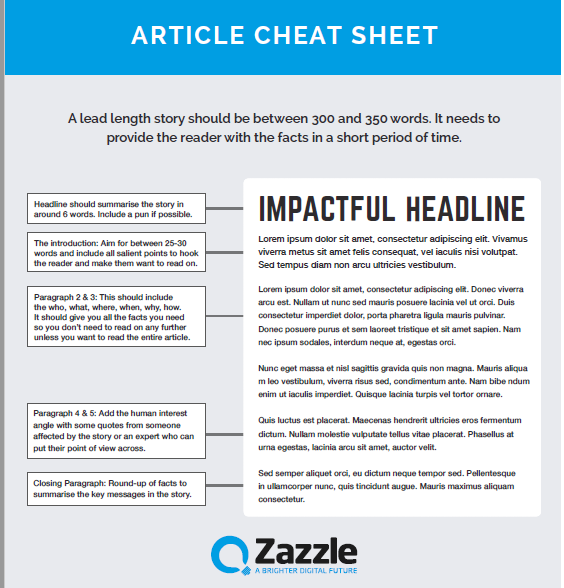
20. USE SUCCESS AND FAILURES AS YOUR CONTENT IDEA
Stories tell a lot. They’re actionable, real-life, and life-changing.
If you can share something that can teach valuable lessons from your experience within 1 year or so, use that as your next content idea.
Here is a sample from Matthew Woodward’s top blog post – How I Build a Top 100 Blog in 12 Months.
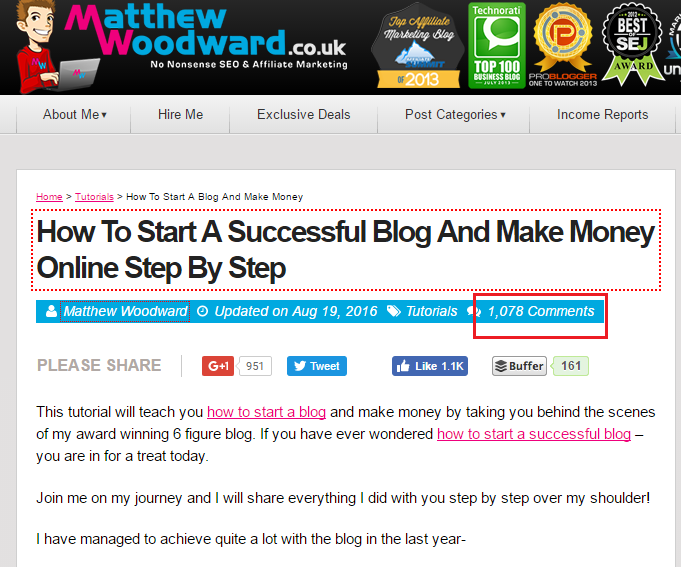
You can apply these tips to make your success and failures a great content asset.
TIP 1: If you have internal data like screenshots of month-to-month organic traffic or growth of email subscribers, include them in your content. This will increase the credibility of your page content.
TIP 2: Show results at the beginning of your post to build initial interest from your readers, especially those new to your blog.
TIP 3: Share how you accomplished your success by detailing steps to make it easy for readers to follow the process by themselves.
21. WRITE ABOUT INDUSTRY MISTAKES
In any industry, there are always mistakes to commit. For parents, it would be exchanging time at home with more work in the office. For search professionals, it would block important pages in your site’s robots.txt file. Whatever it is, there are always mistakes in your industry; you can use that as your content idea.
Start with doing a Google search for [your industry] “mistakes” or inurl:mistakes [your industry] or intitle:mistakes [your industry] to find blog pages and forums that cover that specific topic.
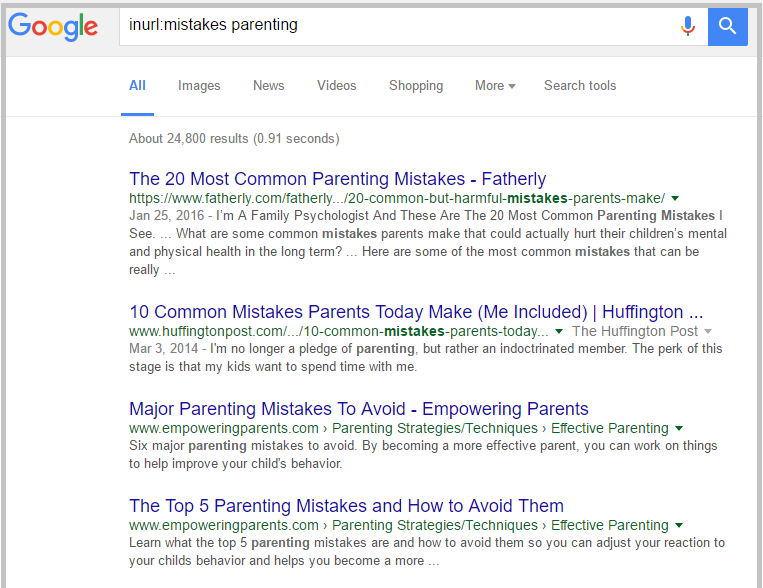
Note that in your content ideation or brainstorming tool, if it’s feasible for your writing team to discuss.
22. GET INSIGHTS FROM REDDIT AMA
Reddit is one of the top user-generated websites, where experts' insights can be best seen on its Ask Me Anything (AMA) sections. Follow these steps to generate ideas for your content.
STEP 1: Go to Reddit and search for [topic] AMA; then, you’ll see a list of AMAs recently conducted by Reddit moderators.

STEP 2: Find relevant Ask Me Anything threads and skim through each question and answer part. Consider using any insights or potential topics as your content ideas for blog posts.
23. SEE COMMENTS ON OTHER SITE’S CONTENT
I’m not talking about these examples of blog comments.
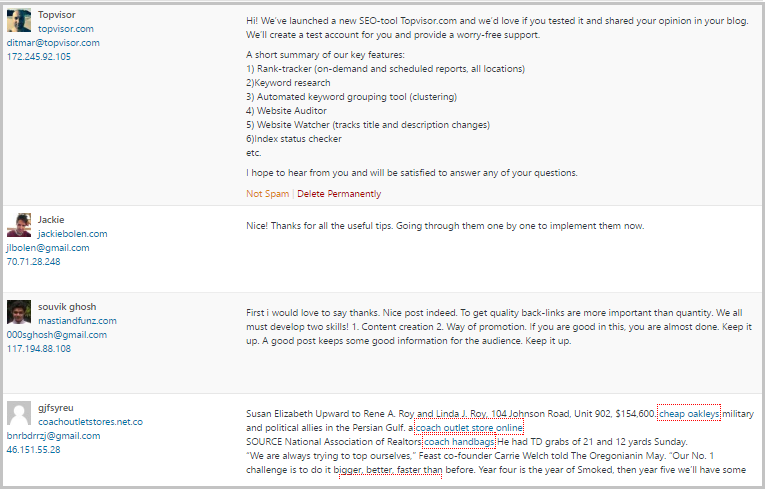
But many other valuable comments on other blogs’ content could potentially be your next content topic.
Let me give you an example. This Whiteboard Friday post by Michael King garnered a lot of comments in the SEO and link building community.

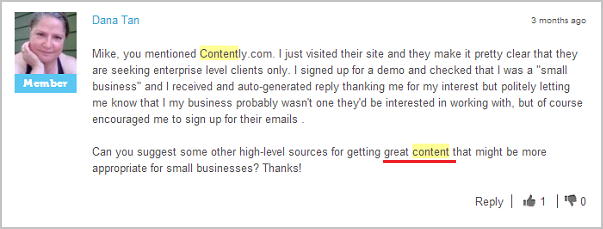
If you search for specific terms, you’ll notice some of the comments can be your potential topics for content (if you’re blogging about SEO).
Pro tip: Click the box saying, “Email me when new comments are posted,” right below the post of your target site. This will help you track if there is a new comment on the blog post. You’ll receive a WordPress email when someone comments on the post. Some blogs in your industry have this feature in their comments section, so take advantage of it.
24. SEEK INSIGHTS FROM EMAIL SUBSCRIBERS
An email newsletter is one of the most profitable sources of content ideation. Why? Given that your customers subscribe to your email list (assuming they intend to), you know they want to get more information from your brand.
Take a look at this email:
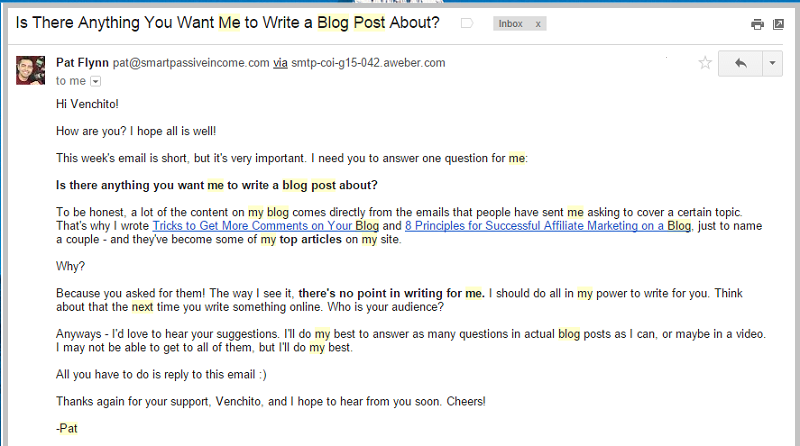
If you notice the question, it’s straightforward. “Is there anything you want me to write a blog post about?”
The next time you send emails to your subscribers, add a call-to-action at the end, asking them to give you their suggested topics to write about. If you’ve got a huge list of subs, it’s a guarantee you will get replies.
25. USE TWITTER LISTS FOR CONTENT UPDATES
One notable feature of Twitter that content marketers haven’t found worth using for their content ideation process is the Twitter list. If you can create your own Twitter list or find any public lists of influences you’ve been following for a long time, then that’s a goldmine of content topics you can take priority the most.
How to get started?
STEP 1: Check out each Twitter profile of your industry's influencer(s) or experts. They may have one or two Twitter lists that are publicly available. For example, Ross Hudgens created his own Twitter list of content inspiration. Given that we’re in the same blogging area, I can subscribe.

STEP (optional): You can create your own Twitter list featuring all influencers, preferably bloggers in your niche. Take this image below as your example. It’s my own bucket of off-page SEO, content marketing, and internet marketing bloggers. Their regular tweets inspire most of the content here at SharpRocket and Digital Philippines.
STEP 2: Check out every link they are sharing on Twitter. This can consume a lot of time, so set it aside either late in the afternoon or evening. Use Evernote to list all links to every article they’ve shared. This allows you to organize all of these resources quickly.
26. CUT OUT UNWANTED FILTERED WORDS
As a writer and blogger, one big mistake I made in the past is trying to please my readers with flattering and unnecessary words. You can relate to this, right? When starting out in blogging, you’ll find yourself adding more words that shouldn’t be added, which makes your overall content crappy as you do it all the time.
Instead of saying very, very good, you can say excellent. Instead of saying Today, I will tell you about it, say I’ll tell you about it.
Making your content as straightforward and succinct as possible is important to engage your readers better. In your next writing time, filter your words by cutting out unwanted phrases.
27. FIND FAQS IN YOUR NICHE
Google provides results for frequently asked questions with quick answers, satisfying every online user who does every search query.
In essence, if you are making a habit as a content marketer of finding FAQs and servicing each valuable question with the right answers, you are producing new types of content that can drive direct traffic by ranking 0 in Google – if you happened to be caught as a top direct answer. Check out this example. I’m getting some good traffic by ranking for this query.
How to take advantage of this?
STEP 1: Use FAQFox to find commonly asked questions in your industry. Simply do searches for any relevant keywords in the search box.
STEP 2: Pick a category to start filtering questions targeted to your industry.
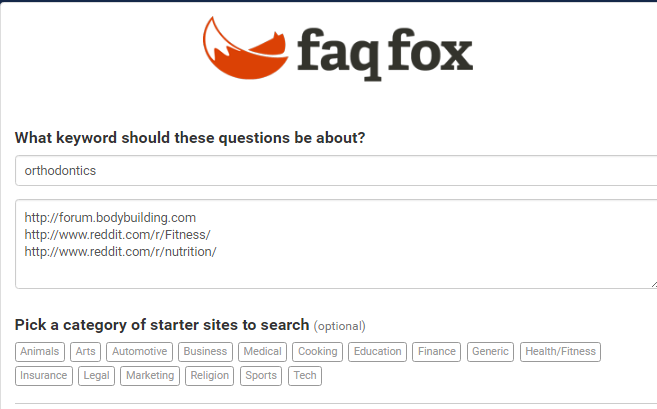
STEP 3: FAQFox will provide a list of commonly asked questions that are good considerations for your next content. Find any that will fit your blog categories and start answering them in your posts.
28. GET TRENDING TOPICS USING AHREFS
For advanced content marketers, it’s common to use Buzzsumo to find the most shared content on the web and of your competitors.
If you use Ahrefs as your primary SEO tool, maximize their content explorer features. It’s quite a recent feature that allows you to find top content with many social shares and referring linking domains.
How to maximize Ahrefs for content exploration?
STEP 1: Type in your head term or next keyword phrase in their search phrase. Choose in title in their options to only find blog posts with an exact head term in their titles.

STEP 2: Filter results based on your preferences, either all-time or a set time period, language, specific Social account share, or referring domains. Make sure to click one article per domain. Filter based on your needs.
STEP 3: Check each link in search results and identify new trending topics you can consider for content creation.

Pro tip: View each detail (click Details) for link growth (referring domains graph) and organic traffic. This allows you to see if a specific content topic is linkable in nature, as it tends to attract natural links over time.
29. FIND SIMILAR CONTENT THEMES
Analyzing your own data is helpful to get new insights as to which area of topics you should be investing your content creation in. What you can start doing now is to look at your Google Analytics account. Follow these steps to identify profitable content themes.
STEP 1: Go to Behavior – Site Content - Landing pages and set your duration period for one year or three years, depending on how long you started blogging.

STEP 2: Sort them by the number of visits and conversions to see which content asset performs well in terms of business value.
STEP 3: Find similar content themes by listing their topics in a spreadsheet and looking at patterns of content areas each is aligned to.
30. DO 6-3-5 BRAINSTORMING
If you’re having a hard time brainstorming with your team using your office’s whiteboard and pen, then you need some alternatives to use for that purpose alone.
If you’re part of an agency, each individual or content writer will have 6 rounds each to suggest any content idea for a project they’re working on (assuming it’s a collaborated content writing project).
Six people, six rounds at 5 minutes per round.
This allows each content writer to participate in the brainstorming session, not just one – the content manager who does everything.
If you’re part of a big agency or team, this tool might help you brainstorm content ideas effectively.
31. BE MORE PRODUCTIVE WITH COFFEE
Productivity matters in content writing. When you know what specific hours you can do the work more effectively, you’ll see much greater results in less time. One habit you can start now is drinking coffee if you’re allowed to do so.
Drinking coffee helps you become more productive at work, particularly in content writing, and helps you be more alert and creative by setting your mood.
In this article from Time.com, the author shared the best times to drink coffee – between 10 a.m. and noon and between 2 p.m. and 5 p.m. You can drink two or three cups of coffee within a day – it’s up to you, as long as it helps you do more content work.
32. USE HORIZONTAL THINKING FOR BRAINSTORMING
It is sad when you’re trying to come up with ideas for a client sitting in a boring or, as they say, less creative industry. Let’s say, for a plumbing niche. You can’t think of broader topics than toilets, installation, etc. You’ll move away from the general content theme even if you do.
As such, one way you can do this is to think horizontally – others say it is tangential thinking. Whatever it is, it is a process of looking at the sideways. Take a look at this example from Moz.
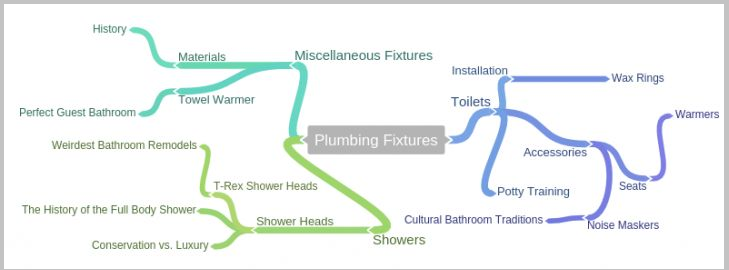
If you look at bathroom content ideas, you are only getting a small scope of audience. But if you can think laterally, consider other thematically-relevant ones like DIY and eco or environment-friendly concerns.
Did you get how this works now?
You can create a bubble chart to get started with it.
33. WRITE EXCERPTS FOR VIDEOS OR VISUAL PRESENTATIONS
Being resourceful should be every content marketer’s characteristic. Knowing what to prioritize with your list of content ideas and using what assets you already have can help you follow your content calendar – only producing high-quality content pieces.
One creative way you can do now is to collect all your existing videos, either produced internally or outside your organization. Once you have these internal content assets, choose pieces you think can be turned into blog posts. The key here is to identify if one particular video is something your existing readers/audience will care about.
Your next step is to write excerpts to be placed below the video content. You can hire someone from Upwork to do the work for you, or you can do it yourself.
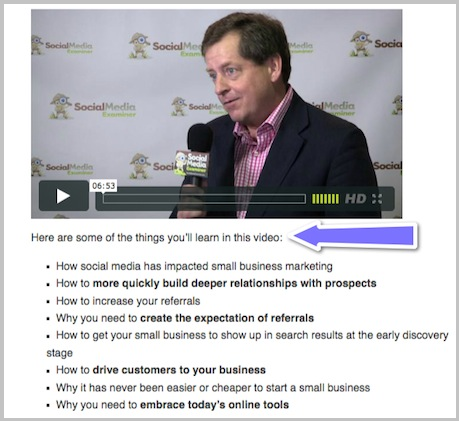
If you don’t know what content you should be producing next, start looking at your database, and see which videos you can translate into a blog post, with excerpts to preview details of the video.
34. ALIGN CONTENT TO BUSINESS GOALS
Setting business goals is essential to every business activity. You can’t put a specific KPI at your desk for your content writing or creation process without a goal first.
Now here are some quick tips to start defining business goals with your content writing process:
TIP 1: Be specific with your content creation goals. To be the best marketing agency is not a goal. It’s too broad, and there are a lot of factors before you can measure it. Below are some good examples of specific business goals.
GOAL: Rank on first pages in organic search for competitive link building terms.
SharpRocket is a newly established link building company. To be recognized as the best link building agency in the world, we need to rank highly for both commercial and informational keywords.
GOAL: Generate 200 inbound leads monthly with mid-level to large marketing budgets.
We must implement robust content creation and promotion campaigns to achieve that goal. We also want to ensure visitors from different traffic sources will convert into potential SEO clients.
These are just some of the goals that we have at SharpRocket. Knowing this will help our marketing and sales team set specific actions based on the goals set. From goal-setting, we can now set specific KPIs we need to achieve every month.
If you are an in-house content writer, it is best always to align what you write to your organization’s business goals in its digital marketing campaign. This way, you’ll be more motivated to provide the best quality content, given that you know where it’ll go.
35. CREATE YOUR AUDIENCE PROFILE OR PERSONA
When you strategize your content marketing campaign, you should never forget to create your own audience profile or persona.
It’s not rocket science. It’s very simple, and if you haven’t executed this yet for your website, you can follow these steps to get started.
STEP 1: Know your audience and be very specific with this. For example, our company targets three types of companies: SEO agencies, SEO, and digital marketing teams of big corporations and medium-sized businesses. We can create the following audience profiles using this as our starting point.

STEP 2: The next step is to know where these audiences spend most of their time online. This includes identifying what type of blog they frequently read or which forums they participate in. This isn’t just useful for content creation, but in massively promoting content to web places these audiences are familiar with.
STEP 3: The last but crucial part of creating your audience profile is to think of how you can add value to each of them. Each person has their own needs that your content should be able to address.
As you write your next content, don’t just write everything. Identify to whom your content is targeted so that you can get more results from your work based on the value provided by your content.
36. USE BLANK PAPER FLOW STATE
Writer’s block is common in content marketers, especially for newbie bloggers--though at some point, you can avoid it and make sure it’ll not happen to you all the time.
If you’re struggling with writing your introduction, take these simple steps.
STEP 1: Install Flowstate. This app allows you to write your thoughts continuously. The app deletes your work if you’ve been stuck or stopped writing for more than 5 seconds.
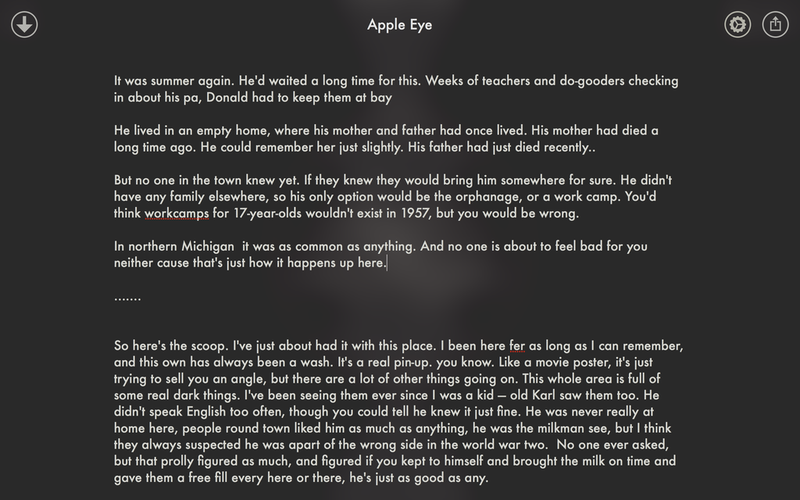
STEP 2: When you finish each part or section of your content, i.e. your introduction, copy and paste it into your Word document.
STEP 3: Use the app whenever you can’t write your first paragraph. This is a handy technique every content writer should consider.
37. MATCH HEADLINES WITH META TITLES
When people land on your page from Google search results, the first thing to consider is whether they’ll keep reading or not when they’ve found what they are looking for – user satisfaction.
I’ve seen this mistake most of the time. Bloggers tend to mislead their readers by mismatching headlines with meta titles. They’ll write the most clickbait meta-titles when their headlines and content don’t match their SERPs structure.
Don’t let this happen to your content writing campaign, as you’ll lose most of the new visitors you have on your website by misleading them with wrong information and not satisfying their intent, desires, and questions.
38. PREPARE EDITORIAL CALENDAR
As I always say in my blog posts, an organization is key to an effective content creation campaign. If you don’t take time to organize everything, you’ll miss out on some important details and make more mistakes at work.
Preparing an editorial calendar for your content marketing campaigns helps you to schedule and organize topics with deadlines attached to them. This helps you become more accountable for what you do.
Below is a sample of the editorial calendar template from Michele Linn, and you can download it here.
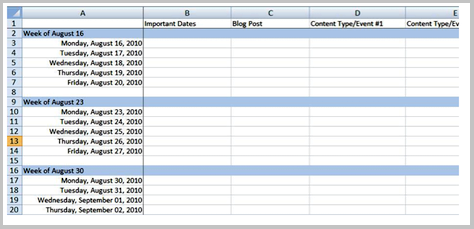
In her template, he tracks every blog post's information, such as post date, author, keywords, categories, tags, call-to-action, and status. It’s not near perfection, but the template can help you start with content execution.
39. KNOW ABOUT BLOGGING MOJO
Blogging mojo is a coined term by Darren Rowse that refers to a blogger’s motivation to produce high-quality content consistently. Consistent means, depending on the blogger's writing frequency, not just once every year but once or twice weekly.
There are many ways to get your blogging mojo back, especially if you’re being burnout by too much content work. Here are some that are most effective for us:
- Align your blogging style to your business goals. You wouldn’t worry if you’re producing quality content when you start to remind yourself about why you do it – and mostly, it boils down to providing value to your business or someone’s business – if you’re hired to write for them.
- Say the same things differently. Bloggers often stop writing because they think they always blog about the same topic. More often than not, they don’t know to find angles. You can blog about the same topic but attack its discussion differently.
- Get help from other people. If you can’t find a good blog post today, ask your email subscribers, mentors, or offline friends. You wouldn’t realize they have something to contribute to your content ideation.
40. FINISH BIG ROCKS FIRST
Top CEOs and business leaders start their day early in the morning, on average 6:30 A.M. Before distractions come, they’ll start doing the most important tasks of the day to get big wins even before the afternoon starts.
It’s interesting because content writers and bloggers might find themselves to be productive early in the morning. Depending on your work schedules, if you can try to get up early and finish the “big rocks” – your content tasks, you’ll be more efficient and effective with your content creation process.
Jeff Bullas, a popular blogger, spends his first five hours (4:30 am to 9 am) only on content writing. By finishing this big rock early in the morning, he can get most of his day growing his blog and acquiring more business value.
41. USE DOTS TO CREATE SUSPENSE
Engagement matters in content writing. If you can’t connect to your readers until the end, you’ll lose their interest at one point – leading to less time-on-page.
One technique you can employ in your regular blogging is the “dotting” technique. I always see this in Brian Dean’s Backlinko, where he uses this technique throughout his blog posts.


The dots create curiosity, keeping visitors reading until they reach the end of the content. Such a technique is much more useful for long-form content.
You can try the “dotting technique to your own blogging style and see for yourself the results of it (check your time-on-page data in Google Analytics).
42. THINK EVERGREEN
Content has lifetime value. Its lifetime value depends on how long its information provides value to its target audience.
Take a look at this, this blog post of mine in 2014 has been well-received by the content marketing and blogging community. It continuously gets new backlinks over time since more and more content marketers, especially those looking for additional references and resources, find it very useful to include in their latest blog posts.

If posts need continuous updates and changes in their context, invest in their update or revision to grow their organic traffic and build more audience around them.
43. LEVERAGE BUCKET BRIGADES
If you’ve started with SEO copywriting, I recommend you read this guide from Brian Dean. It compiles actionable copywriting techniques to help you effectively engage your readers – making them stay in your content from beginning to end.
One copywriting tactic that Brian Dean shared is the use of “bucket brigades”.
Bucket brigades or grease-slide words (its other referred phrase) are words and phrases that create a smooth flow of transitions between paragraphs and sentences. They minimize the friction of readers leaving the page and let them read the content like a greased slide.
If you’ve been an avid reader of link building blog, you’ll probably notice some of my posts have bucket brigades. Here are some examples.

You can add a few bucket brigades to your post (full list here).
The next time you write the draft of your content, try adding bucket brigades to make your readers stick to it.
44. USE PROPER FORMATTING
One overlooked factor when writing content is proper formatting. I always see this – plain content without tables, bullets, numbers, yellow boxes, etc.
There are simple and most common formatting options you can try to include in your content, such as:
- larger font sizes for quotes and headings
- underlined text for emphasis
- bullets for unordered lists
- numbers for steps to follow or lists ordered by importance
- indented paragraphs for quotes or testimonials
45. SEARCH BAR AGAIN THE SECOND TIME
Google autosuggest helps content marketers find new long-tail keywords that aren’t easily discovered using keyword research tools.
The first suggested search keywords are different from the second try.
Instead of just sticking your content ideation process with the first try suggested search phrase, try searching for Google suggested phrases the second time.
46. DON’T FORGET ABOUT GOOGLE-RELATED SEARCHES
If you are a newbie in the content marketing and SEO industry, you probably are unfamiliar with other keyword research tricks besides using the Google Keyword Planner.
Google provides suggested related searches connected to your current search query at the bottom of the search results page (SERPs).
This allows you to find other related long-tail keywords to include in your content to help Google perceive it as desirable to rank for other thematically-related phrases.
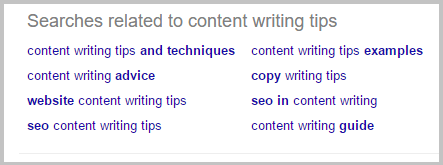
47. TRY ASTERISKS WILD CARD
If you are creating content in industries with things of different kinds and classes, like food recipes, you can take this search technique: asterisks wild card to find almost all types of things you’re trying to rank for.
Here’s one example.
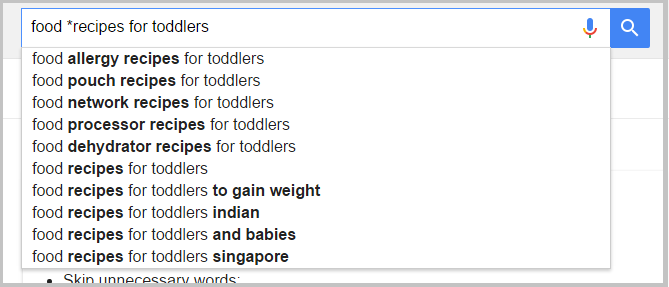
48. FIND PRODUCT ALTERNATIVES WITH VS TECHNIQUE
Decision-oriented online searchers are interested in finding products or services in an industry that will best fit their needs. Because they’re still in the decision stage, they’re looking for as many alternatives to products they’re already familiar with to assess each product or service's features and benefits. This way, they can make better buying decisions.
A Google query for product VS can reveal other brands (competitors and industry blogs) producing content on that same type – comparison type of content.
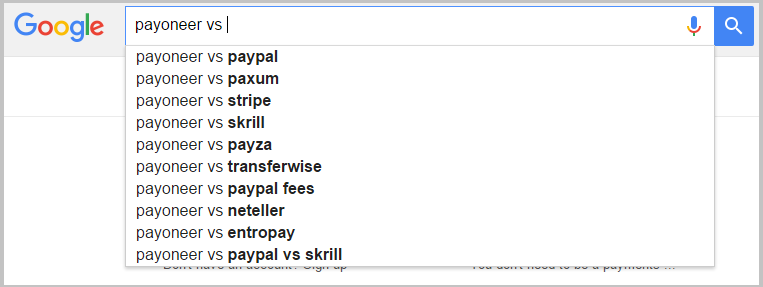
49. GET CREDIBLE SOURCES WITH FILETYPE
If you are creating robust content assets, you always have to consider the credibility of sources from which you’re getting information and data.
One way to easily find credible sources from experts, influencers, and popular brands that have secured significant case and research studies is by using the filetype:pdf research method in Google.
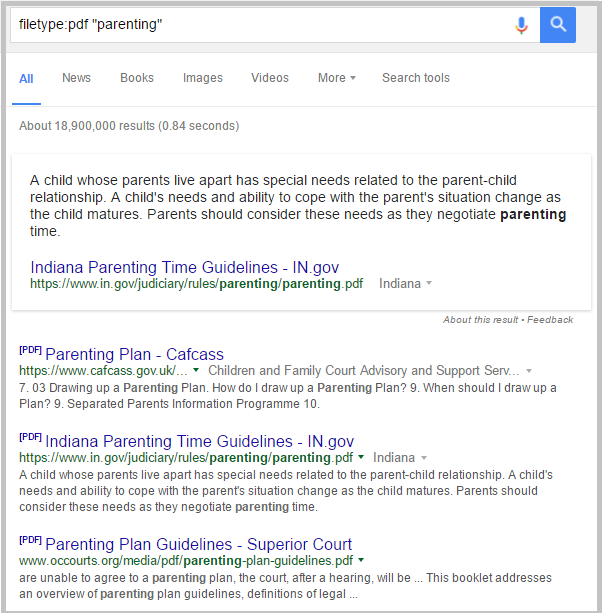
50. GAUGE TOPICS BASED ON THE COMMENTS COUNT
Typical reverse engineering has this process: find top industry blogs, plug into top link building or content tools like Buzzsumo or Ahrefs, then find which posts get tons of shares and links.
Glen Allsopp upgraded that approach by looking at the number of comments each post received as a basis for considering the topics’ high-interest rate compared to just focusing on social shares and links.
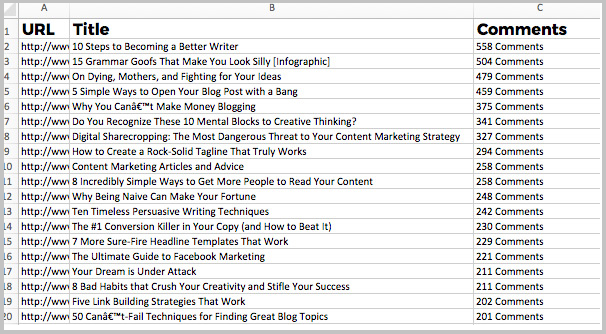
51. GET NEW INDUSTRY INSIGHTS FROM SLIDESHARE
Influencers are usually speakers in their own local communities or countries. If they have their own blogs, you’ll find them uploading their slide presentations to Slideshare and re-publishing them on their websites.
Slide presentations of influencers are top content ideation inspirations; you can take advantage by monitoring their latest speaking updates using Twitter lists or even finding the latest events in your industry. Do a Google search for [industry] seminar/conference/event [current year] so it can provide you with upcoming events as well as recaps of bloggers on a recent niche event.
52. USE CONTENT GAP ANALYSIS
I’ve been testing a scalable content ideation strategy that will get results for our clients, and this makes my top list – content gap analysis. Here’s how to start implementing this in your content marketing campaign.
STEP 1: Identify your content competitors – ones you are trying to compete for informational keywords.
STEP 2: Plug the URLs of their domains into Ahrefs together with the URL of your website.
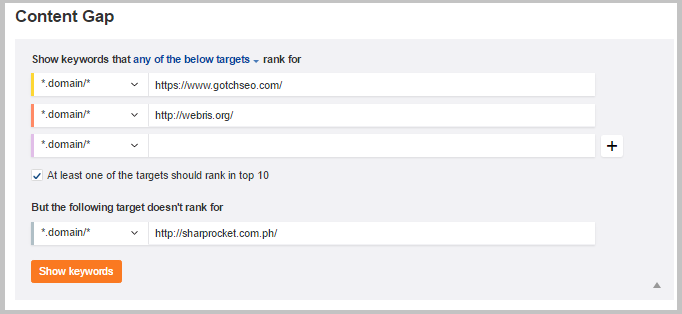
STEP 3: Export results to a CSV file, spreadsheet, or Google Docs sheet. The end result should be like this (image below). Check which keyword you can create content about with high potential to outrank your competitors.
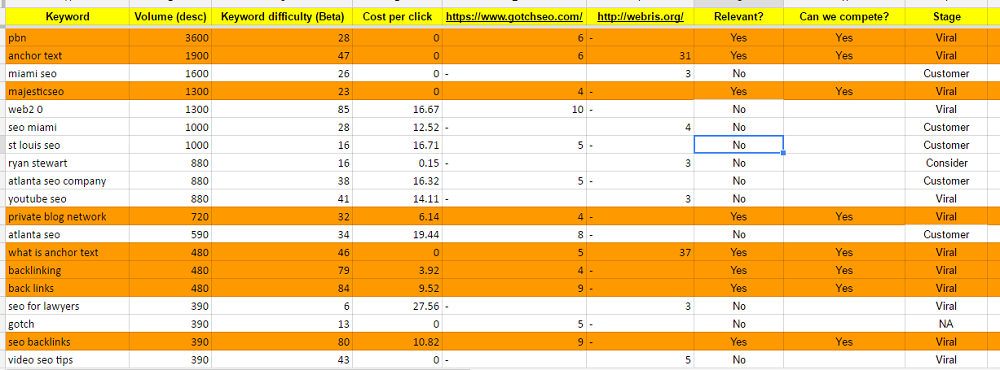
53. RESEARCH NICHE TWITTER CHATS
You will find different industry trends on Twitter alone if you are a social media enthusiast. There are hashtags plus keywords picked up by top news sites and blogs that always update their posts.
Niche Twitter chats are a content ideation source you should consider today if you’re a content writer or marketer.
These trending hashtags don’t just show up without any reason. So if you’re having a content brainstorming block in your head, try searching for industry on Twitter.
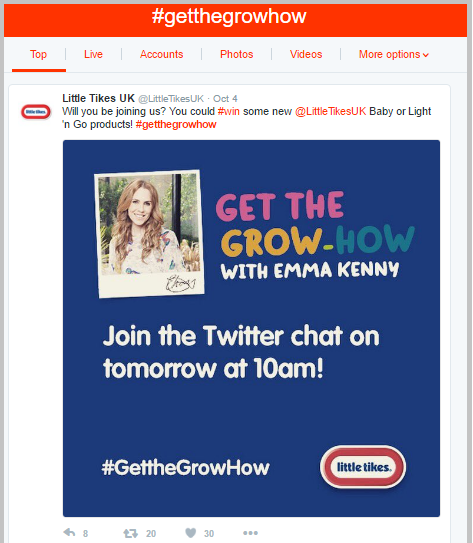
54. FIND TOP QUESTIONS ON QUORA
I’ve received many leads from Quora (see sample client inquiries below).

But aside from lead generation purposes, this top community website is also useful in generating topic ideas for well-perceived ideas.
What you can do is search for topical trends in Quora and list them down in a spreadsheet. Here is a screenshot of what I do. Though this is for content promotion, it’s one great start for content ideation. If you're doing content promotion, ensure you know how to find email addresses of your outreach targets.
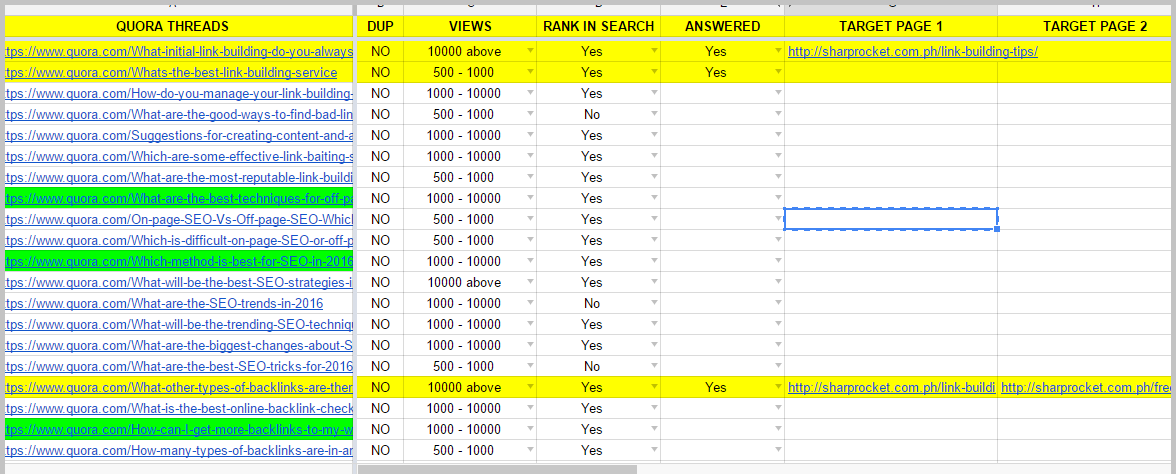
You can base your picking of topics on two things: first, rank in search – search the exact question on Google and see if they rank on the first page. The best should be on top spots 1 to 5. Second, if they are in a range of 10,000+ views or 1,000 to 10,000 views – this means that these threads are visited most of the time by community members and get pageviews from organic sources (from search).
Now It’s Your Turn…
What other content writing tips can you share?
Or maybe you have a question about implementing any of the strategies and techniques in our above list?
Either way, leave a comment quickly below.
I'll be more than happy to reply to comments and answer questions.
So if you have a question, insight, or new tactic, leave a comment right now.
How to Improve Content Writing Skills FAQs
How can I improve as a content writer?
To improve as a content writer, you can follow these 7 easy tips:
- Research your topic thoroughly.
- Use a clear and concise writing style.
- Create engaging and relevant content.
- Proofread and edit your work carefully.
- Incorporate keywords naturally.
- Use headings and subheadings to organize your content.
- Write regularly to practice and refine your skills.
Implementing these tips can enhance your content writing abilities and produce high-quality work.
How can I practice content writing?
To practice content writing, try these 6 top exercises, which are guaranteed to improve your skills:
- Embrace writing prompts
- Create a blog,
- Analyze and learn from successful content
- Experiment with different styles
- Collaborate with others
- Practice regularly.
These exercises will help you develop your writing abilities and become a better content writer.
What is content writing basics?
Content writing basics encompass creating, editing, and publishing digital content, such as blog posts, videos, ebooks, and social media copy. Professionals can effectively engage and educate their target audience by understanding the fundamental principles and techniques of content writing.
How do I train myself as a content writer?
To improve as a content writer, it's crucial to train yourself. Develop your skills by reading widely, studying grammar rules, and practicing writing regularly. Take courses or join writing communities for support and feedback. Additionally, stay updated on industry trends and learn from successful writers. Investing time and effort into honing your craft will help you become a better content writer.
How do I start freelance content writing?
To start freelance content writing, first, build a portfolio showcasing your writing skills and expertise. Next, create profiles on freelancing platforms and start bidding on relevant projects. Additionally, network with other freelancers and industry professionals to find potential clients. Finally, continuously enhance your skills and stay updated with industry trends for better opportunities.
Is content writing a tough job?
Content writing can be challenging, especially when searching for fresh topics that engage niche audiences or cover advanced subjects. As a content writer, you may face difficulty generating interesting ideas or deciding on new angles. However, organizing research and brainstorming sessions can help overcome these challenges and create compelling content.
Skyscraper Technique Link Building For SEO
The "skyscraper technique" by Brian Dean of Backlinko has reached its peak popularity because of its easy-to-follow process. Yet, it has produced effective results for most people who executed the methodology.
Of course, not all have reaped the fruits of their labor. Some have missed the objective of building and earning organic links through their skyscraper content (as well as ranking for keywords/search terms that might impact their overall campaign).
Here are reasons listed by Ross Hudgens why the Skyscraper technique may not be working (or can fail):
- Assuming skyscraper content (10x content) is an output of volume, not quality.
- Assuming content's ranking performance on search is solely based on its own quality, not who it comes from.
- Quality of content is realized by the volume of effort put into the creation, not by the value it provides to its users (e.g. definition of terms queries requires mediocre yet succinct content, not bigger content piece, to satisfy its users).
The aforementioned reasons do not disprove the effectiveness of the "skyscraper technique".
With proper strategy and thorough execution of each process phase, I guarantee you can hit your business objectives with the skyscraper strategy.
In this post, I'll share samples of my workflow and thought process - from content writing and production to the extensive content promotion of skyscraper content.
How to Use Skyscraper Technique?
Here are four simple steps to use the skyscraper technique by Brian Dean to get more backlinks to your website:
- Start by identifying frequently-searched topics.
- Ensure that there are many pages to link to ranking pages.
- Strategize how to outcompete link-worthy content
- Pitch linkers and influencers
1. Start by identifying frequently-searched topics.
Use keyword research tools (like Ahrefs' keyword explorer) to find topic phrases that have substantial search volume. The data should answer the question, "Are there enough people looking for the topic?".
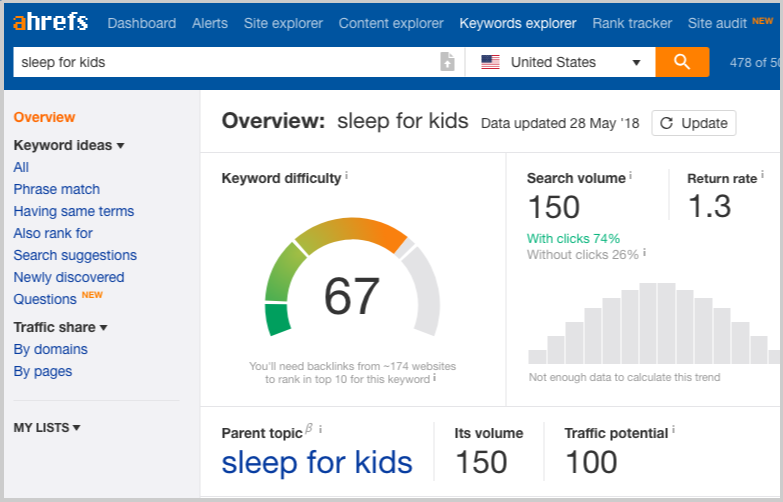
Continue doing your research by looking for keyword variations. These keyword variations can help expand your content's reach when included in your content piece (as they can help your page rank for secondary keywords and other long-phrase keyword variations).
AutoSuggest and Related Search Phrases (located below every search engine results page - SERPs) are handy features of Google that can help you find keyword variations of search terms.
Tip: You can use Ahrefs' Questions feature to discover related questions (which you can later select and include those you can answer in your content asset).
2. Ensure that there are a substantial amount of pages to link to ranking pages.
Get an idea of the linkability of the topic by looking at the first few pages of search results. See how many linking opportunities each page obtains (with Moz, you can glance at it quickly).
3. Strategize how to outcompete link-worthy content
During this point of the process, you can choose to proceed in either of these two directions:
- Create the content on the linkable topic and make it better than the first ranking pages for the target keyword/phrase.
- Choose one among the ranking pages, check if you can feasibly do better than it, and produce a more comprehensive content piece.
Whether you choose option 1 or 2, the mindset should be by the original Skyscraper process: find link-worthy content, make something even better, and reach out to the right people.
For this case study, I choose option 2.
I've found one niche website that ranked for the key phrase, "sleep for kids," - which is a microsite of an industry organization, the National Sleep Foundation.
When we reviewed the website, it only had 50~ indexed pages. Not all of these pages have valuable information about the main subject area (a content gap we can fill in the industry).
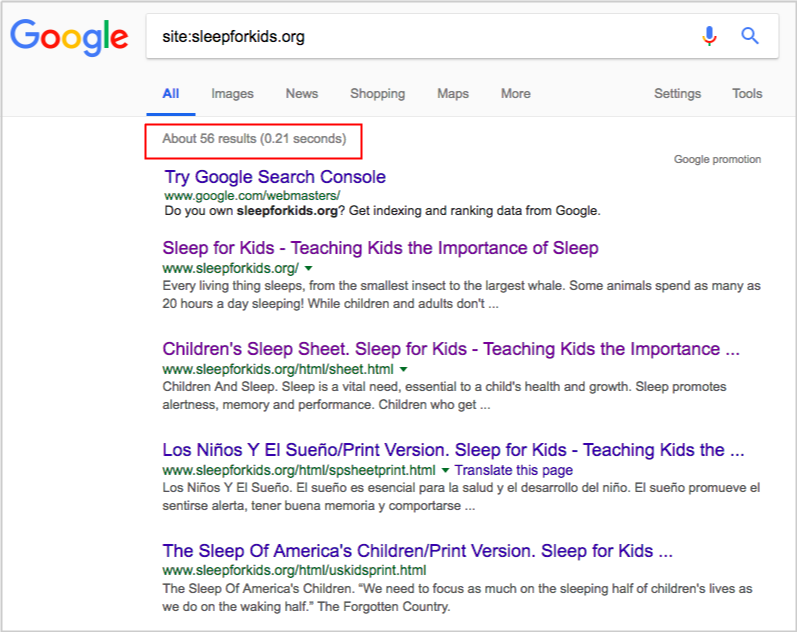
This leads us to choose this website as our starting point for creating the 10x content.
This opportunity of discovering a topic-focused site rarely happens - but if you've found one, it is best to consider the following things:
- How long does the site hasn't been updated?
- How many pages does the entire website have? Are they all under the same subject area?
- Are there any important topics not yet included that you can cover on your own content asset?
Strategize how to outdo the link-worthy content by creating an outline to visualize the outcome of your own content piece.
Ensure you look for important points not mentioned in their content. You can use Quora and Reddit to spot frequently-asked questions and cross-check them with their content (to see if those topics have been integrated).
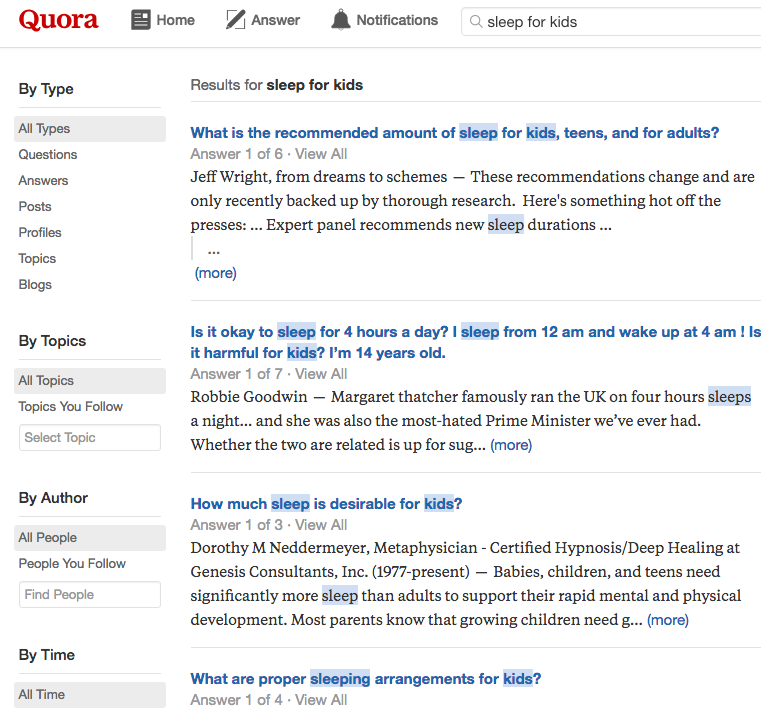
Increase chances of ranking your content piece in search by optimizing it for other secondary keywords that your competitors have included in their content.
You can use Cognitive Content Assistant tool to identify the exact keywords your content is missing and keywords you should use more often or less (in the case of keyword stuffing). Their Content Performance metric shows how likely your content is to be ranked higher.
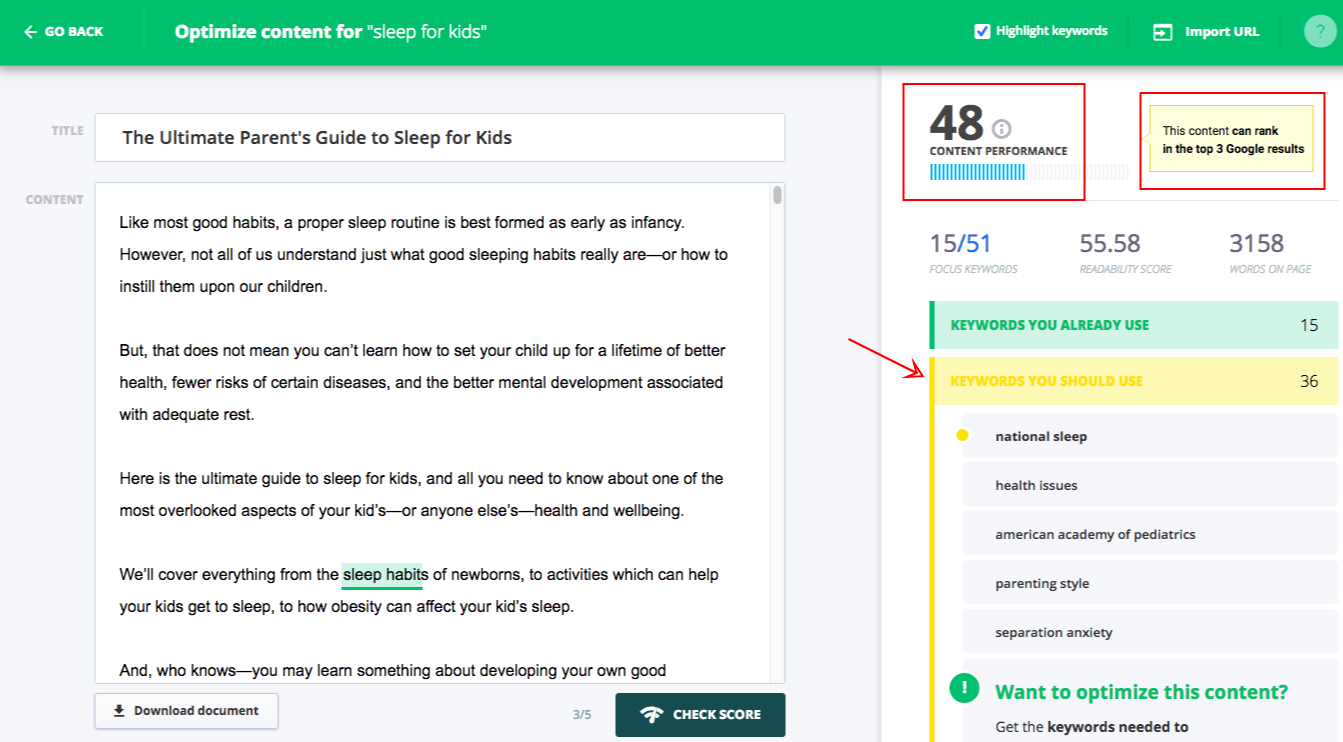
Moreover, incorporate any of the following content formats better to enhance the utility of your own content piece:
- Visual asset (turn interesting data points into a remarkable image)
- Case studies of your own (or of other entities/personalities you've asked permission to share on your own website)
- Audio or videos that better explain important points of your subject
- Interactive tools or elements to improve content consumption
For example, we heavily invest in infographics for our client's content assets only if data points are more valuable to present visually.
For example, the question found on Ahrefs' Questions feature (how much sleep for kids) can be best answered by gathering data points and turning them into infographics.
You can easily these other content formats to other sites or leverage them as guest blogging content (see guestographics).
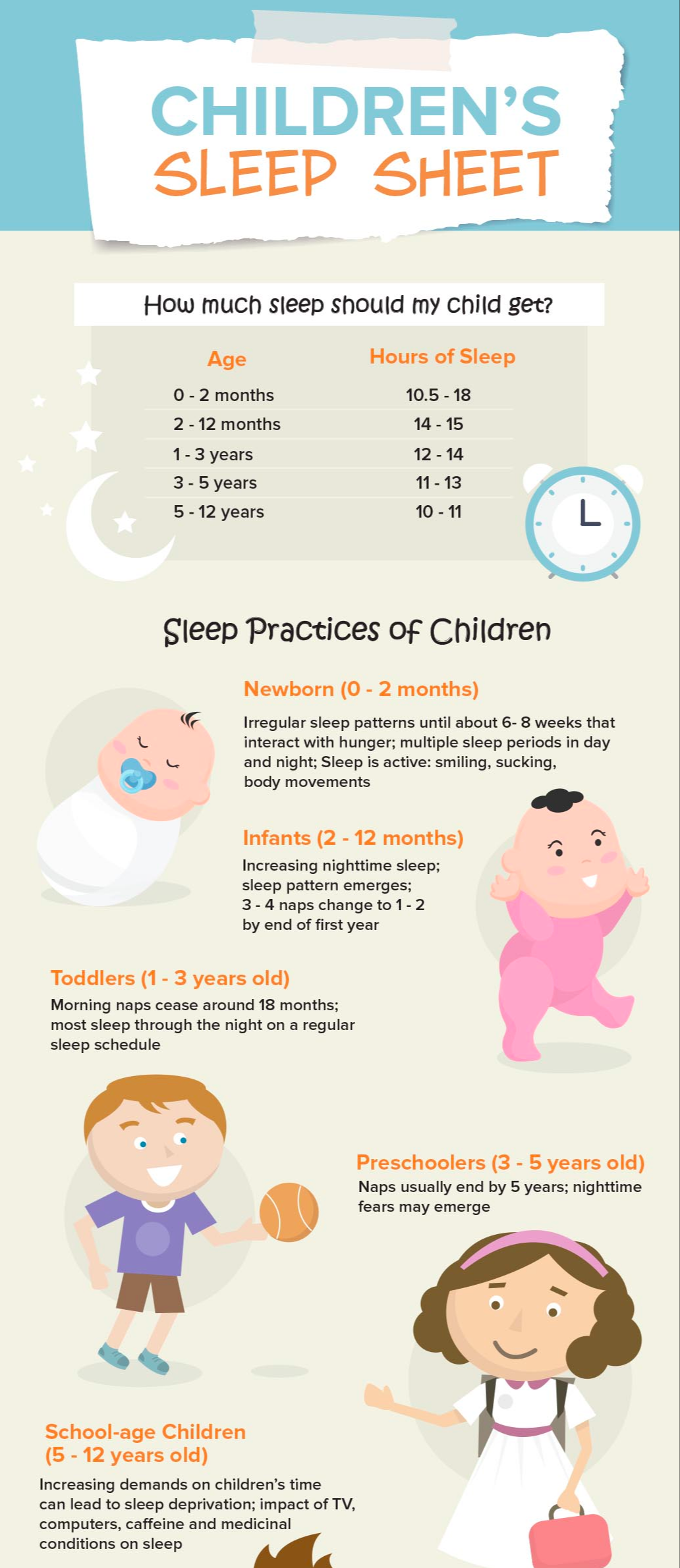
Overall, invest in making your content asset more valuable than your target link-worthy content (and other competitors' content).
4. Pitch linkers and influencers
Start reaching out to people who've linked to your competitors' content.
Invest time in crafting catchy and effective email subject lines to increase your outreach campaigns' open rate (as well as response rate). Here are some useful tips by Giselle Navaro (from her latest outreach article on SearchEngineLand).
1. Be specific about the format of your content

2. Mention the site when it matters
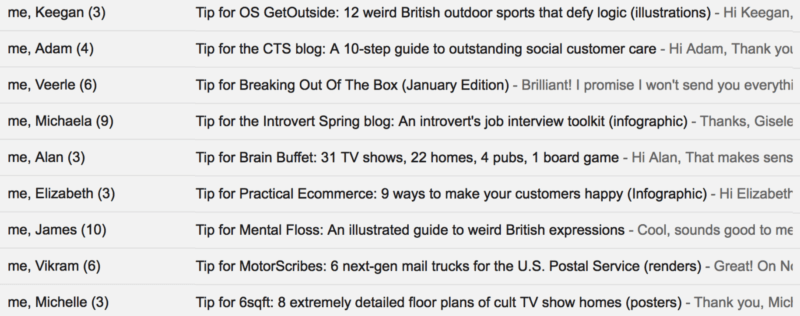
3. Convey the email's purpose.
4. Pitch your content to journalists in their language
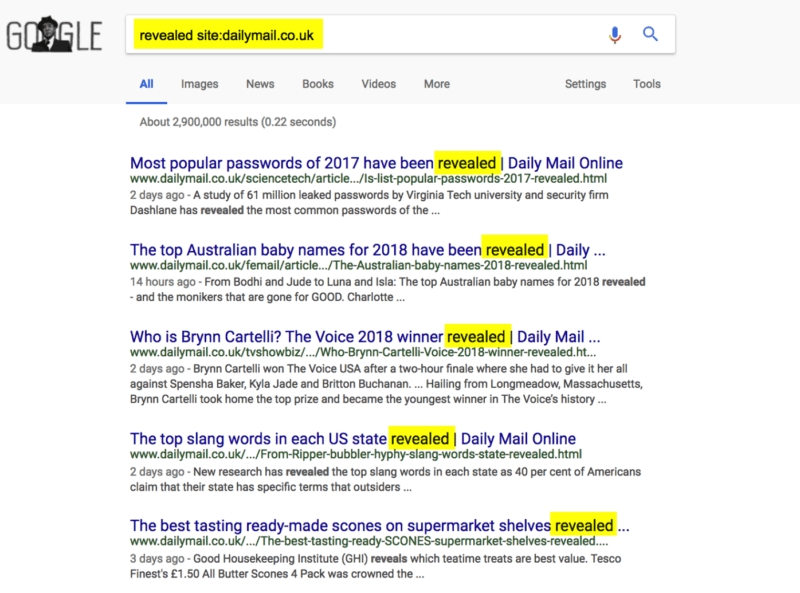
5. Choose a journalist’s headline as your subject line when following up
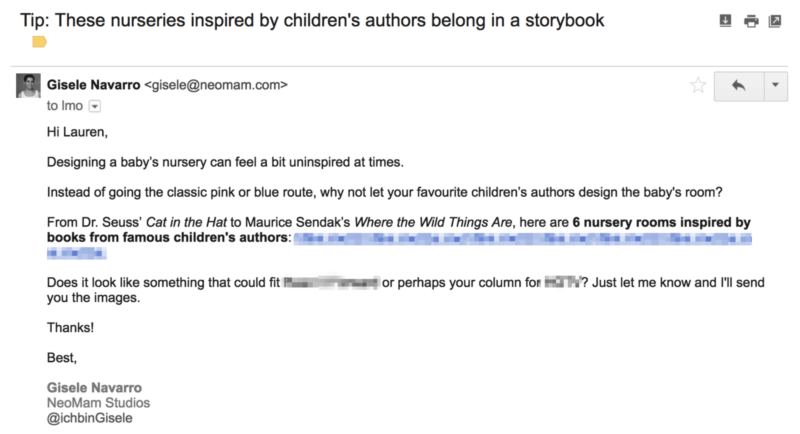
If it's a resource page you're trying to get links from. You can approach outreach by suggesting your content to reference their links page.
Another value proposition to make is to tell them about any broken links on their resource page (if you've found any) and propose your content piece alongside non-competitor content as replacements for their defunct links.
This outreach activity is included in another link acquisition process. Read our broken link building guide here with easy steps to follow.
Outreach Process in Action
Going back to our case study - sleep for kids guide, we've reached out to .edu librarians, other link curators, and webmasters who have linked to the competitor's content.


We further looked for other industry bloggers interested in including our visual asset to compliment their existing articles' content.
Then, acquire high-quality links:
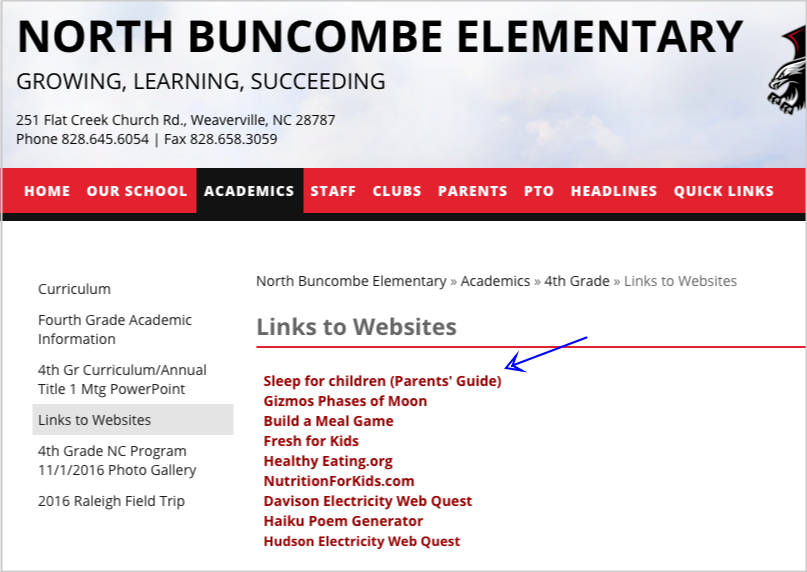
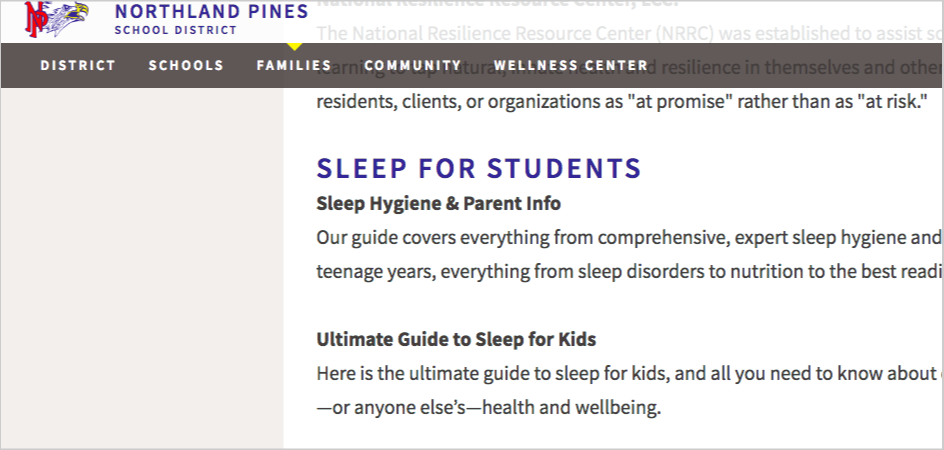
Securing links from these sites is only the first step. The relationships built with these webmasters can later translate to add relevant links to your other future content assets.
Need help with your skyscraper campaigns? Check out our link building services
Skyscraper Technique Link Building For SEO
What is the skyscraper technique in SEO?
The Skyscraper Technique is a renowned SEO strategy that enhances high-performing content and replicates its backlinks. Brian Dean coined the term because he believed people are naturally drawn to superior quality. This technique aims to drive more organic traffic and improve search engine rankings.
Does the skyscraper technique still work?
Yes, the skyscraper technique still works well in digital marketing. However, achieving success requires more than just a simple answer. To generate results in 2023, follow the tips I shared above to explore how to implement the technique effectively and provide valuable insights into its workings.
What is the skyscraper growing method?
The Skyscraper Technique is a popular link building strategy where you improve existing high-performing content and acquire similar backlinks to boost website traffic. It involves creating exceptional content, conducting competitor analysis, and contacting relevant websites for link building opportunities. Implementing this technique can enhance your SEO efforts and attract more organic traffic to your website.
What is the skyscraper technique in content writing?
The skyscraper technique is a content writing strategy with SEO in mind that involves creating high-quality, valuable content and reaching out to websites linked to similar but less comprehensive content. Offering a better version of the content increases the likelihood of them linking to your page instead. This technique is effective for link building and boosting your website's search engine rankings.
Topical Relevance For SEO
If you've landed on this blog post, chances are you're already familiar with the term "SEO" and the various factors that can impact your website's ranking in search engine results pages (SERPs).
One of the most important things to consider when trying to improve your website's SEO is topical relevance. But what exactly is topical relevance, and how can you make sure your website has it?
What is a topical relevance?
Topical relevance, in SEO, defines how well a website aligns with a specific keyword or subject. It helps search engines determine a site's authority on that topic, leading to better rankings. This process evaluates the content and relevancy of a site to ensure its pages are ranked appropriately based on their topical authority and keywords used. Ensure your website showcases strong topical relevance for improved SEO performance.
Several factors can impact your website's topical relevance, including:
- The content on your website (including the topics you write about and the keywords you use)
- The structure of your website (including your navigation and how your pages are linked together)
- The external signals pointing to your website (including backlinks and social signals)
Why Is Topical Relevance Important?
There are several reasons why topical relevance is important for SEO.
For one, it can help you rank for your target keywords. If your website is highly relevant to your target keyword, chances are that Google will recognize this and reward you with a higher ranking in search results.
In addition, topical relevance can also help you attract high-quality backlinks. If your website is relevant to the topic of a high-authority website, there's a good chance they'll be willing to link to you. This can help improve your SEO and send referral traffic your way.
Finally, topical relevance can also help improve your website's click-through rate (CTR) in search results. If your website is relevant to the topic a searcher is interested in, they're more likely to click on your listing in search results. This can help improve your SEO and result in more traffic to your website.
How Topical Relevance Works
There are several different ways that topical relevance can impact your website's SEO.
One way is through the use of keyword research. When you're trying to determine which keywords to target, it's important to consider not only the search volume and competition levels of those keywords but also how relevant they are to your website.
For example, let's say you own a website that sells bicycles. If you're trying to decide between the keywords "bicycles" and "cycling," it's important to consider the search volume and competition levels of those keywords and how relevant they are to your website. The keyword "bicycles" is much more relevant to your website than the keyword "cycling," so it's likely that you'll have an easier time ranking for the former than the latter.
Another way that topical relevance can impact your website's SEO is through on-page optimization. When optimizing your website's pages for specific keywords, it's important to ensure those keywords are relevant to your page's topic.
For example, let's say you have a page on your website about the history of bicycles. If you're trying to optimize that page for the keyword "bicycles," it's important to ensure that the keyword is relevant to your page's topic. If you use the keyword too many times or in an irrelevant way, Google will likely penalize your page.
Finally, topical relevance can impact your website's SEO through off-page optimization. This includes things like link building and social media marketing.
For example, let's say you're trying to build links to your website about bicycles. If you're only targeting websites about bicycles, you'll likely have an easier time getting those links than trying to build links from websites about unrelated topics.
5 Strategies To Build Topical Relevance For Your Website
1. Write In-Depth, Thorough Content
Writing in-depth, thorough content is one of the best ways to build topical authority for your website. This includes both blog posts and articles.
When writing your content, it's important to ensure you cover all aspects of the topic. This will show your audience that you're an expert on the topic and that they can trust you. You need to research your topics very well to write such content.
You need to research your topics thoroughly to write in-depth, thorough content. This means going beyond just reading a few articles on the internet.
When researching your topic, you should look for primary sources, like data from studies or surveys. You should also read books and articles from experts in the field. Use tools such as Google Scholar to find scholarly articles.
Add relevant resources as external links to improve your content's relevance to users and search engines.
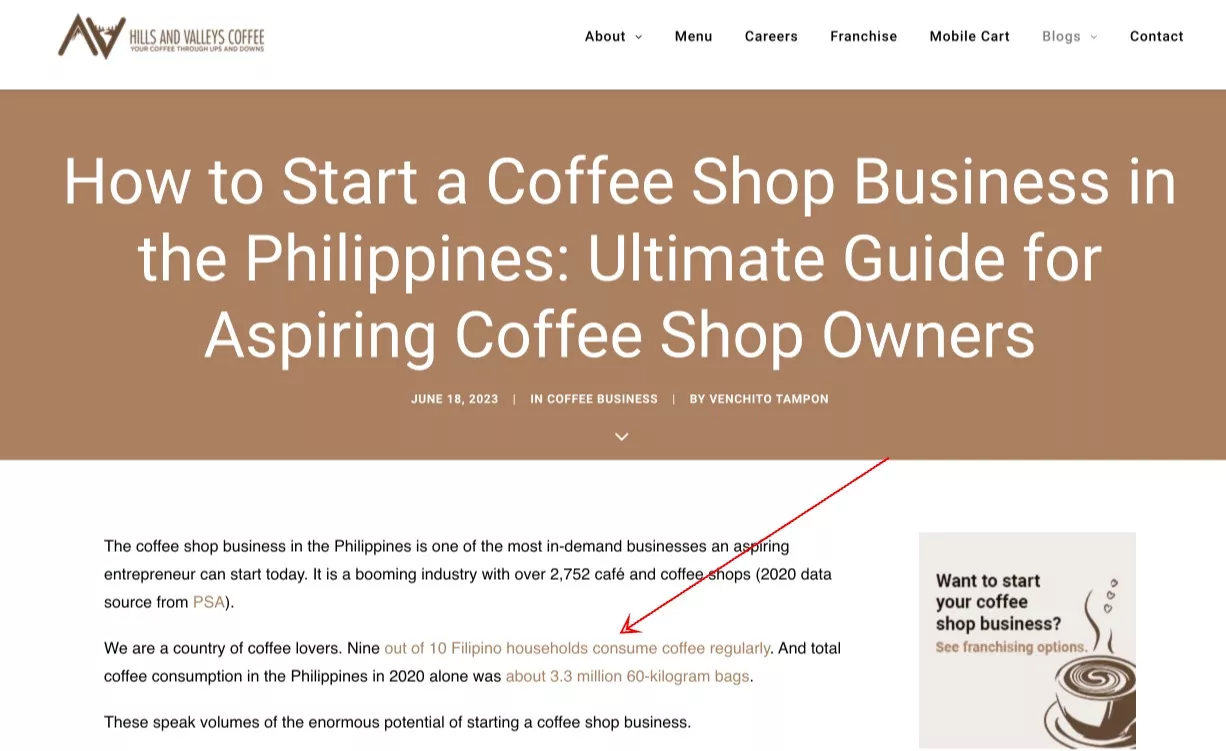
2. Get Links From High-Quality Websites
Another great way to build topical authority for your website is to get links from high-quality websites. This includes both inbound links and outbound links.
Inbound links are links that come from other websites to your website. These are also known as backlinks. Outbound links are links you put on your website that go to other websites.
You can use tools such as Ahrefs and SEMRush to check the quality of a website. This will help you determine whether or not a website is of high quality.
Here are the top link building strategies you can use to build more quality backlinks to your website:
3. Analyze the search intent for your topic
When optimizing your website for a particular topic, it's important to consider the search intent. People are looking for this when searching for a particular keyword.
There are four different types of search intent:
- Navigational: People who use this search type intend to go to a specific website. For example, if someone searches for "Facebook," they intend to go to the Facebook website.
- Informational: People who use this search type intend to find information about a particular topic. For example, if someone searches for "bicycles," they want to know more about bicycles.
- Transactional: People who use this type of search intend to buy something. For example, if someone searches for "bicycle shop," they want to find a bicycle shop to buy a bicycle.
- Commercial: People who use this search type intend to find a business or service. For example, someone searching for "bicycle repair" wants to find a bicycle repair shop.
You can use tools such as Google AdWords and Microsoft Advertising to research the search intent for your topic.
4. Improve your On-Page SEO with Supporting Content and Structure
This means you need to create at least 3 supporting articles you publish on your website that will link to your main landing page. By doing this, you’re essentially building a mini authority site on the main topic, which will help your website rank higher in the search engines.
When optimizing your website for a particular topic, it's important to target long-tail keywords. These are more specific keywords and usually have less search volume than shorter, more general keywords.
For example, if you're optimizing your website for "bicycles," you might want to target the long-tail keyword "road bikes."
Also, on top of content, it is also important to consider your website's linking structure. This means you need to ensure your website’s navigation is easy for users and search engine crawlers to understand.
Use the Hub + Spoke Model
In SEO, the hub and spoke model is a linking strategy used to help improve a website's link equity.
The basic idea behind this strategy is to have a "hub" page on your website that links to several other pages (the "spokes"). This hub page should be well-linked to other pages on your website.
5. Promote Your Content
Once you've created your content, it's important to promote it. This will help you get more people to see it and will also help you build links.
There are several ways that you can promote your content. You can share it on social media, post it in forums, and submit it to directories.
Topical Relevance Frequently Asked Questions
How do you build topical relevance?
1. Conduct keyword research.
As mentioned above, one of the best ways to improve your website's topical relevance is by conducting keyword research. This will help you determine which keywords are relevant to your website and how difficult those keywords are to rank for.
You can use tools like Google's Keyword Planner and Ahrefs' Keyword Explorer to conduct keyword research.
2. Optimize your website's pages.
Another way to improve your website's topical relevance is by optimizing your website's pages for specific keywords. This includes both on-page optimization (like using the keyword in the title and body of your page) and off-page optimization (like building links to your page).
3. Create blog posts and other content.
In addition to optimizing your website's existing pages, you can also improve your website's topical relevance by creating new blog posts and other types of content. This is a great way to target additional keywords you didn't have room to target on your existing pages.
4. Build links from relevant websites.
Link building is another great way to improve your website's topical relevance. When you're trying to build links, it's important to focus on getting links from websites that are relevant to your own.
5. Use social media marketing.
Finally, social media marketing is a great way to improve your website's topical relevance. This is because social media platforms like Facebook and Twitter frequently discuss topics relevant to your website.
Using social media marketing, you can get your website in front of people interested in the same topics as you. This can help you attract new visitors and improve your website's SEO.
These are just a few of the many ways that you can improve your website's topical relevance. Using these strategies can improve your website's SEO and attract more visitors.
What is topical expertise?
Topical expertise is the degree to which a website is considered an expert on a particular topic.
This is generally determined by looking at factors such as the age of the domain, the number of inbound links, the content's quality, and the website's overall authority.
What is a topical search?
Topical search is the process of searching for websites that are relevant to a particular topic.
This can be done using various methods, such as keyword research or a tool like Google's Related Searches.
What is topical authority?
Topical authority is a measure of how authoritative a website is in a particular niche, as opposed to a single keyword.
Since Google's Hummingbird update was released, there has been an increased focus on topical authority. This is because Hummingbird gives greater weight to websites considered experts in a particular topic, as opposed to those just optimized for a specific keyword.
A topical site is a website that focuses on a specific topic.
This can be a website about a particular niche, like photography, or a website that covers a wide range of topics, like a news site.
Topical sites are often considered more authoritative than those that cover a broad range of topics.
What is relevance in SEO?
Relevance is one of the key factors that search engines use to determine the ranking of a website.
In general, the more relevant a website is to a particular keyword or topic, the higher it will rank in the search results.
What are the four types of relevance?
The four types of relevance are Direct, Indirect (circumstantial), Context, and Comparison. These relevance types pertain to the different roles a piece of information can play in supporting an argument or claim. By understanding these types, we can better assess the significance and applicability of information within a given context.
What are the 5 types of relevance?
The five types of relevance are direct relevance, indirect or circumstantial relevance, context relevance, comparison relevance, and pointer relevance. Four judges evaluated these relevance types during the Summer 2003 assessment of items in the MALACH test collection.
5 Linkable Assets Examples (How to Create and How to Build Links to Them)
What is a linkable asset?
A linkable asset is valuable content that has a high chance of receiving backlinks. To earn links, focus on creating content that provides real value to readers.
Today, you can't get quality backlinks without creating a linkable asset.
Reaching out to a potential linker requires offering something of value. That's what a linkable asset inherently does. It offers value to an intended audience through the information, data, or source.
The question here is, do you always have to create linkable new content assets?
To answer this, let's understand link velocity and competition.
Link Velocity and Competition
The competition is tight in many industries.
Particularly in ranking websites for certain keywords, some are being targeted by websites under several acquired links per month to maintain their current rankings.
For those websites that are actively engaged in link building campaigns to cope with the quality of links required to sustain the rankings, that's tough competition, isn't it?
This is to say that if you're pursuing those keywords, there has to be a continuous effort in link building.
Without a doubt, It requires your brand to produce linkable assets continuously.
Later, I'll share the different types of linkable assets.
But content doesn't always have to be an informational page just like this:
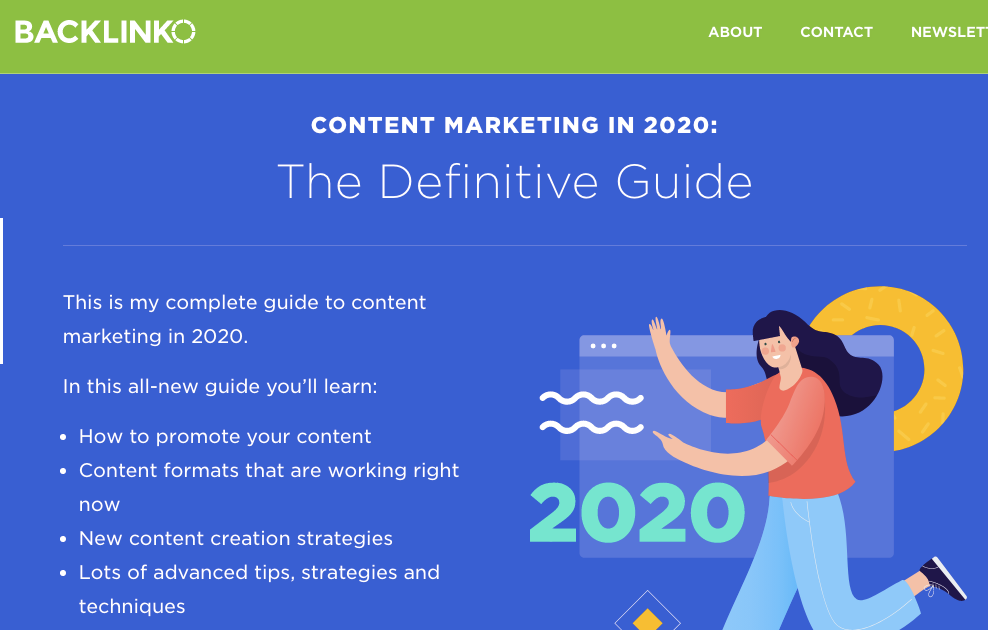
Your people or your offline events are worthy of a citation could possibly be linkable as well.
Linkable Assets - Types and Formats
With thousands of content pieces being published daily, some have high linkability factors compared to other web assets.
Content creation is a crucial part of the content marketing process because it involves the linkability assessment of a content idea and format.
That being said, here are some content types and formats that generate high-quality links.
Citable elements in sales pages
Sales pages aren't linkable. They are geared towards helping customers make purchasing decisions and may not have informational details that content creators can use for their publishing works.
That's not to say you can't attract links directly to sales pages.
There are different ways to do so. Garrett French listed a few tips on what to include in your sales pages to make it linkable:
- Data or "findings" can be derived from your business and is relevant to the flow of purchase decisions by your customers (it could be a support that justifies the product or service to let customers make easier purchase decisions). Examples are inventory data and popular colors or sizes of products.
- Direct quotation of a source — any case stories or brief interviews of customers that give new insights and additional context to the product or service you're offering.
- Definition of jargon and industry technical terms — define any obscure terminologies related to your brand's offerings that can benefit customers if well-defined on your sales page.
- Pricing guides or generalized pricing information — any parameters that can impact the product or service cost may be a good citable page element.
- Images, videos, widgets, or downloadables - any graphics, case studies, and PDF files useful for selling the product or service can best be placed as additional citable elements to a sales page.
- Detailed, multi-faceted metrics-based reviews refer to any reviews that can benefit a certain audience corresponding to publishers (e.g. parents, seniors, pet owners, etc..)
- Tips and advice directly related to products or services on the page — these are typical how-to sections enabling a person to complete a goal related to the product or service.
- Origin stories — any discussion stories with the product makers (designers, manufacturers, artists, etc..)
For more information on this topic, you can check out this detailed guide by Garrett French on building links to sales pages.
Lists (listicles)
What makes lists linkable?
Lists that tend to rank for their targeted keywords are likely to receive organic links from publishers.
The discoverability of this type of linkable asset page increases their chances of undeserved linking opportunities.
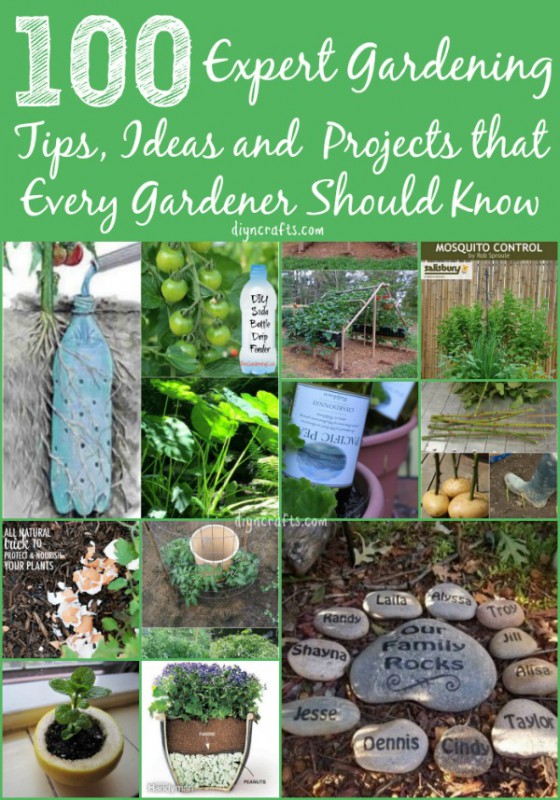

How to build links to lists (listicles)?
- Start with reaching out to resource curators that have dedicated pages on topics that fit your linkable asset idea.
- Find topically relevant articles that might cite your list page — pointing more information to your page from their content works.
- Make it visible on social platforms like Linkedin to get more eyeballs to the page.
Comprehensive guides & tutorials
Since Brian Dean popularized the skyscraper technique, many "definitive" or "ultimate" guides have been published.
Most content creators want to outdo their content competitors by making the linkable asset longer than usual — to fit the term "definitive" or "ultimate".
While the longer form type of content works, the comprehensiveness of a piece highly depends on the information.
The content's uniqueness of information has something to do with how regular publishers perceive it as link-worthy.
It is best to consume the top rankings pages for your target keywords. Check and identify any content gaps you can fill with information for your content piece (to make your linkable asset more comprehensive than other similar assets).
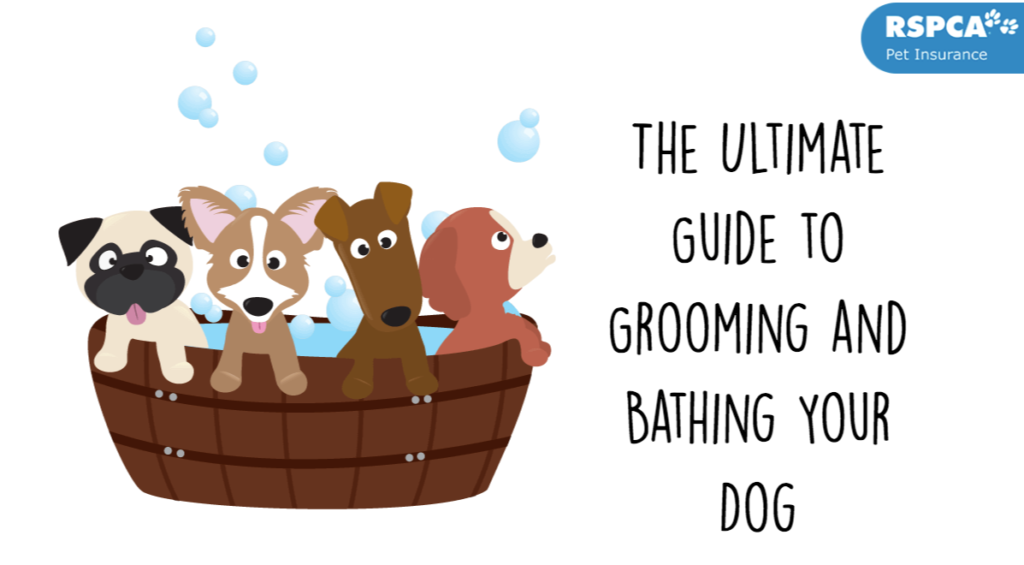

How to build links to comprehensive guides & tutorials?
- Send outreach emails to publishers and content creators who've previously linked to any of your content. They might have any needs for reference for their future content works — possibly linking to your current extensive guide.
- Check out any niche resource pages that can link to your guide (learn from our resources to know this process — resource page link building and broken link building).
- Collect emails from publishers of similar content assets and deliver personalized emails to inform them of your latest content piece.
Visual content assets
Infographics are linkable assets that can be pitched to local and niche publishers.
If properly created by assessing it, the topic has high shareability (and virality factor), and if it appeals to audiences likely to mention, include, or link to the piece, infographics are great linkable assets to consider.
In addition, the good thing with visual assets like infographics is that they can no longer just be published alone on a page (upload the entire visual and call it done). It can already support other content formats. like comprehensive guides and lists in a way that enhances the ability of the entire content to be better consumed by its audience.


How to build links to visual content assets?
- Link to the visual page internally from other relevant pages on your website. By pushing it further to dominate the top spot for its target keywords, you increase its chances of being more discovered by publishers.
- Pitch to websites that actively publish infographics. Don't just send outreach emails to any kind of blog — find ones that care about visual assets as part of their content marketing campaign.
- Link externally from your site's other web assets through guest posting.
Data-driven assets
Any data that can give additional credibility to the piece of content when sourced out can potentially drive more authority links to your website.
Success stories driven to provide the audience with numbers, steps, and processes to finish a goal or achieve an objective are considered link-worthy.
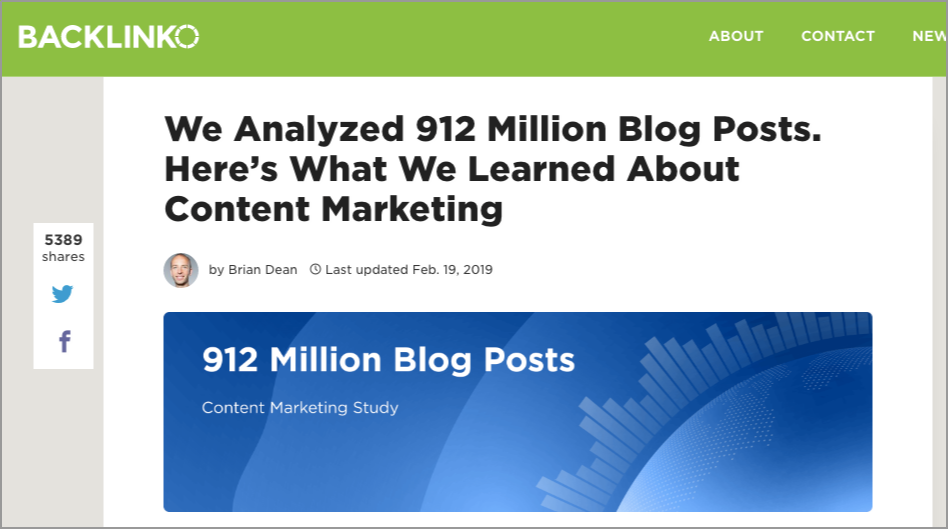

How to build links to data-driven assets?
- Spend a minimal amount to advertise on social platforms to get initial eyeballs and prospects for links.
- Find relevant blog posts with texts and sections in the content needing data references.
- Regularly update the data asset as years pass by to make it more relevant as sourced-out linkable assets.
Discover and tap into other linkable content formats
Other content formats are not mentioned as worthy of being referenced or cited by other publishers in your space.
Tap into those linkable content formats as early as possible, particularly if it's not yet been popular or tested in your industry. Be the first one to do those formats and gets the initial benefits of links and social shares.
Find linkable markets and assess their preferred content formats
Linkable markets such as veterans, students, parents, or people with disabilities have considered content formats when consuming a piece.
If a competitor's website has high-performing pages that get links regularly (has improving link velocity), see patterns of content formats. If it's not yet popular in your industry, test it out for your niche by producing one and then a series of assets if the first one-piece initially succeeds.
Assess the linkability of ranking pages
You can quickly check the number of referring domains for each ranking page straight on the Google search engine results using Mozbar.
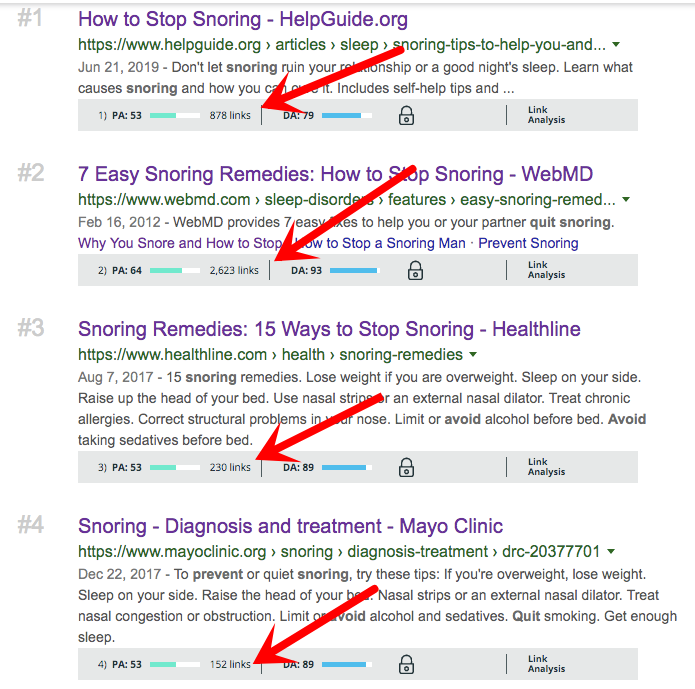
If there are an average of 20 or 30-ish links and those backlinks, if checked, are the right types of links (i.e. relationship-based or editorial), consider the topic as linkable.
Look for the shareability factor of topics
Use Buzzsumo or Ahrefs' Content Explorer to see the potential number of social shares you can get in a linkable format.
While that depends on how good your content is, assessing it solely based on that gives you a preview of the potential benefits you can get when promoting that specific content format.
See what types of content your industry influencers and content creators are sharing. You'll have a good grasp of what makes tick to promote on their own social spaces.
Validate ideas and formats through initial feedback on discussion groups
Community groups give feedback and insights when new content is promoted and submitted to the platform. Use that as an advantage when validating content ideas and content formats.
Ask them simple questions as part of discussion texts, "What do you think of it?" or "Any feedback on this is highly appreciated?".
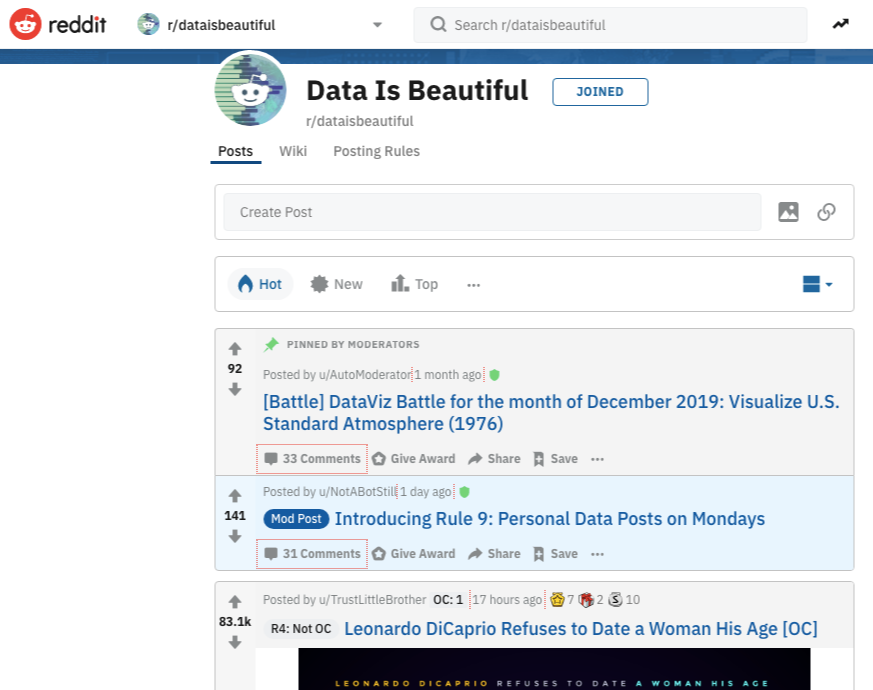
Of course, you'll get all sorts of feedback — the good and bad- but as you go through each, you see if the specific idea or format has a good chance of being referenced by industry publishers.
Final Thoughts
There are many content formats and templates that are linkable in nature. Choose what best suits your brand, audience, and link market. It takes testing plus validity to succeed in producing content assets that get organic links over time.
Linkable Assets Frequently Asked Questions
What is a linkable asset in SEO?
A linkable asset refers to a content piece intentionally designed to attract links, typically from relevant websites within your industry. Unlike commercial content, such as product pages, linkable assets rarely gain natural backlinks. These assets aim to provide value and information, increasing the likelihood of gaining quality backlinks for SEO purposes.
What is an example of a linkable asset?
An example of a linkable asset is any content created to gain links and shares. This can include infographics, mini-sites, videos, or well-crafted blog posts likely to attract attention and engagement. Ensuring your linkable assets offer valuable and share-worthy information will increase your chances of receiving links and social media shares, contributing to your site's overall authority and visibility.
What is a link asset?
A link asset refers to content pages that offer value to your industry audience, making them more likely to be linked by other sites. Linkable assets come in various forms, including resource guides, checklists, instructional videos, and informative articles. These assets help foster connections and enhance your site's authority in your niche or industry.
Content Gap Analysis: Three Uncommon Ways to Fill The Gap
What is content gap analysis?
Content gap analysis is strategically understanding the needs of a targeted audience by looking at untapped content opportunities on competitors' website, in industry's content as a whole, and in several micro-niche communities.
There are many benefits to initiating a content gap analysis in your content marketing campaign. Let me give a few.
- Examine overlaps in your content topics with your competitors
- Discover new content opportunities your direct competitors haven't grabbed yet (where you can fill in the gap)
- Identify content formats your unique industry majorly consumes
In the latest post of Rand Fishkin at Sparktoro, he examines the current blogosphere and if there's still room for companies and other entities to leverage blogging in their online marketing strategy.
Regarding visibility, content formatting, and authority, not all brands can benefit much from blogging. Out of thousands of people who blog, a few only exist and do well.
Understanding that reality allows you to seek out topical opportunities driven by demands (needs) but with less content supply.
To start with content gap analysis, you can execute the most conventional approach: finding content gaps by plugging in competitors' domains in a content marketing tool.
With Ahrefs' Content Gap feature, you can discover keywords your competitors have ranked for but your brand hasn't yet targeted.
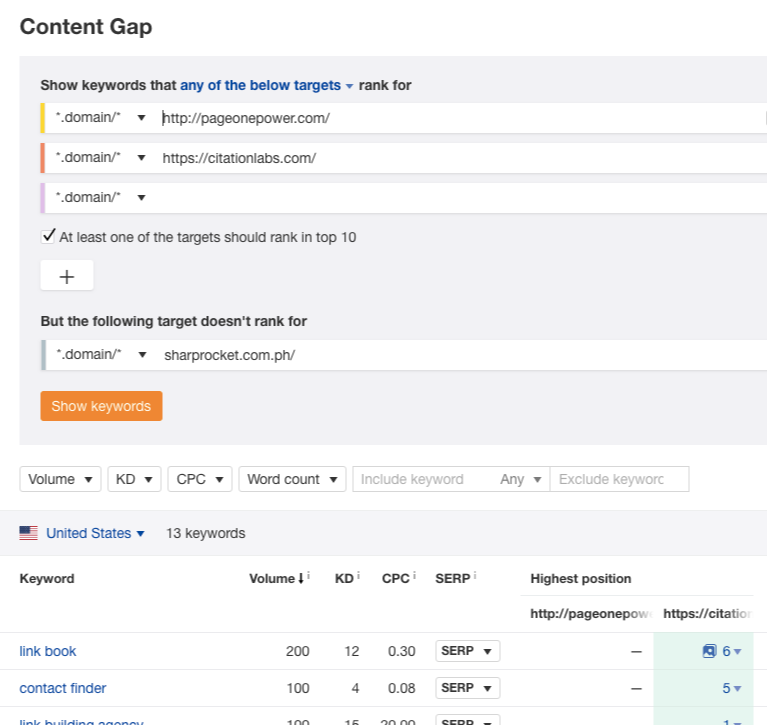
To get the most out of the results, it is best to include websites you're directly competing with from the highest relevance level. Go very specific with your competitor targeting.
Filter down keywords based on keyword difficulty level, search volume, and relevance. Create content assets that best suit your content marketing resources.
This is the most common way of doing content gap analysis, but there are three more methodologies I'd like to cover in this post.
How to Do Content Gap Analysis
Let me start with link-based audience overlap.
Link-Based Audience Overlap
One leading indicator of a growth-wise content marketing campaign is the number of links generated to a content asset. Though it's not the primary defining value of a successful campaign, it helps create expectations from a quantity perspective.
Knowing this, you must also see if the preferred topics have a probability of driving links to a page/site.
The 601 audiences spreadsheet from Citation Labs is not only a good list of potential linkable audiences to tap into in your content but also a good assessment tool if any audiences haven't been reached by your competitors through content.
Visit their resources section, or if the blog has massive content pieces, you can use Ahrefs' Top Pages or Best By Links feature to see their most-linked pages quickly.
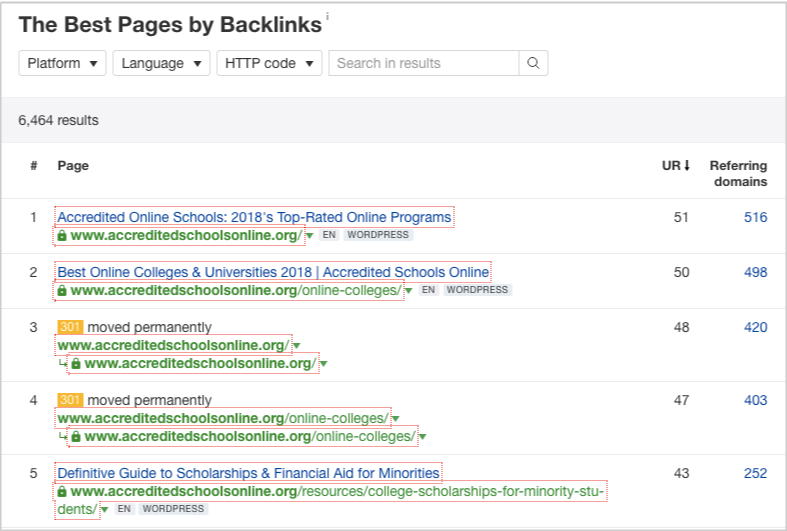
Check the 601 Audience spreadsheet alongside your competitors' resource pages. It is best to curate all resource pages of your competitors in one place so you don't have to switch to different tabs/sheets.
List down linkable audiences untargeted by your competitors. Check using any of these search queries to see if resource page link opportunities exist for that audience.
- intitle:links OR inurl:links "keyword"
- intitle:resources OR inurl:resources "keyword"
- inurl:links.html "keyword"
- inurl:links.htm "keyword"
- "links to resources" "keyword"
- "of links for" "keyword"
- intitle:”helpful links” "keyword"
- intitle:links "keyword"
- "other helpful links" "keyword"
- "links to websites" "keyword"
By considering not only keywords per se but the linkability potential of topics, you're better of hitting a good leading indicator - the highest links possibly generated for the page.
Micro-niche Communities (Gaps in the Industry)
You may find industry content gaps in platforms where your targeted people mostly engage. These include micro-niche communities where some blogs originated, given that they see a significant need for information in the market.
Subreddits are a popular example of a micro-niche community. Examples of targeted subreddits are Woodworking and StopGaming.
Given that the information is strictly on the most relevant topic, you would often find questions that are too deep and technical. Those questions will likely have a search volume that demands some content attention.
You can leverage these subreddits to pinpoint technical and niche-oriented keywords and questions by engaging in the community or plugging your subreddit into a link analysis tool.
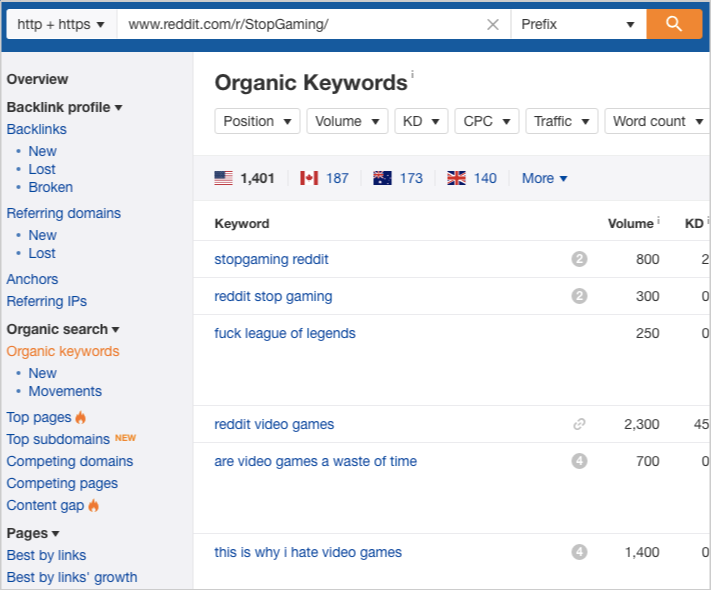
Another good approach is to create a singular page for the topic you've discovered. See if there's a gap other content creators haven't filled in yet. With the advanced search operator, "intitle:keyphrase", you can check if the topic is highly saturated with informational pieces.

Pre-content Creation Link Jacking
One of the gaps every link-oriented content marketer has to fill is outdated content opportunities.
If a page has been linked to an outdated study, statistics, or article, it will be better off linked to a newly referenced content piece.
This may be overlooked by content creators and, more often than not, neglected by bloggers unless they do regular content audits of their websites.
It is a gap you can fill in right away.
If you have published interesting statistics, you can find earlier ones and articles with outdated statistics.
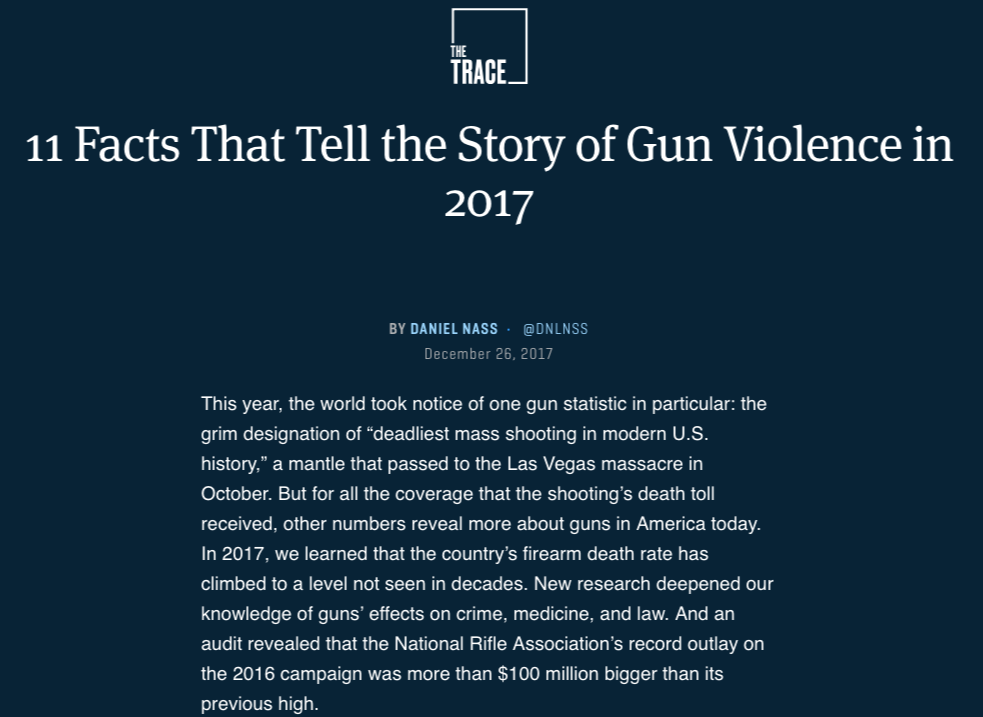
Find them and see the sites that are linked to them. Reach out to those sites and ask them to update their links to your new study.

Improving Your Content and Other Creators' Content
As soon as you update your content piece with new, relevant information and other content formats to make it comprehensive and unique for an intended audience, you'll find ways to fill in the gaps of other content creators. You meet a need in your market by providing them with new content assets to reference or by crafting content for a certain linkable audience untapped by your competitors.
Content Gap Analysis Frequently Asked Questions
What is an example of a content gap analysis?
One example of a content gap analysis is when you focus solely on creating decision-stage content without considering the other stages of your buyer's journey, resulting in a gap. This can manifest as missing content for your personas' buyer journeys or failing to cover keywords that your competitors are ranking for.
What are the three 3 fundamental components of a gap analysis?
The three essential components of a gap analysis include the current state, desired state, and the gap that exists between them. These components form the foundation for identifying areas of improvement and charting a course toward achieving organizational goals. A thorough analysis of these components helps businesses bridge the gap and improve performance.
What is the difference between keyword gap and content gap?
The main difference between keyword gap and content gap analysis is that keyword gap analysis focuses on identifying opportunities to improve overall search visibility, while content gap analysis identifies keywords you currently do not rank for. Keyword gap analysis looks at a broader scope, while content gap analysis is more specific to your existing keyword strategy and rankings.
How to Get Blog Post Ideas (21 Untapped Strategies You Must Try)
Learning how to get blog post ideas is a skill that can be learned easily and improved through research, reading content marketing blogs, and investing in data-capturing activities like surveys and polls.
Blogging requires inspiration to consistently publish high-quality content that your target audience wants to read and share with their colleagues and helps your site earn links from relevant blogs/sites.
In this post, I’d like to share 100 ways to find topics for your next blog post, with step-by-step instructions and real-life examples to help you apply every technique in the list.
But before that, here are a few things you should consider to maximize every blog topic-generation technique in this post:
- Don’t just focus on identifying the target keyword of the post/page; try to understand what topic is being discussed to create a comprehensive post about that topic.
- Determine which content format attracts the most number of readers/visitors. Every industry has its preferred content format (e.g., family travel blogs prefer photo-based content with minimal text).
- Identify synonyms, entities, and technical terms from successful blog posts or pages and include them in your content to improve your page’s topical relevance and search ranking potential.
Let’s head over to actionable ways to find blog post ideas.
21 Ways To Get Blog Post Ideas
1. Other website’s successful pages
One of the easiest blog topic generators today is to get inspiration from other brands’ successful posts or pages.
Because those pages had successfully brought traffic to a certain brand and got traction on other blogs (guest posts, links, and social engagement), you can rest assured that they have high potential to send organic, social, and referral traffic to your blog as well (especially if the post provides unique information about that specific topic).
How to do it?
Step 1: Plugin in other websites’ homepage URLs (could be a competitor or an authoritative niche blog) to Ahrefs' Site Explorer.
Step 2: Go to Top Pages.
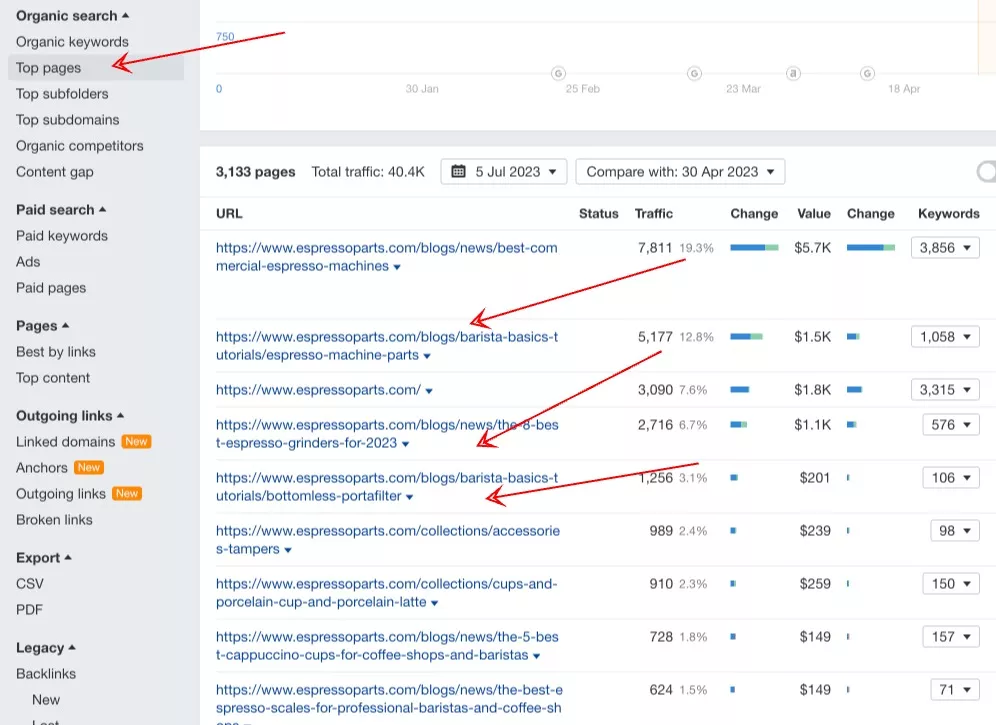
Step 3: Check for relevant keywords aligned with your content theme.
Given that pages on Ahrefs are ranked from highest to lowest traffic, you know that the topics covered by the top pages have a high potential to generate organic traffic to your website.
2. Use a micro-survey tool
In offline marketing, surveys collect data from customers or audiences prospected by the brand to make better product decisions and create better strategies to promote their content.
This same marketing approach applies to online marketing. Online brands can take advantage of surveys to easily determine their audience’s wants and need to create content assets that are highly valuable to the community.
One of the recently released micro-survey products is Qeryz. It is a tool that can help you gather data by asking questions to your visitors. The survey form can be visible on any page of your website.
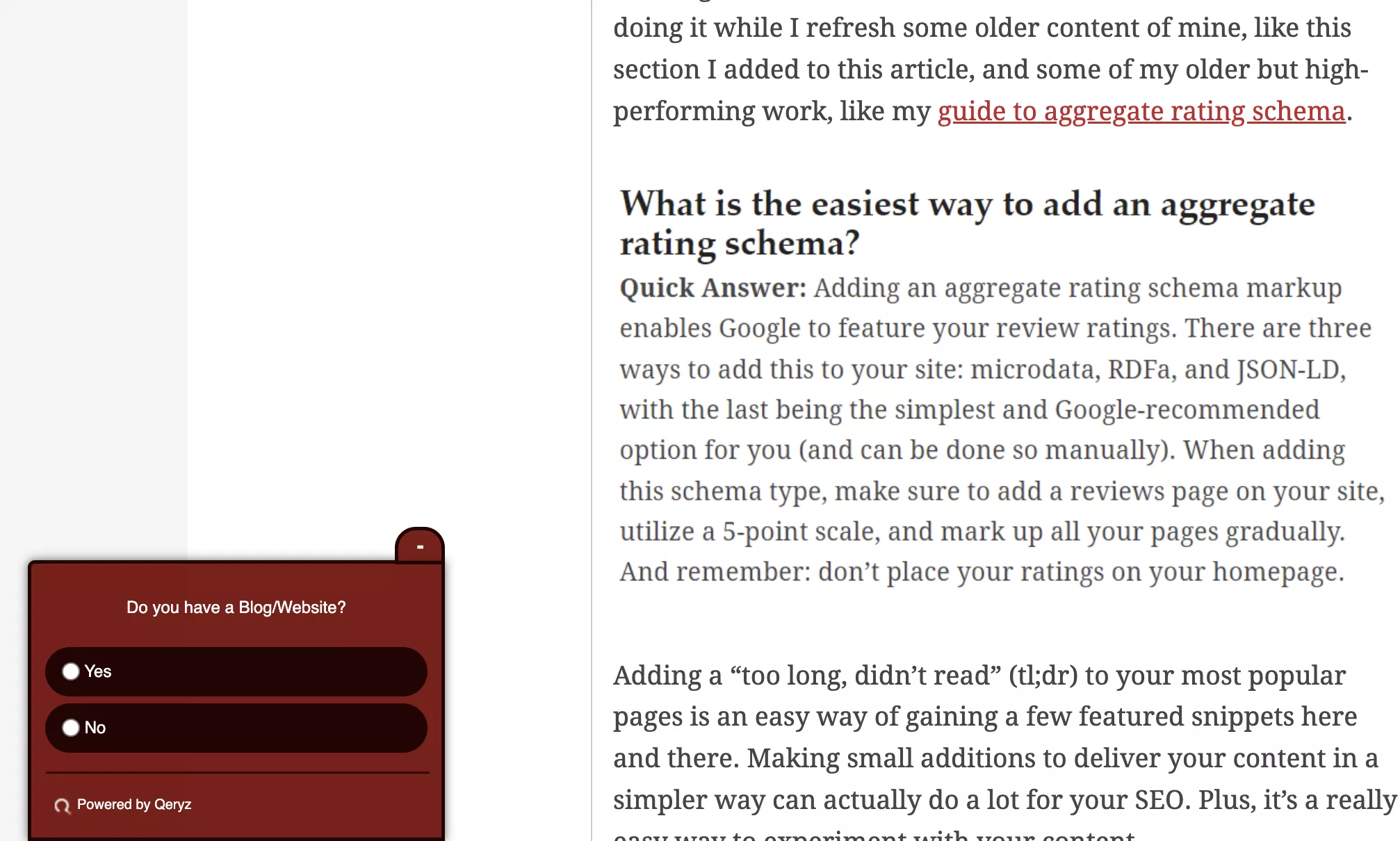
How to use Qeryz?
Step 1: Install Qeryz plugin to your WordPress blog.
Step 2: Add questions to Qeryz platform.
Pro tip: You can also link to your important landing page after asking a few questions.
Step 3: Brainstorm blog topics based on the data you’ve gathered from your survey form.
3. Determine emerging topic trends in your niche
An authoritative blog proves its expertise when it covers industry news and updates or at least provides actionable tips in its blog posts that are related to the latest industry trends.
How do you identify niche trends?
Step 1: Go to Exploding Topics.
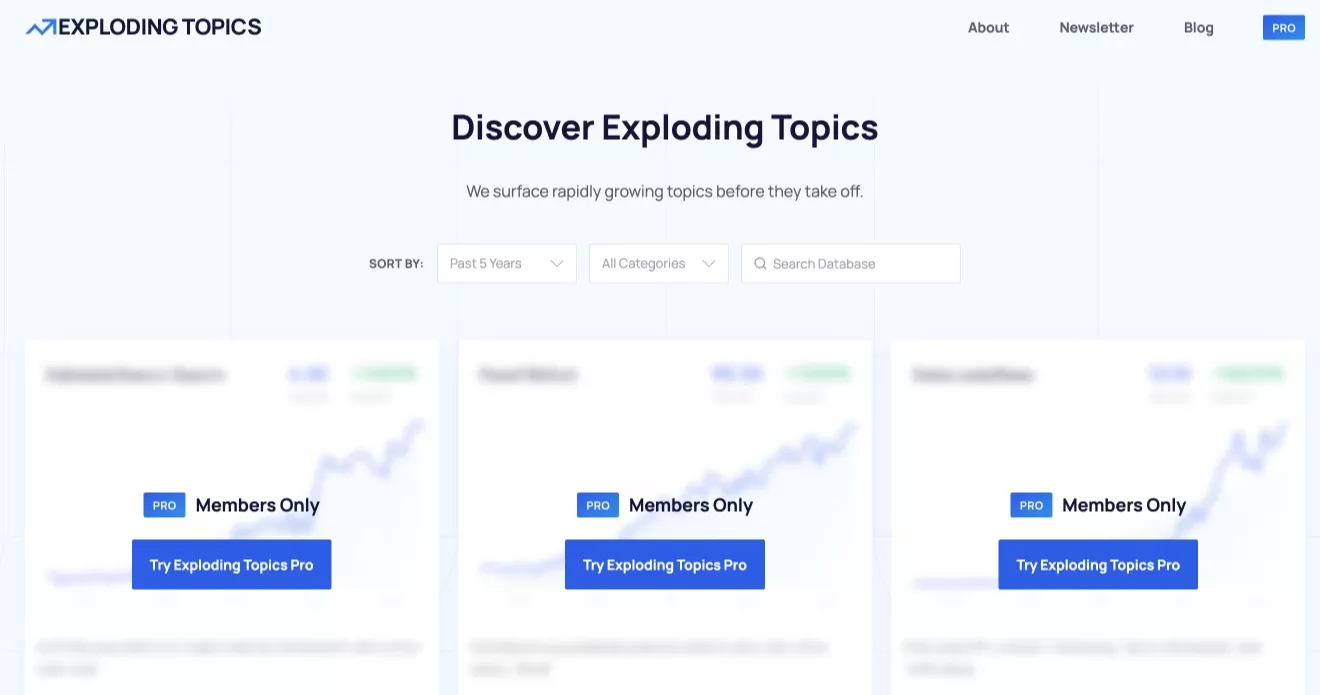
Step 2: Subscribe and watch for the latest topics in your industry.
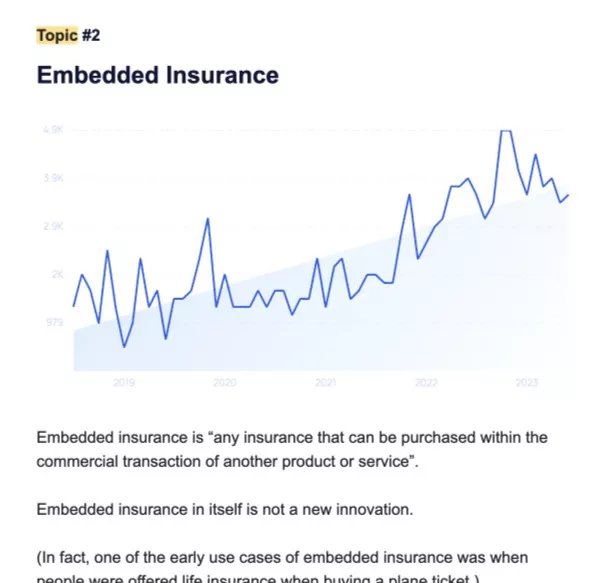
Step 3: Be the first to create content around those emerging topics you can use once it hits.
Think of how you can create the best content around those queries.
4. Get insights from Reddit Ask Me Anything (AMAs)
Reddit is one of the user-generated websites where you can find community-ranked content that is well-received by its members.
One of my favorite topic generation sections on Reddit is Reddit AMAs. The interviews for each industry expert can provide you with many ideas and questions people want answers to, which are good topics to consider for your blog.
How get ideas from Reddit AMA?
Step 1: Go to Reddit and search for [head term] AMA (e.g. parenting AMA).
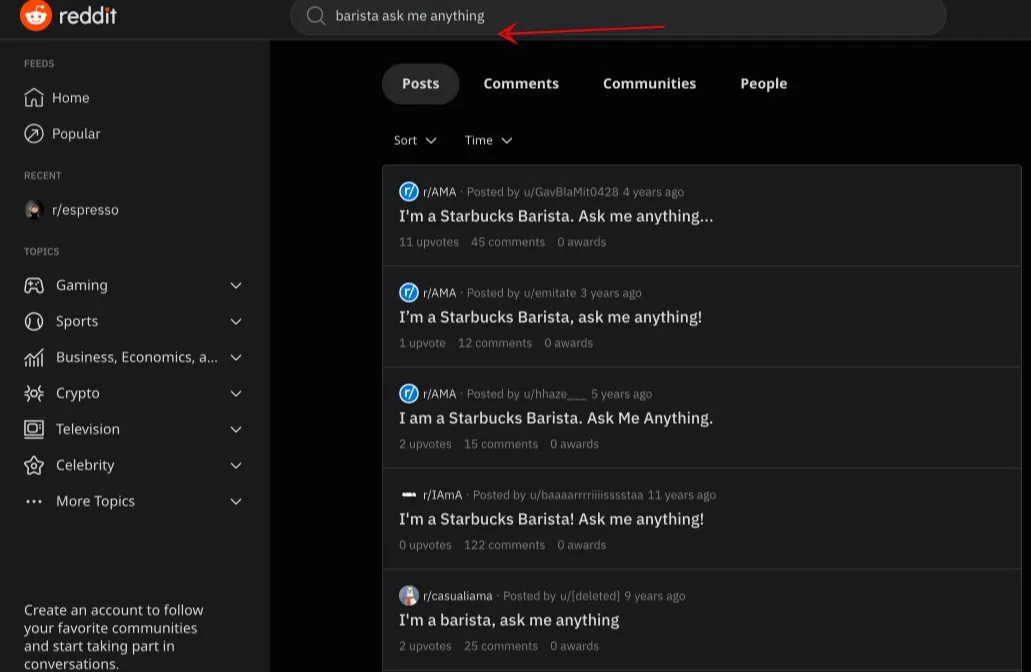
Step 2: Select a Reddit AMA in the search results that gained several comments in the discussion.
Step 3: Skim all the questions in the discussion and list those relevant to your brand that you know you can answer thoroughly in your post.

A few more tips for creating content using this blog ideation technique:
- Target at least two questions in your post and answer them with the most comprehensive details/information.
- In your posts, provide useful data (case study) to answer those selected questions.
- Make your answers straightforward and clear to your readers.
5. Data-based infographic
Most infographics fail because they do not provide real value to their audience.
Infographics are meant to share data with readers to apply the information and message in the infographic to their daily activities.
How to find ideas for your infographic?
Step 1: Go to Reddit.com/dataisbeautiful
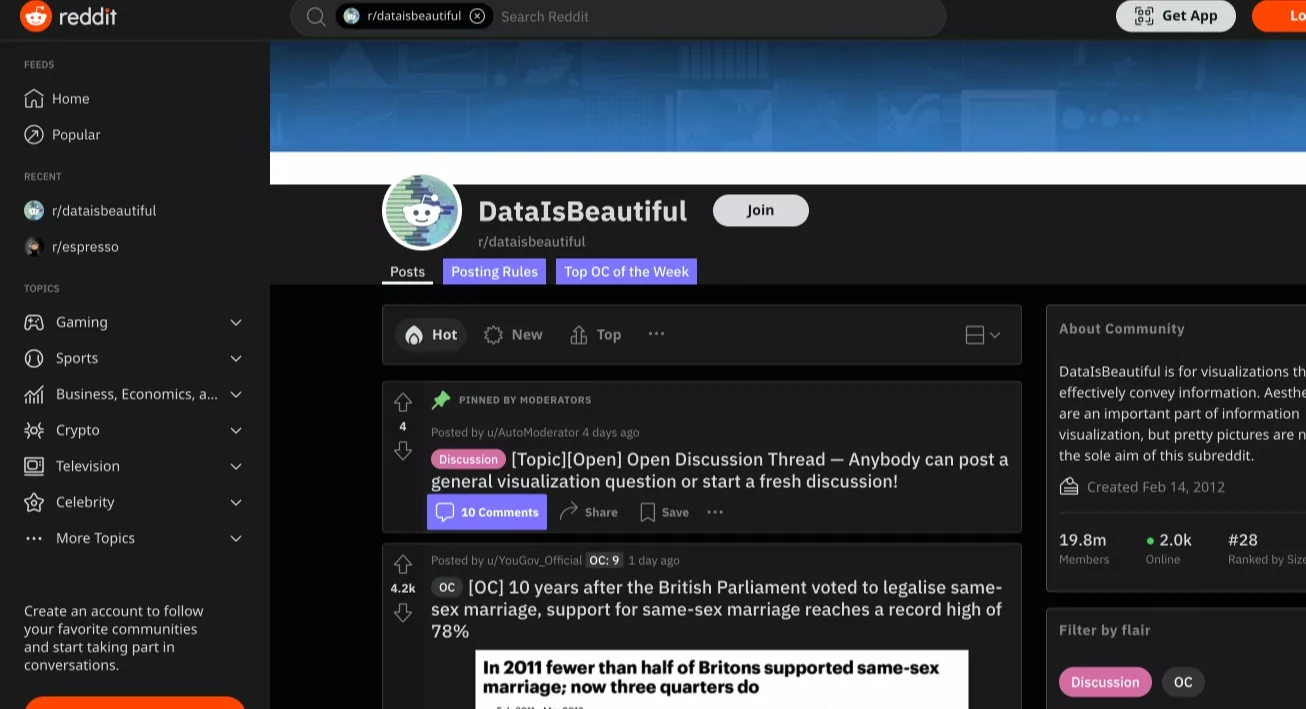
Step 2: Check the first 10 infographics in the Reddit search results.
Step 3: See how to use the same formats or concepts in your brand’s content marketing.
You don’t need to replicate the same image but get inspiration from those infographics.
6. Famous quotes
Quotes provide bit sizes of learning for everyone.
Because you can learn one good message or tip from a quote you want to share with your friends or colleagues.
Famous quotes can be one of your topic ideas for your blog.
Look at this page on Okdork that lists all famous business and internet marketing quotes.

How to find famous quotes?
Step 1: Go to BrainyQuotes and click on the topic(s) of your choice.
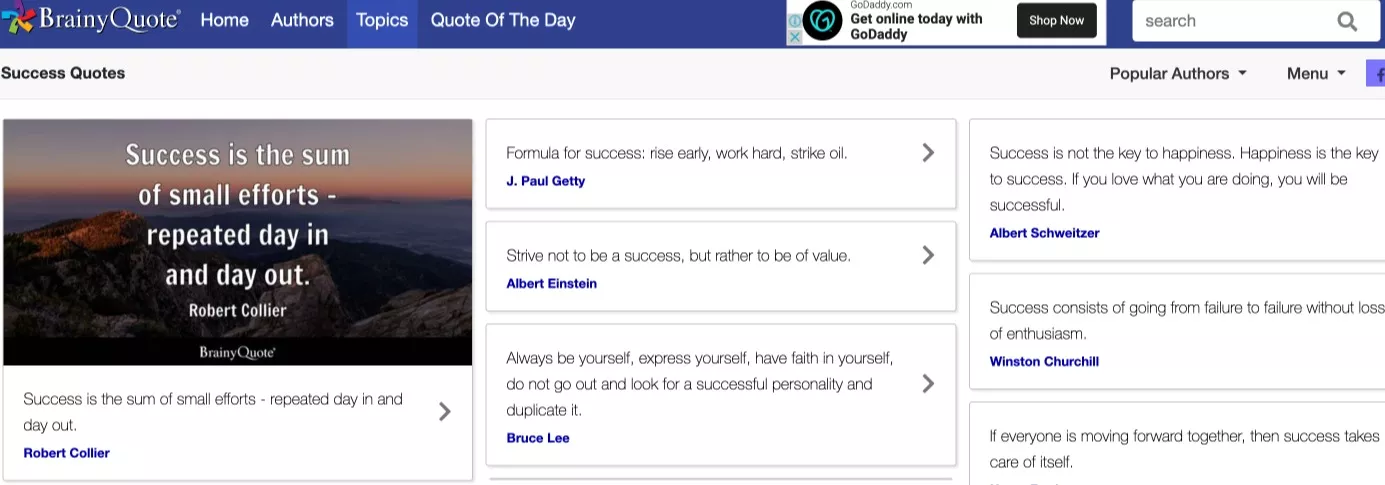
Step 2: Choose quotes related to your industry and categorize them under sub-topics (e.g. parenting for general family quotes).
Step 3: Publish it on your blog.
7. Case studies
Case studies emphasize your experience as a service provider or product creator simply by allowing people to know how you improved your services for your client, your content, your website, or your business using a tool, service, or strategy.
Why do case studies work?
- They show the brand's expertise about certain topics people in the industry would care about.
- Stories make it more compelling for others to share the page or even link to it from their relevant blogs or sites.
- When turned into a visual (e.g. infographics), the content is much more likely to be picked up by media outlets (journalists) and will create stories around it, especially if the data gathered is unique and interesting to their audience.
Here are a few examples of case studies that you can check out for references:
8. Interrelated topics using Answer the Public
Understanding the depth and width of the topic you want to cover on your blog can help you create the perfect content theme for your website.
How to do it?
Step 1: Go to Answer the Public and search for your head term.
Step 2: Generate topically related questions.
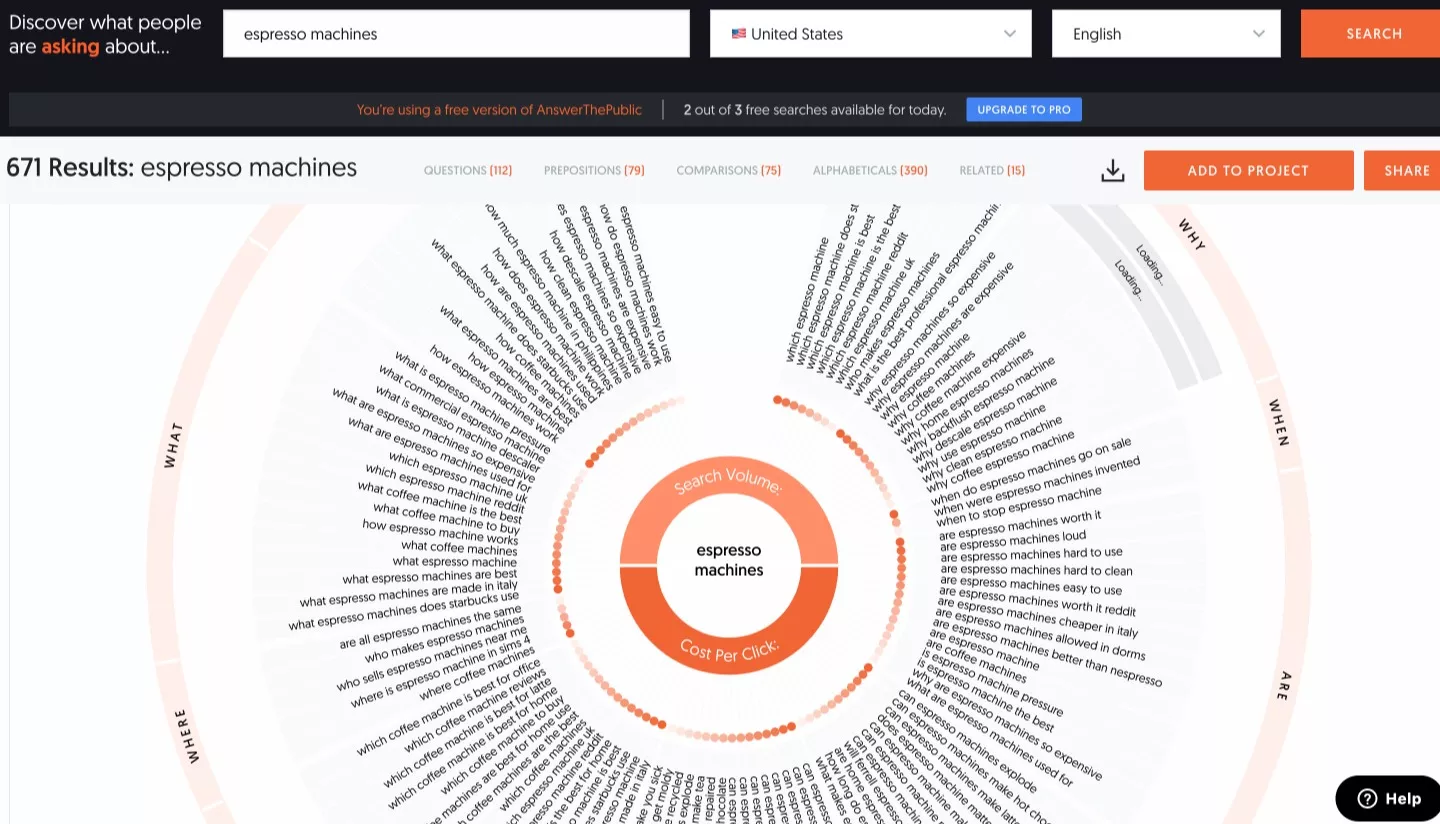
Step 3: Discuss those ideas in your blog content or create a spreadsheet of terms/keywords that you might want to include in your posts to increase their relevancy factor.
9. Influencer’s top words in social
If you are new to blogging, one of the best ways to get inspiration for your blog is to stalk your influencers’ social profiles. By identifying the most used words/phrases in their tweets, you can determine what topics they’d like to share religiously on social platforms, particularly on Twitter.
How to do it?
Step 1: Go to Sparktoro, Sign in, and type in your head term on the search bar.
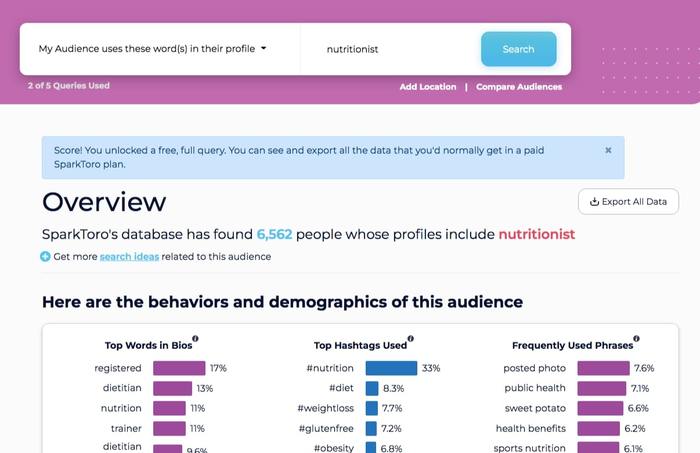
Step 2: Find interesting words/phrases, hashtags, and frequently used phrases based on your head term.
10. Success and failures
Transparency is one of the key factors to success in niche blogging. The more transparent you are to your audience, the more likely they will trust you and your work (content).
A few things to keep in mind when sharing successes and failures on your blog:
- Add disclaimers to your content if necessary, such as saying that you’re not an affiliate marketer or promoter of a certain product or service – if, in case, you will include any in your post.
- Provide actual data to your content – never add or remove things/elements to add colors to your page.
- Content with more words in length (thousands) gets more attention than simply publishing a 500-word article.
Let’s take a look at this success post by Matthew Woodward.
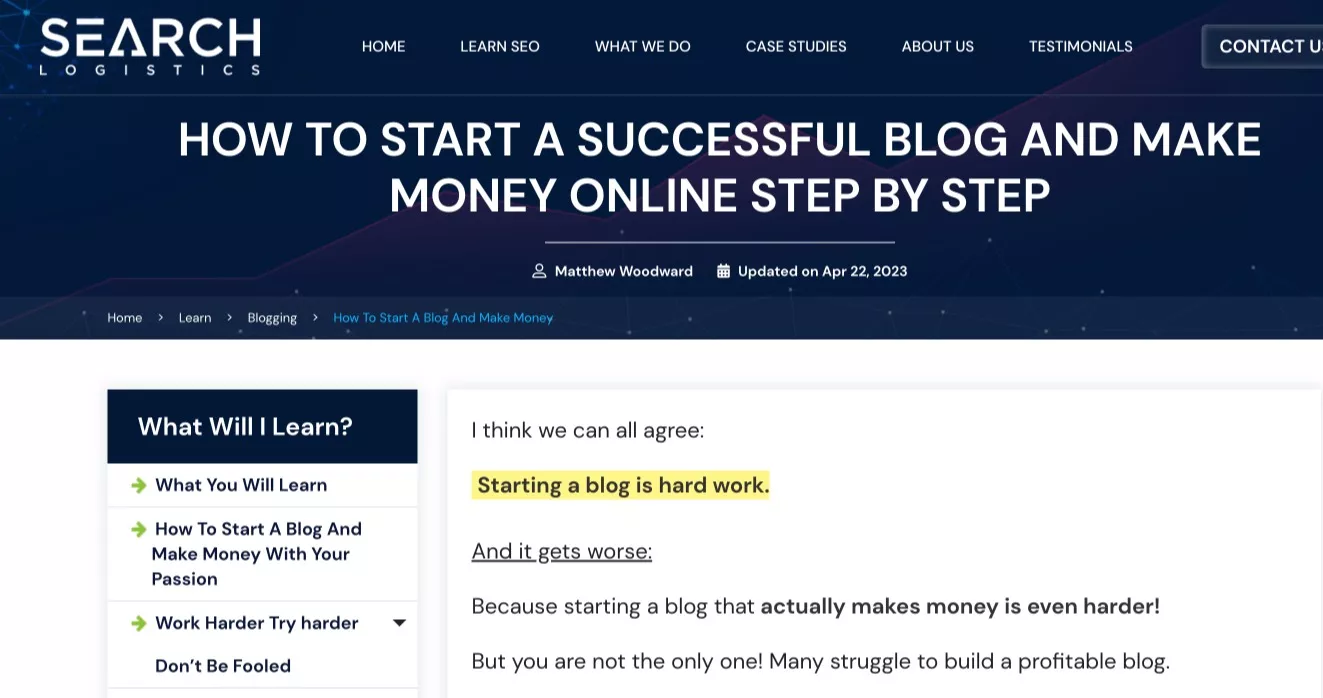
The post earned much attention from the internet marketing community (encouraging more people to start their own blogs from scratch).
Things that make Matthew’s post work:
- Emphasize learnings instead of just bragging about his strategies that worked effectively for his blog (the first section, What You Will Learn, adds value to the readers).
- The post ended by asking for feedback or sharing with his readers, which put more eyeballs to the content when people started to share it with their followers.
- Provide more ways for new visitors to see his content by making the post sticky on the top side of the website.
The focus of the success post is on your blog, website, or brand alone, not on specific products or services you are offering. Otherwise, they are considered case studies already.
There is no step-by-step guide on how to do this because this is on a case-to-case basis – if you succeed, you can write about your success on your blog.
11. Twitter hashtags
Twitter is the best source of trending ideas in the community, whichever industry you are in.
Because people usually engage with other folks on Twitter, you can find a lot of questions, comments, or updates that will inspire you to write your next blog post.
How to do it?
Step 1: Go to Twitter and search for #headterm (e.g. #parenting)
Step 2: Skim for interesting ideas, links, articles, questions, or comments about that specific head term.
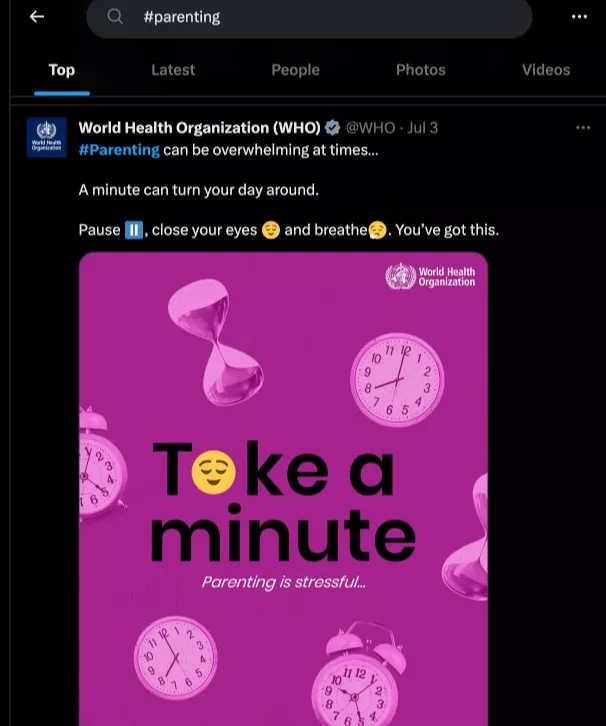
Step 3: Check out related hashtags and prospects for more status updates on Twitter.
12. Common mistakes in your niche
In any industry, there are mistakes to commit. For parenting, not spending too much time with kids is a huge mistake for them already. For SEOs, blocking your important pages in your site’s robots.txt file is a mistake to be considered by many folks.
The point here is to use mistakes as a topic for your blog.
How to do it?
Step 1: Google search for [niche] mistakes (e.g., SaaS).
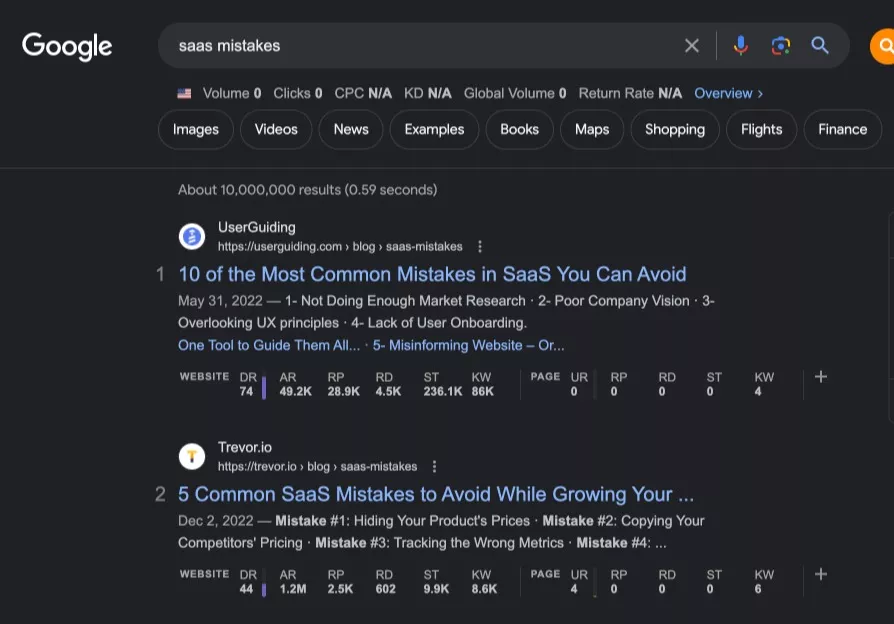
Step 2: Visit each page in the search results and skim what specifics you can discuss in your post. For my above example, SaaS mistakes can be classified into SaaS pricing and metrics. You can focus on one type or discuss both topics in this case.
Step 3: Gather all the points (mistakes) you’ve found in your research (Google search).
You can also ask questions of niche bloggers to get more information for your blog post.
13. Amazon Book Search
Amazon is one the most popular bookstores today, bringing millions of visitors to their website every month.
Digging into online bookstores is one of the untapped content ideation techniques. Topics discussed in books and subcategories in bookstores are inspirations you can use for your blog content.
How to do it?
Step 1: Go to Amazon Book Search. Search for your target head or secondary term/keyword.
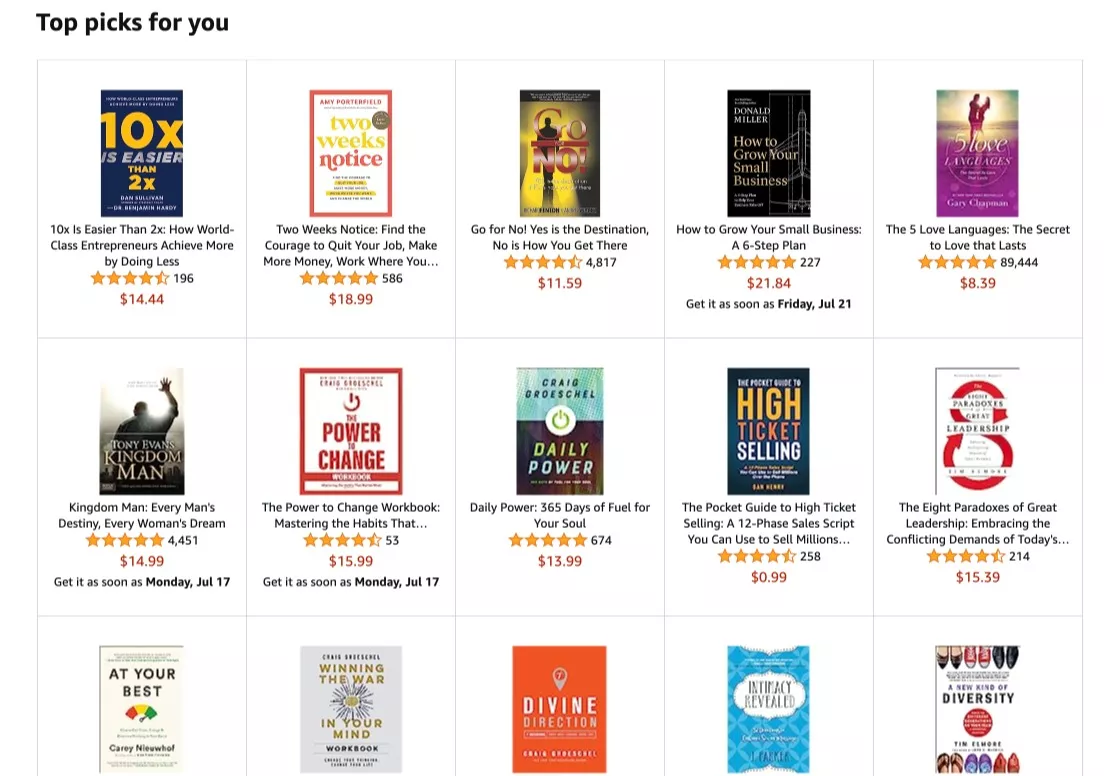
Step 2: List down ideas from the news & notable section. You can also check out book titles that are unique and interesting to your audience.
Step 3: Populate your list by adding ideas from the subtopics section of the Book (left side of the page).
14. Collect content contributions from top personalities
Collecting content contributions (insights) from influencers or experts in your industry is one of the best ways to generate a blog post these days, given that collaborative content can create a detailed explanation of the topic chosen to be discussed by the blogger.
Tips from subject matter experts can bring out untapped knowledge to the community, making the content unique and outstanding to its audience.
Below are some good examples of crowdsourced content from two industries.

Actionable tips for collecting content contributions from experts:
- Choose a specific topic and bloggers you think could provide valuable insights to your question (the more interested they’re, the higher the probability of earning highly valued tips).
- After collecting tips from experts, invest in making the collaborative post attractive to readers (add some visual designs if necessary to entice visitors to share or link to it from their blogs).
- If possible, provide incentives to contributors to encourage more participation from them in the future.
15. Advanced Twitter Search
Searching for trending or hot social topics is easy with Twitter Advanced Search.
How?
Step 1: Do a Twitter search for your head term or keyword. Then click on Advanced Search on the left side of the Twitter screen
Step 2: Use available features in Twitter Advanced Search to look for specific tweets, questions, or comments about a topic or keyword.
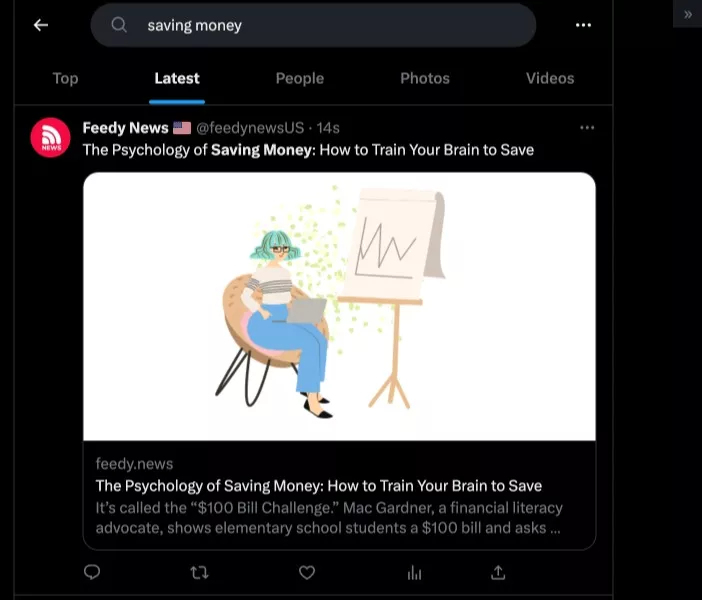
A few tips to maximize the use of Twitter Advanced Search:
- Enable the location feature to find localized tweets or topics.
- For international searches, choosing the specific language you only want to see in the search results is better than the default option (any language).
- Check the Question option to find only question tweets in your Twitter search.
16. Emphasizing benefits and features in products
Product reviews have been the common type of post for many affiliate marketers in almost every niche today. Aside from the monetary benefit it can provide bloggers, product review is a great way to demonstrate their authority about a certain topic by adding benefits or value to their readers (showing how the product can improve their lives).
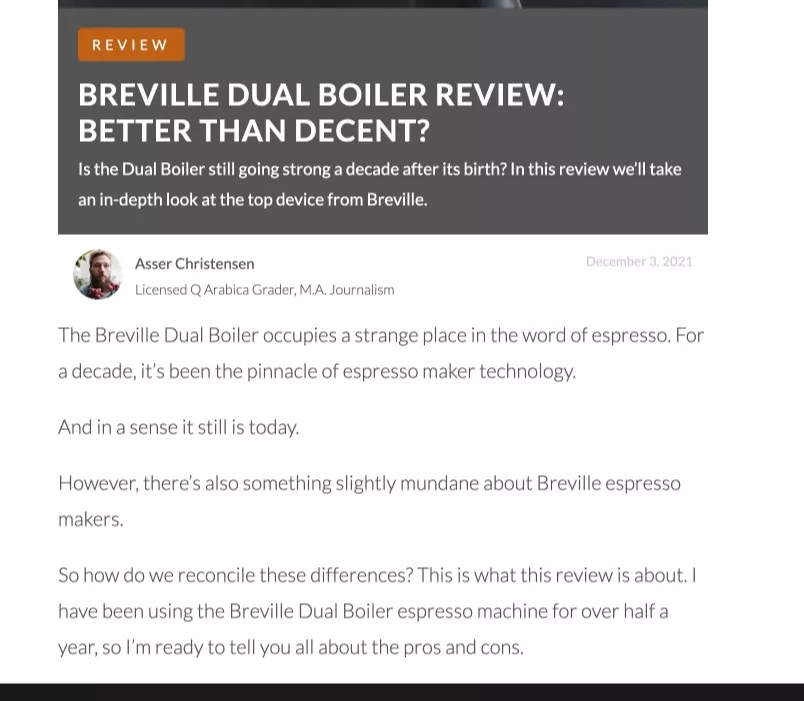
Things to make your product review earn the desired attention from the community:
- Use your own screenshots and not just grab existing screenshots of used products.
- Add disclaimer sentences to your post to make your audience aware that links pointing to product sites are affiliate links.
- Don’t add many external affiliate links (at least two within the body of the content is enough to be noticed by your readers).
- Categorize your product reviews and use subcategories in URLs like this example below.
17. Favorite blogs/bloggers
Curation removes the mental blocks of writers because doing it only requires them to organize things under the same category in one big post.
Examples of curated content are:
- Social influencers in the industry (e.g. Top 10 Parenting Bloggers You Should Start Following)
- List of recommended products
- List of companies sorted by highest to lowest revenues
- Favorite blogs or bloggers you should start reading or following now
Now, let’s focus on the last example.
How to curate your favorite industry blogs or bloggers?
Step 1: Do a Google search for niche blogs (do it in case you still don’t have any list of popular blogs in your industry). But if you already have a list, grab your notes and start researching more about your favorite bloggers.
Step 2: Think of how you will organize your list of blogs/bloggers. You can try any of the following:
- Organize according to the highest to lowest traffic potential (use Ahrefs).
- Organize according to their engagement levels (use # of comments per post and social shares as your basis).
- Organize according to their number of social followers (e.g. Twitter followers).
Step 3: Choose whether you want to make your curation weekly, yearly, or in no time (evergreen). For yearly curation, your only disadvantage is that you need to publish curated post year after year, while for Evergreen, you’ll need to update the post (add new popular blogs or remove non-existing sites from the list).
18. Keyword Tool
Keywordtool.io is one of the effective keyword research tools that can provide instant long-tail keywords and topical terms you can target for your blog content.
How to do it?
Step 1: Search for your head term in Keywordtool.io.
In the drop-down menus, you can choose your International Google search and language for non-English blogs.
You can copy all the terms in search results by clicking the Copy All button, then paste those terms to your document (e.g. spreadsheet).
Step 2: Populate your list using secondary term keyword research.
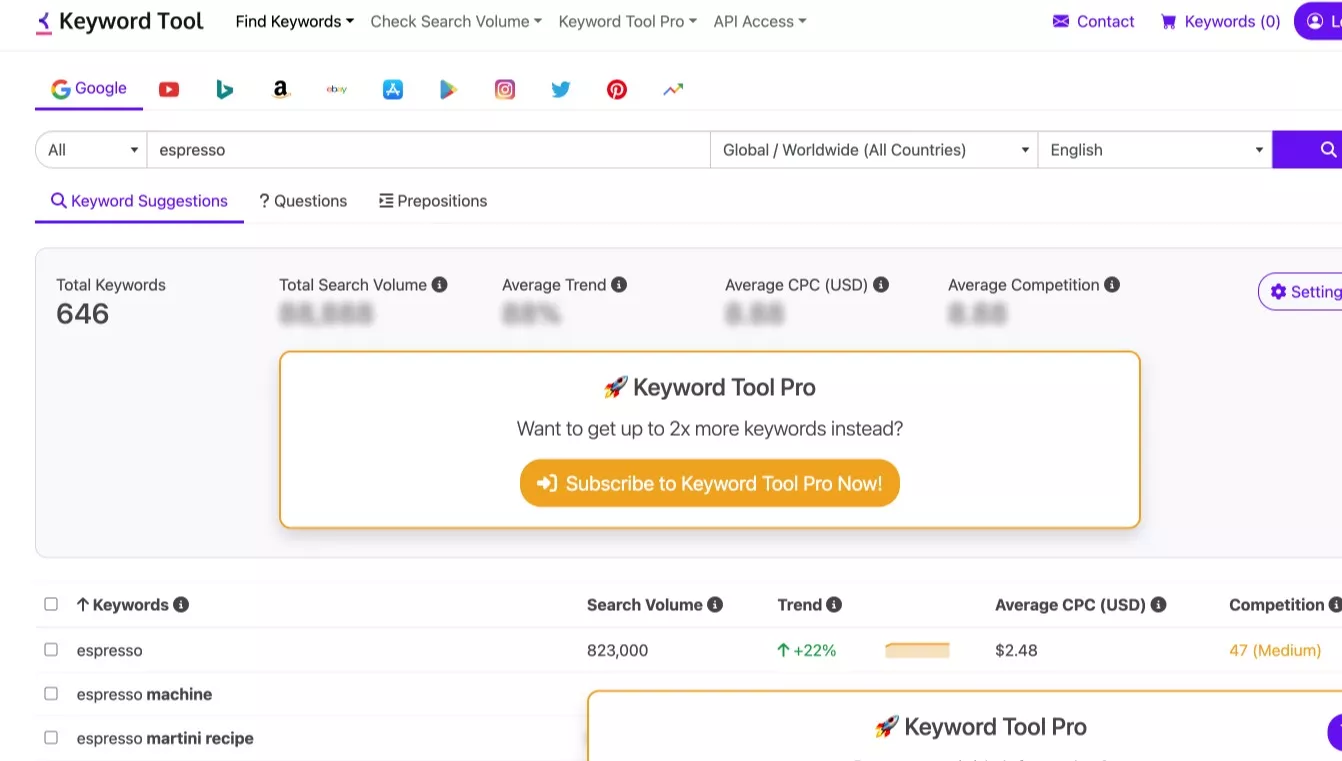
Step 3: Identify two or more related terms about the same topic and target them all in your high-quality content (don’t keyword stuff, optimize for the topic you want to rank for).
19. Comprehensive resource/guide
Striving for better marketing lies in improving the brand’s content marketing campaign. This includes producing only high-quality content on the site that can resonate with the community targeted by the brand and improving older pages that can potentially rank in search results and bring more new targeted visitors.
In Backlinko's skyscraper strategy, Brian Dean shared three basic steps to increase search traffic through content creation:
- Find link-worthy content
- Make something even better
- Reach out to the right people.
This process is very simple but will require a huge time and effort to master this content approach.
I will talk about the second step - make something even better.
One way to surpass the quality of someone else’s content is to understand what is lacking within its context, its design and structure, and most importantly, the information that a reader in your community should obtain from the post.
Here’s how to do it.
Step 1: Do a Google search for a target keyword (you can grab one term from your keyword list gathered from the methods I’ve shared with you earlier).
Step 2: Identify what’s lacking in the pages listed in search results. It could be the design, structure, and information the page provides. List all these important notes in one document to remind you as you create your content.
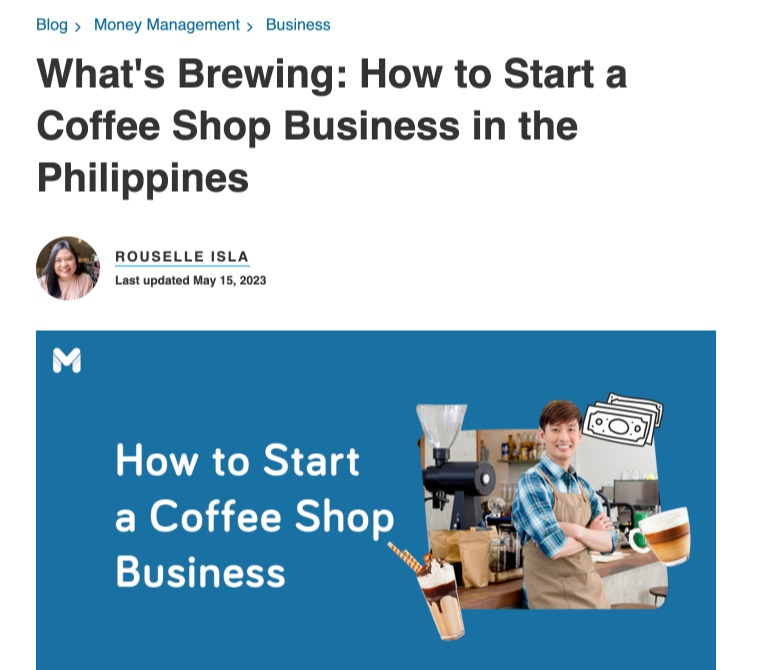
Step 3: Make your content the most comprehensive resource targeting your keyword.

20. PAA Generator
Questions are great sources of ideas for blog posts because they directly tell you your audience's deepest needs.
Those questions are commonly used phrases to search for references or resources in search engines.
And with the introduction of a knowledge graph, the more direct, useful, and authoritative your answer to a specific question, the higher the possibility of earning the top spot of search results for the exact phrase or question.
How to look for frequently asked questions (FAQs)?
Step 1: Go to PAA Generator.
Step 2: Type in your Country and your head term.
Step 3: Collect all People Also Asked Questions lists with ChatGPT-generated answers. Fact-check and put it at the end of your article as a FAQs section.
21. Email newsletter
Email subscribers are the most engaging audience you want to connect to for content ideation. Because they are already familiar with your brand, you can easily ask for feedback and get their responses quickly via email.
If you already have existing subscribers, you can email them asking for a topic they’d like to discuss on your blog.
Why does this email work?
- The question is straightforward, Is there anything you want me to write a blog post about?. The email also includes that question in its subject line.
- There is an indirect call to action at the end of the email (All you have to do is reply to this email)
You can do the same technique for your brand and make it easy for your team to create content discussing a topic that your followers are looking forward to reading on your blog.
How to Get Blog Post Ideas FAQs
How do I find content ideas for my blog?
On this page, you can find content ideas for your blog by conducting keyword research, analyzing competitor blogs, utilizing social media trends, and seeking inspiration from industry news. Additionally, consider surveying your audience, engaging with online communities, and repurposing your existing content to spark fresh ideas. With these strategies, you'll never have blog topics to write about.
What are some good blog post ideas?
Some good blog post ideas include: "218 Creative Blog Post Ideas That Will Delight Your Audience", "How did you get started in your career?", "List and embed videos that deal with your niche", "Compile a list of posts and links on one topic", "What marketing tips didn't work for you?", and "Write out a list of FAQs." Additionally, you can take an unrelated topic and tie it into your field. These ideas will help you create engaging and informative blog posts for your audience.
How do I get inspiration to write a blog?
To get inspiration for writing a blog, look no further than your own life experiences. Reflect on the challenges you've overcome, the lessons you've learned, and your unique perspectives. Explore your passions and interests, engage in conversations, read books, and listen to podcasts. By drawing from your personal experiences, you'll create authentic and compelling blog content.
How do I find content ideas?
You can find new content ideas by conducting keyword research, using tools like Google Keyword Planner or SEMrush. Additionally, you can explore social media platforms, join industry-related forums, and engage with your audience through surveys or polls to gather insights. Remember to analyze competitor content and stay updated on industry trends.
What is the AIDA Model? Examples and Templates For Email Outreach
Email outreach is the process of contacting potential customers or partners via email to promote your product or service. The goal of email outreach is to build relationships and generate new business opportunities. To be successful, email outreach must be targeted, personalized and relevant. The recipient must feel that the email is valuable and worth their time.
A great way to achieve this is to use the AIDA model when crafting your email outreach strategy. AIDA stands for Attention, Interest, Desire and Action. By following this model, you can create emails that are more likely to capture the attention of your target recipients and prompt them to take action.
What is AIDA Model?
American Advertiser Elias St. Elmo Lewis is the one who created the AIDA funnel back in 1898. This funnel provided great help to salespeople in guiding their customers when it comes to the process of purchasing. Currently, the AIDA model is widely used in guiding customers throughout the decision-making process when purchasing something. What really is AIDA?
The AIDA model is a well-known framework for designing marketing and advertising campaigns. It stands for Attention, Interest, Desire, and Action. The idea is to first grab the attention of your target audience, and then create interest in what you're offering, followed by a desire for the product or service. Finally, you need to motivate them to take action, such as making a purchase.
There are many different ways to apply the AIDA model to email outreach campaigns. For example, you could start by offering a discount or freebie in the subject line to get attention. Then, in the body of the email, you could provide more information about the product or service and why it's valuable. You could also include a call-to-action (CTA) urging recipients to take advantage of the offer before it expires.
The AIDA model is just one tool that can be used to improve email outreach campaigns. However, it's a powerful one that can help you increase open rates, click-through rates, and conversions.
If you are looking to improve your email outreach campaigns, the AIDA model can help you to create more effective and compelling email copy. The AIDA model can help you to understand how each element of the campaign works together so that you can create more engaging email campaigns that are more likely to result in a purchase.
Additionally, the AIDA model can help you to identify areas where your email campaigns could be improved, allowing you to make necessary changes to improve your results. By understanding how the AIDA model works, you can create more engaging email campaigns that are more likely to result in a purchase.
If you are looking for an overview of how the AIDA model works, or if you need help creating effective and compelling email copy, then check out our blog post on how to use the AIDA copywriting model in email outreach.
Why Is AIDA Important?
Numerous brands use AIDA because it helps determine how they ought to distribute their messages to their clients and prospective clients. Marketing messages are very important in targeting a specific audience.
1. Better Understanding Of Your Email's Interaction With Your Recipients
AIDA provides a better understanding of how your email is being read and interacted with, both by you and your recipients. The model helps you to see how each element of your email contributes to the overall goal of the campaign. For example, the attention-grabbing subject line should be followed by interest-building content in the body of the email.
This, in turn, should lead to a call to action that encourages recipients to take advantage of the offer. By understanding how each element works together, you can create more effective email outreach campaigns that improve open rates, click-through rates, and conversions. Link building can also help in this process.
2. Allows the Measure of the Effectiveness Of Email Campaigns
AIDA allows you to measure the effectiveness of your email campaigns, providing you with the necessary insights to make informed decisions about your email marketing strategy.
It is a powerful tool that can help you to measure the effectiveness of your email campaigns. By understanding how each element of the campaign works together, you can make adjustments to improve open rates, click-through rates, and conversions.
Additionally, by applying the model to your email outreach campaigns, you can get a better understanding of how your recipients are interacting with your emails. This insight can help you to create more effective campaigns that achieve your desired results.
3. Helps Identify Unsubscribes and Bounce Rates
AIDA helps you to identify unsubscribes and bounce rates so that you can improve the effectiveness of your email campaigns accordingly.
It's important to identify unsubscribes and bounce rates so that you can improve the effectiveness of your email campaigns. Unsubscribe rates can give you an indication of how well your campaign is performing and whether or not your target audience is interested in the content you're providing.
Bounce rates, on the other hand, can help you to identify whether or not your emails are being delivered to the intended recipients. By understanding unsubscribe and bounce rates, you can make necessary changes to your email campaigns to improve their effectiveness.
4. Helps Create More Engaging Email Campaigns
AIDA enables you to create more engaging email campaigns by understanding the different types of content that recipients are likely to engage with.
It's important to create engaging email campaigns in order to improve open rates, click-through rates, and conversions. The AIDA model can help you to understand how each element of the campaign works together so that you can create more effective outreach campaigns.
5. Helps Increase Conversion Rates
AIDA can help you to increase your conversion rates by providing you with valuable insights into what content is most likely to result in a purchase.
To make valuable insights that will increase conversion rates, first consider what content is most likely to result in a purchase. By understanding what content is most engaging, you can create email campaigns that convert more visitors into buyers.
6. Helps Write Compelling and Effective Email Copy
AIDA can help you to write more effective, compelling email copy. You need an effective and compelling email copy in order to improve open rates, click-through rates, and conversions. The AIDA model can help you to understand how each element of the campaign works together so that you can create more effective outreach campaigns.
7. Provides Better Content That Generates Engagements
AIDA can help you to understand what content will resonate with your target audience and generate engagement.
To create successful email campaigns, you need to understand what content will resonate with your target audience and generate engagement. The AIDA model can help you to understand how each element of the campaign works together including local link building so that you can create more effective outreach campaigns.
8. Helps Craft Powerful CTA Buttons
AIDA can also help you to craft powerful CTA buttons and landing pages that will convert visitors into customers.
The AIDA model can also help you to craft powerful CTA buttons and landing pages that will convert visitors into customers. CTA buttons are important because they help to guide users through the purchase process and encourage them to take action. By understanding how the AIDA model works, you can create more effective CTAs that will improve conversion rates.
When creating a CTA, always remember to utilize practical language. Avoid stuffing it with a lot of junk and other confusing words. Your main goal is to allow people to click on these links and this confusing jargons will only irritate them. Additionally, think of the problem that you are trying to solve. Communicate well with your audience.
How To Use AIDA Copywriting Model in Email Outreach?
The AIDA copywriting model is a great way to improve email outreach. By focusing on creating interesting and informative content writing, you can generate interest and keep readers engaged. Moreover, it is important to include a call-to-action (CTA) in order to motivate readers to take action. By using the AIDA model, businesses can improve their content marketing strategy and see better results.
The AIDA model is important because it provides a framework for designing marketing and advertising campaigns that are effective in grabbing attention, generating interest, and motivating action. By using the AIDA model, businesses can improve their email outreach campaigns and see an increase in open rates, click-through rates, and conversions. Now, let's get to know the four stages of AIDA - Attention, Interest, Desire, and Action.
Attention
To reach potential customers, marketers need to use strategies that will capture their attention. This can include using SEO and visual media such as images and videos. There are several effective approaches that you can do to get the attention of your prospective customers. Some of these approaches include placement of ads in a place easily noticeable by visitors, personalized messages or those introduced as direct marketing, and shock value advertising or those that use engaging graphics, which are truly hard to ignore. Here are a few tips to grab the attention of customers using subject lines.
- Keep it Short - One of the most effective ways to grab attention is by using short subject lines. The shorter, the better. Not only will it be easier to scan, but it also results in a higher open rate since people are more likely to open an email if it's short and to the point.
- Titillate Their Curiosity - Use intriguing keywords in the subject line that will pique the reader's curiosity. For example, "What's in the box?" or "Uncovering the Dark Secrets of XYZ Company."
- Personalization - One of the best ways to grab attention is by personalizing the email for each individual. This can be done by using first and last names, or other identifying information.
Interest
Once a reader has taken notice of your email, you need to keep them interested in what you have to say. By utilizing effective content marketing strategies, you can keep readers engaged and motivated to take action. Some of the most common methods used to engage readers are by providing valuable information, answering questions, sharing stories and experiences, and providing tips and advice. For customers to pay more attention to your opening lines, follow these tips.
- Be Original - always use plagiarism-free lines because they surely hit customers like some fresh air. Avoid using cliched opening lines because they are already used more than a hundred times.
- Stick to The Point - Keep your opening lines short, to the point, and relevant to the content you're going to present. Don't waste your reader's time by trying to be overly poetic or dramatic.
- Be Humorous - break the ice by using humorous opening lines. This will ensure that your customers are always in the loop.
Desire
You can develop the desire of your customers by selling a particular feature of a product, showing its versatility, and its superiority among other similar items. In this stage, you will be presenting the product's value proposition together with its enticing benefits which in turn will lead to the decision to buy the item.
- Jump The Bandwagon - a lot of people prefer to buy products that others are buying. In this case, you can add a tag to your products such as 'bestselling product' as this will surely spark the desire of your customers.
- Use the USP - which stands for Unique Selling Proposition, this will help you stand out amidst the pool of competitors. You must highlight the USP of your product in your email, and this will keep your customers hooked up.
- Limited Time Offer - most of the time, customers feel unique whenever they purchase a limited-time offer of products or services. This is a sure way to spark their desire instantaneously.
Action
One way to encourage customers to take action is to create a sense of urgency. This can be done by offering a discount or freebie that is only available for a limited time. You could also include a call-to-action (CTA) urging recipients to take advantage of the offer before it expires. By creating a sense of urgency, you can motivate customers to take action and convert them into paying customers.
- Keep It Direct To the Point - throughout your email, you did everything to entice your potential customers. As for the CTA section, make it short and direct.
- Avoid Asking Too Much - don't intimidate your customers by asking too many questions. If you do so, your potential customers will leave you. If you need to explain something or need several questions answered, you can redirect them into a website sales funnel.
- It Should Stand Out - Ensure that your CTA stands out because your customers are reading hundreds of emails every day. Use unique fonts and colors for a better yield. This is very important to keep your customers hooked up.
Frequently Asked Questions:
What is the difference between copywriting AIDA and PAS?
There are a few key differences between the AIDA copywriting model and the PAS model. First, the AIDA model focuses on creating interest, while the PAS model focuses on creating desire. Additionally, the AIDA model includes a call-to-action (CTA), while the PAS model does not. Finally, the AIDA model is more comprehensive and includes steps for getting attention, building interest, creating desire, and taking action.
What companies use AIDA?
Many companies use the AIDA copywriting model to improve their content marketing strategy. Nike, Apple and Coca-Cola are some of the companies that use AIDA. They have successfully perfected the use of this model and were able to carefully identify their consumer base, aiming particularly on an intended audience.
Is the AIDA model still relevant?
The AIDA model is still relevant for businesses today. This model helps businesses to generate interest in their products and services, and keep readers engaged. Additionally, the AIDA model includes a call-to-action (CTA), which is important for motivating readers to take action. In fact, there are still a lot of huge companies that use AIDA to create strong, attention-grabbing advertisements.
How is AIDA used in social media?
The AIDA copywriting model can be used to improve a business's social media strategy. By creating interesting and informative content, businesses can generate interest and keep readers engaged.
Who invented the AIDA model?
The AIDA model was invented by Elias St. Elmo Lewis in the late 1800s. Lewis was a pioneer in the field of marketing and copywriting, and is credited with developing several key concepts that are still used today. The AIDA model is just one of many important contributions that Lewis made to the field of marketing.
What is AIDA funnel?
The AIDA funnel is a model that is used to improve content marketing strategy. The acronym stands for Attention, Interest, Desire, and Action. The model helps businesses to generate interest in their products and services, and keep readers engaged.
AIDA introduces a very effective copywriting formula that particularly focuses on raising the conversion rate. This model is considered a guideline to maximize customer satisfaction and engagement.
How to Make A Content Outline
Content creation is one of the most important aspects of any digital marketing strategy. In fact, eMarketer finds three-quarters of surveyed marketers create at least one piece of content material every 24 hours.
After all, without content, there would be no way to attract and engage an audience.
One of the best ways to ensure that your content is effective is to create a content outline. This will help you to organize your thoughts and ideas, and to ensure that your content is focused and well-targeted.
What is a Content Outline?
A content outline is a document that helps you plan and organize your content. It's like a roadmap for your content, and it can be helpful to have one before you start content writing.
A content outline should include:
- The topics you will cover
- The format of your content (e.g., blog post, infographic, video)
- The target audience for your content
- The main points you want to make in each piece of content
- Any supporting information or data you need to include
- Any keywords or phrases you want to target
- The call to action for each piece of content
Why Make a Content Outline?
There are several reasons why you should make a content outline before you start writing:
1. It will help you focus your ideas.
Creating a content outline ahead of time will help you to focus your ideas and ensure that your content is on point. It's easy to get sidetracked when you're writing, but if you have a content outline, you can always refer back to it to make sure you're staying on track.
2. It will save you time in the long run.
A content outline may take some time to create, but it will save you time in the long run. Once you have a content outline, you won't have to waste time brainstorming topics or trying to figure out what to write next.
3. It will help you create better content.
When you make a content outline, you have to think carefully about your target audience and what you want to achieve with your content. This will help you create better, more targeted content that is more likely to be successful.
4. It will make it easier to repurpose your content.
If you ever want to repurpose your content (e.g., turn a blog post into a video), having a content outline will make it much easier. You'll already have all of the information you need, so you can simply adapt it to the new format.
5. It will help you stay organized.
Content outlines help to keep your thoughts and ideas organized, so you can easily find what you're looking for when you need it. This is especially helpful if you're working on multiple pieces of content at the same time.
How to Write a Content Outline (5 Easy Steps)
Now that you know why you should make a content outline, let's take a look at how to do it in 5 easy steps.
Step 1: Brainstorm content ideas.
The first step is to brainstorm content ideas. Think about the topics you want to cover and the format you want to use (e.g., blog post, video, infographic).
If you're having trouble coming up with blog post ideas, try using a tool like Google Trends or BuzzSumo to find popular topics in your industry.
The best ideas are usually what people are already searching for. You can also check social media channels like Reddit, Twitter, and Facebook to see what people are talking about.
Step 2: Create and organize a list of main ideas.
Once you have a list of content ideas, it's time to start narrowing them down and flesh out your ideas. Create a list of main ideas for each piece of content, and then choose the most important ones.
Step 3: Finalize the structure.
Once you have your main ideas, it's time to start organizing them. Group related ideas together, and then order them in a way that makes sense. If you're creating a blog post, for example, you might want to start with an introduction and then move on to the body of the article.
Step 4: Fill in the details.
Now that you have your main ideas finalized, it's time to start filling in the details. For each main idea, make a note of any supporting information or data you need to include. This could be statistics, research, case studies, etc. that help to support your points.
Step 5: Revise and adjust.
Once you have all of your ideas down on paper, it's time to take a step back and revise your outline. Make sure everything flows smoothly and that your content is on point. If you need to, add or remove ideas as necessary.
Now that you know how to write a content outline, it's time to get started! Just remember to keep your target audience and goals in mind as you brainstorm ideas and outline the main points of your content.
Content Outline Free Templates
If you need a little help getting started, we've created 5 free content outline templates that you can use. Feel free to use the templates below that's most relevant to your project and fill it out with your own information.
1. Blog Post Outline Template
If you're writing a blog post, this outline template will help you to organize your thoughts and structure your post in a way that is easy to read and understand.
Blog Post Title: Start with the main header. Then, add a subheader for each main point.
Introduction: Introduce the topic of your blog post and give an overview of what will be covered.
Main Point 1: State your first main point and supporting information.
Main Point 2: State your second main point and supporting information.
Main Point 3: State your third main point and supporting information.
Conclusion: Summarize the main points of your blog post and include a call to action.
2. Video Outline Template
If you're creating a video, this outline template will help you to organize your thoughts and structure your video in a way that is easy to follow.
Short introduction: Start with a short introduction that will grab the viewer's attention.
Main points: Outline the main points that you want to cover in your video.
Call to action: End your video with a call to action, such as subscribing to your channel or following you on social media.
3. eBook Outline Template
If you're writing an eBook, this outline template will help you to organize your thoughts and structure your book in a way that is easy to follow.
Table of Contents: Include a table of contents at the beginning of your eBook so readers know what topics will be covered.
Introduction: Introduce the topic of your eBook and give an overview of what will be covered.
Main Points: State your main points and supporting information.
Conclusion: Summarize the main points of your eBook and include a call to action.
4. Whitepaper Outline Template
If you're writing a whitepaper, this outline template will help you to organize your thoughts and structure your paper in a way that is easy to follow.
Table of Contents: Include a table of contents at the beginning of your whitepaper so readers know what topics will be covered.
Introduction: Introduce the topic of your whitepaper and give an overview of what will be covered.
Main Points: State your main points and supporting information.
Conclusion: Summarize the main points of your whitepaper and include a call to action.
5. Website Copy Outline Template
If you're writing copy for a website, this outline template will help you to organize your thoughts and structure your copy in a way that is easy to read and understand.
Homepage: Write the headline, subheadline, and body copy for the homepage of your website.
About Us Page: Write the headline, subheadline, and body copy for the About Us page of your website.
Product/Service Page: Write the headline, subheadline, and body copy for the Product/Service page of your website.
Contact Us Page: Write the headline, subheadline, and body copy for the Contact Us page of your website.
Now that you have a better understanding of how to create a content outline, it's time to start brainstorming ideas and organizing your thoughts. Use the templates above to get started, and don't be afraid to get creative with it. The most important thing is that you take the time to plan out your content before you start writing.
Frequently Asked Questions:
What are the main rules of outlining?
Rule #1: Start with the Main Heading
The first rule of outlining is to start with the main heading. This will be the title of your blog post, video, eBook, etc. Once you have the main heading, you can start adding subheadings for each main point.
Rule #2: Add Subheadings for Each Main Point
The second rule of outlining is to add subheadings for each main point. This will help to organize your thoughts and make it easy for readers to follow along.
Rule #3: Include Supporting Information
The third rule of outlining is to include supporting information for each point. This could be statistics, quotes, data, etc. that support your main points.
Rule #4: Include a Call to Action
The fourth and final rule of outlining is to include a call to action in your conclusion. This could be a link to your website, a free download, etc.
Here are a few tips for writing an effective outline:
- Start with the Main Heading
- Add Subheadings for Each Main Point
- Include Supporting Information
- Include a Call to Action
- Be Concise and to the Point
- Use Simple Language
- Stick to One Topic per Outline
- Make Sure Your Outline is Logical
- Edit and Revise
How many main ideas should an outline have?
An outline should have as many main points as necessary to cover the topic at hand. However, it's important to keep in mind that each main point should be supported by evidence and data.
Here are some brainstorming techniques that you can use to generate ideas for your content.
1. Brainstorming with a partner or group
If you're having trouble coming up with ideas on your own, try brainstorming with a partner or group. This will help to stimulate new ideas and get the creative juices flowing.
2. Use a mind map
Another great way to brainstorm content ideas is to create a mind map. This is a visual representation of your thoughts and ideas. You can start with a central topic and branch out from there.
3. Keep a content ideas journal
One of the best ways to generate content ideas is to keep a content ideas journal. This is a place where you can write down any and all ideas that come to mind, no matter how crazy they may seem. The more ideas you have, the better!
4. Use online resources
There are tons of great online resources that can help you brainstorm content ideas. Try using Google Images or Pinterest to get started.
5. Take inspiration from other content creators
If you're having trouble coming up with original ideas, try taking inspiration from other content creators. Look for content that is similar to what you want to create and use it as a starting point.
What are the different outlining styles?
There are three main outlining styles:
- Alphanumeric Outline
- Full-sentence Outline
- Decimal Outline
Each style has its own set of rules and guidelines. Be sure to choose the style that works best for you and your project.
What is an alphanumeric outline?
An alphanumeric outline is a type of outline that uses letters and numbers to organize ideas. The first level of an alphanumeric outline is denoted by Roman numerals, while the second level is denoted by Arabic numerals. Each subsequent level is denoted by a lowercase letter.
What is a full-sentence outline?
A full-sentence outline is a type of outline that uses complete sentences to describe each main point. This type of outline is helpful when you need to present your ideas in a more detailed way.
What is a decimal outline?
A decimal outline is a type of outline that uses numbers to organize ideas. The first level of a decimal outline is denoted by Arabic numerals, while the second level is denoted by decimals. Each subsequent level is denoted by a lowercase letter.
The best way to choose an outlining style is to experiment with each one and see which works best for you and your project. There is no right or wrong answer, so go with whatever feels most natural to you.
Once you have chosen a style, be sure to stick with it throughout your entire project. This will help to keep things organized and prevent confusion.
What are the three purposes of outlining?
The three main purposes of outlining are to:
1. Help you organize your thoughts
Outlining can help you to organize your thoughts and ideas in a logical way. This will make it easier to write your content and stay on track.
2. Help you find gaps in your knowledge
Outlining can also help you to identify gaps in your knowledge. If you're having trouble coming up with ideas for a certain section, it may be because you don't know enough about the topic. Doing some additional research can help to fill in these gaps.
3. Help you save time
Another purpose of outlining is to save you time. Once you have a good outline, the writing process will be much quicker and easier. This is because you'll already have a plan to follow, so there won't be any need to stop and figure things out as you go.
LinkBaiting: Creating Content That Attracts Links
What is linkbait?
Linkbait is a value-driven content that attracts links organically and through manual outreach methods.
In other posts like in Kaiserthesage, linkbait is almost synonymous with the term, "link magnet", which refers to a website that has created a credible reputation by building highly-exceptional content and strong relationships with industry publishers who became sources of organic links.
The only difference between linkbait and link magnet is that linkbait refers to the page that attracts links, while link magnet is about the website in general that earns links.
Both of which are essential to understand, as one is depending on the other.
LINKBAIT AND LINK MAGNET COMBINED
Apparently, the approach to linkbaiting is by starting with one page first. If you can develop a highly-valuable content once, it is possible to get it done multiple times.
However, take note that not because you've done it one time, you could produce the same or better results for your next content pieces.
When people say content is king and just produces great content, they really mean producing great content consistently.
Consistency is the key. If you are able to produce one linkbait and do it consistently on topics related to your brand, it is possible to create an authority website that attracts authority links.
Never assume you'll get your overall website attractive if you're only aiming for one big shot.
What REALLY makes a good linkbait?
If you have gone through several articles on linkbaiting, you know what these bloggers say is almost true. In fact, these are characteristics of a good linkbait. Let me give you some of what I've got.
- Your content offers utility to its target audience.
- Your content invokes some kind of emotions that are enough for people to share it.
- Your content is visually-appealing (should be on top of the list for every content creator).
- Your content may have newsworthy elements (if it's timely, it gets viral quickly).
If you take a deep look, the above elements plus other worthy things that are not listed here can be summed up into four things: value, context, timeliness, and relationships.
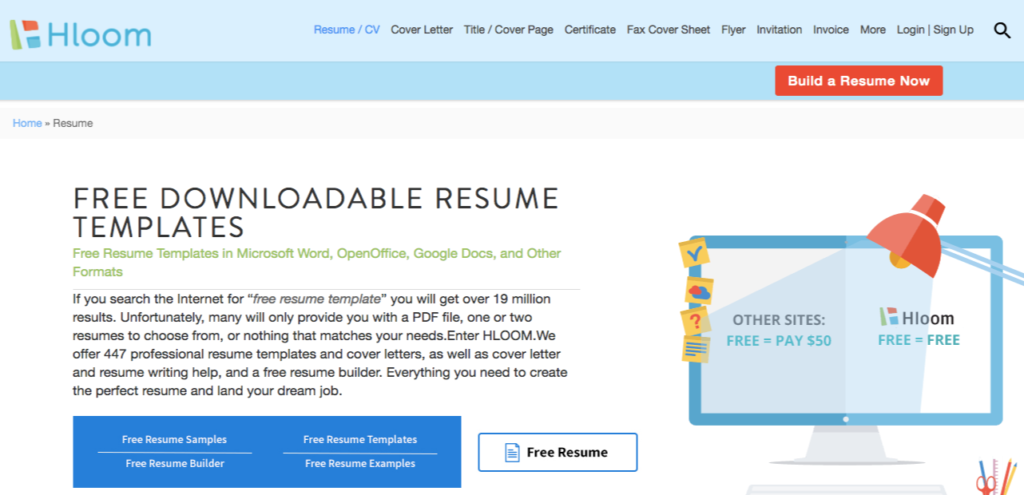
By knowing how each of these elements works and applying them to your own content piece, you'll be able to transform your page into a good linkbait.
1. Value & Usability
The value of your content differs from one visitor to another visitor who sees it. Some people may see the value of content by how fast people could consume it; for others, it means how comprehensive and timely text in content to its user.
In understanding value and usability, it's critically important to align your purpose (the reason why you've created the content in the first place) while doing the piece at hand.
For example, if you have published content that lists down the "best X tools in INDUSTRY". The number of items in the list may not necessarily bring the value: who wants 200 tools if people are only looking for what's best that they could use immediately to their business?".
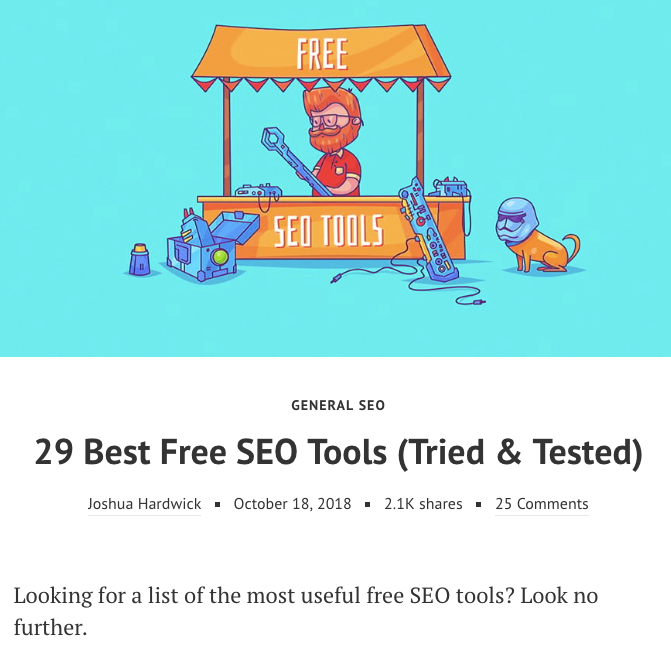
The form of this type of content may be shorter than the usual (12, 10, or 6) among hundreds or thousands of tools. But the best part that will add significant value is what makes these industry tools best. What differentiates these tools from the others? Their pros, as well as cons, are likely to be complemented by another tool.
That's a pretty good example. If you're after content that brings value, go back to the purpose of the content. Here are some questions you can ponder:
- How could I make the content piece easy to digest (read, listen, watch, scroll, etc..)?
- How could I format a page that will give the best user experience possible?
- Is there any information that I need to strip out to make the content succinct as possible?
- Are there any content elements, i.e. video, graphic, gif, that will emphasize human emotions and/or make the content more comprehensive than other similar assets?
B. Context & Differentiation
Context is vital. Who is the specific audience your audience caters to? What are their needs and how you can fulfill them? What to address and what not? What to offer and not to offer?
These all things require critical thinking - understanding the right timing and context.
Inclusive of that is having a game plan to differentiate your content asset from other pieces of your competitors.
You can be the FIRST or be the BEST.
When you've done good research, it doesn't take you longer to see if you're the first one to cover the topic, or even realistically, the first one to cover a unique angle of the topic.
Kaiserthesage has done extremely well providing the first of the guides about link building. Because of this, it doesn't make him a decade to build authority and trust in the search marketing space.
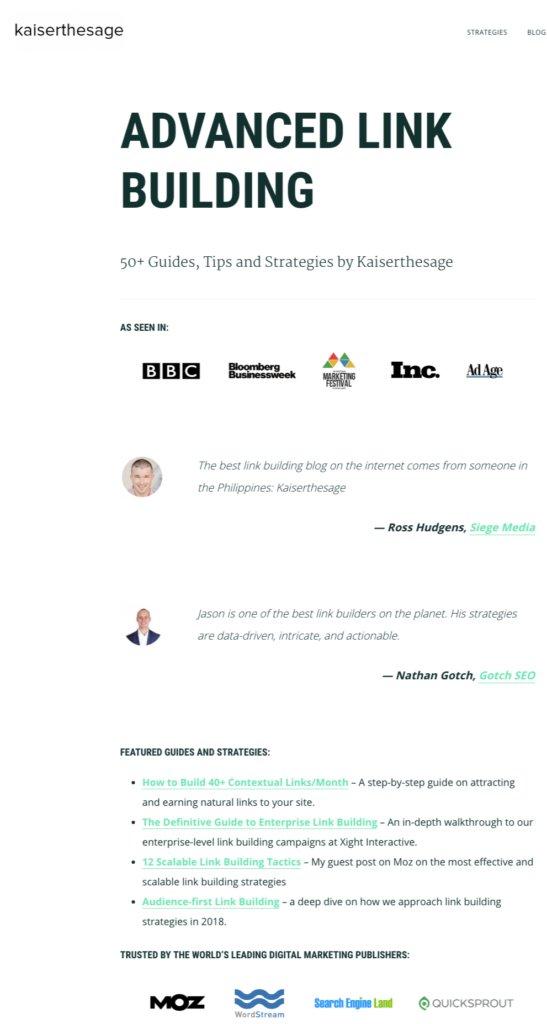
Meanwhile, you may not be the first to address a specific topic with your content. However, you can create the best of it -the most excellent in terms of form, style, user experience, delivery, and other content elements that will allow you to provide the best possible solution to the serious need of your audience.
You can add unexpected hooks that your audience would find uniquely valuable. So it's critically important to go through similar content assets and see what they are missing out on, which you can fill in your content in order to make it a better web asset than theirs.
C. Timeliness
You will appreciate more timeliness as we go through the promotional part of linkbait. But the good thing with first understanding how valuable its role is in the linkbait creation process is that it allows you to set expectations in its actual doing and delivery.
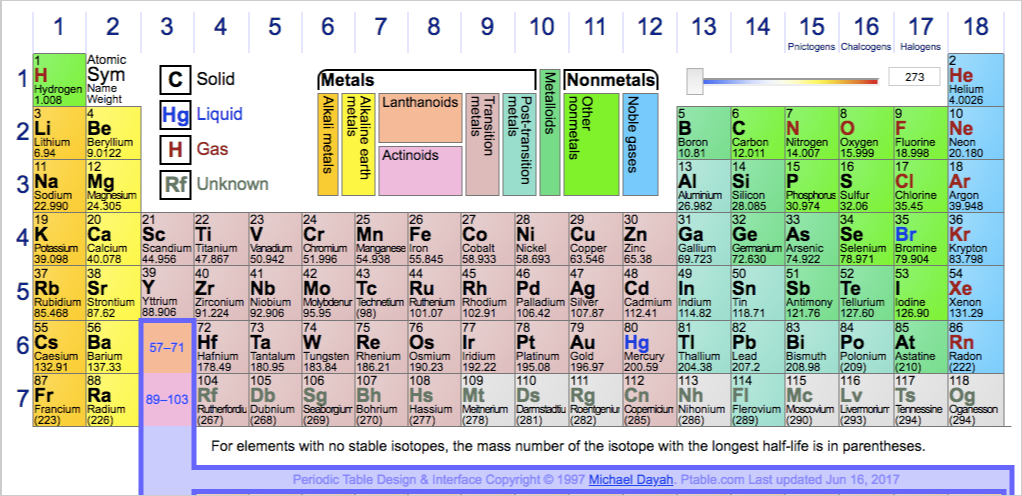
If the content will be consumed by the audience on a certain day or week (holidays, annual celebrations, etc..), it would be wise to set an advanced preparation of the content as early as possible.
If the content is seasonal, make sure the content is published days or weeks before its promotion. There are chances when you have to revamp or change the formatting so to make it fully resonate with its intended visitors.
D. Relationships
Why is there a need to look into relationships and see a list of interested people when the content is still going through in its creation process?
The answer is very simple--to validate if there is an existing audience ready to consume and amplify the content once it is published.
Identify existing linkers in your industry by checking who has linked to your competitor's similar content. This activity is attainable when you use Ahrefs and Similar Prospecting Tool by SkyRocket.
You may add to your list all past linkers to your content. If you offer relatively topical content, they would find it again interesting to cite in their own works.
What does a GOOD linkbait produce? How to measure?
- Value of links
- Relationships
Let's start with value.
A. VALUE OF LINKS
All bloggers discuss the value in content marketing, but, if you think deeply, value is very subjective. A content piece that's valuable for me may not be valuable for you. Each visitor has his own criteria for identifying how valuable a page is.
In order for you to understand the value itself, you need to go directly to your audience. The question you need to answer is, "how are they consuming, if they are, or perceiving my content?"
The first important point of understanding the value of content is through the lens of its audience.
The content length, depth, word count, number of images, and other elements within the content are all important, but these don't say much until the market sees the finished product.
A good indicator and somehow predictor of the future success of a linkbait (not a guarantee, but a good place to start with) is the backlink history of successful linkbaits in your industry.
You may not be able to know entirely how people perceive these pieces, but if you go through some quantifiable values, you can measure your content piece's linkbaitiness.
These values include the current quantity of linking pages (how many referring domains are linking to the page), speed (how fast does this page earns or get these links), growth (how much links are earned this month compared to its previous period), and traffic value (estimated ROI value of each link).
Let's first look at the value by linking pages.
MEASURE BY # OF LINKING PAGES
The number of referring domains linking to a content piece can show a lot of things. First, if the audience targeted by the content is a linkable audience - meaning these are audiences who have the behavior of citing, referencing, and linking to highly valued content from their works. These are people who are not just consumers but actual contributors through their linking behaviors.
If the audience is linkable and your other similar content assets (from content competitors) have gained hundreds of links, it says two things: either you've got some work to do and improve in your content or you haven't prospect enough link opportunities.
Grab your content's URL and enter that in Ahrefs' Site Explorer.

You can also benchmark the success of your linking page with your content competitors. Check the percentage you've achieved over their current number of links (e.g. your 10 acquired unique links over their 250 unique referring domains).
MEASURE BY LINK SPEED AND LINK GROWTH
Aside from the number of linking pages you've gathered over your linkbait promotion, it is best to also know the progress of your link acquisition campaign by looking at both link speed and link growth.
Link speed, in essence, is how fast you're building links over a period of time. Let's say, you have built 6 links last month, and in the course of the next two months, you have built 10 and 15 respectively, your link speed rate increased by two and almost threefold.
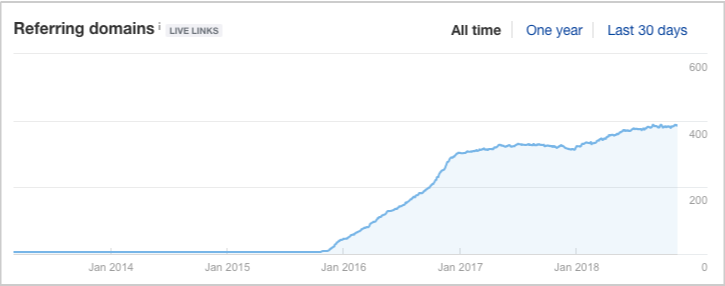
Meanwhile, link growth is the increase (or decrease) as well as projection of links built over time. Using the recent example, if you have built, 6, 10, and 15 over the course of three months, you may expect multiple numbers over the next time period (another three months).
It is worth considering factors that can affect your linkbait's link growth and link speed. Let me give you some of them:
- Prospects reached out to in previous months may have just been converted in the current (or hopefully the next time period).
- Sudden exposure on a top authoritative publication or news site may give a burst of incoming links for one month but doesn't sustain its link numbers in the next months.
- Putting more link builders into your team for the promotion of a content piece may increase the speed of links built over time.
There are more elements that may come into play. By checking your content's link growth and link speed, you'll be able to track your progress.
MEASURE BY INDUSTRY LINK VALUE
Ross Hudgens recently published an interesting article on link value by industry, which gives rise to this important section of the guide.
If you are pursuing links, you are also looking at money value derived from the link building campaign.
One way to measure link value by price is to look at the traffic value of the page. Apparently, it includes on-page factors and other ranking signals that formulate that number, but you may consider traffic value over a number of links to get the industry price value per link.

If you're an agency, it's one way to get more buy-in for your client's campaign or additional budget to allocate to link building, as they are now able to see how valuable your linkbait is in terms of its ROI to the overall brand.
B. RELATIONSHIPS
Other than links, there's one by-product a linkbait can provide to your brand, that is, additional relationships.
t
As you go to the massive promotion of your linkbait and as it earns links, you would be surprised at how many connections you can build on the process.
Not only first-hand relationships (connections from the first burst of promotion) but also second-tier and even third-tier relationships. These are relationships created through the first form of relationships.
When someone is a brand follower or enthusiast, it's not impossible to refer your content to friends of friends (inner circles) and business networks they would find your content to be useful for.
As your linkbait continues to earn its authority, you'll then start to receive emails for inputs or advice from relevant industry publishers and even emails from potential linkers who have actually linked to your content (and sharing it to you for a favored promotion).
How to promote linkbait?
The massive success of linkbait won't start until there's an early burst of exposure. Rarely you'll see a linkbait that has gained hundreds of links without any form of promotion.
Apparently, there are a lot of ways to start promoting your linkbait, after you've assessed its quality and have full confidence in your content.
1. Your own circles
Let's start with people who know about your brand.
It's more reasonable to start reaching out to people and brands who are already interacting with your content. Start with your followers on social networks, email subscribers, and your personal connections. Here's a good example from David Farkas of UpperRanks.
2. Linkers of your competitors' similar content
The next best set of people to receive early promotion of your linkbait content are those who care and consume the subject matter of your piece.
Begin by looking at existing linkers and sharers of content assets similar to yours.
If you're unsure of your competitors' content, you can use Ahrefs' Content Explorer to find them quickly.
3. Resource link building
Find list pages of topical resources where your linkbait can be the best fit. You may use a variety of search terms (like inurl:links.html "TOPIC" or site:.edu ~resources "TOPIC") to look for links pages.
Tip: Check out this cheatsheet guide for more link-based prospecting search queries.
Go over each resource page and check if they have broken pages, that you can take advantage of when reaching out to them. You can ask them to replace these broken resources with a link to a relevant linkbait of yours.
Useful Resources:The No Non-Sense Guide to Broken Link Building
4. Participate in community discussions
Joining in fora and online community discussions is still a valuable activity in the linkbait promotion process. People are looking for answers and useful references that they can take away and use for their business and personal life.
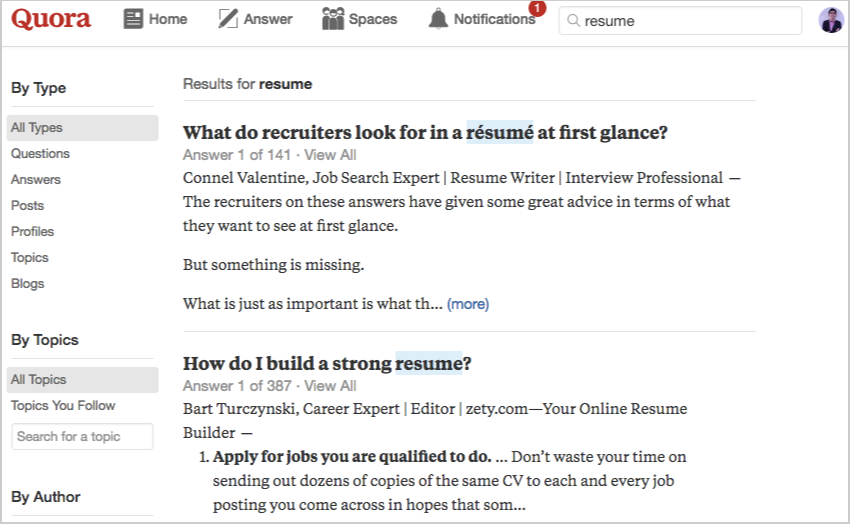
When you engage truthfully with the intent of sharing your linkbait is a good reference and other useful resources, you become a more valuable participant in the discussion. The rewards of views and referral traffic will become a by-product of an authentic engagement to help.
Linkbait Best Practices
1. Content value assessment for the right prospects
Consider spending time to evaluate the value of your content. The receptivity of your people who've encountered your content in the first place may show its value in the online market.
In this way, you will determine if your content is targeting the right audience or not. Even so, you can look for any possible solutions to revamp your content with little changes to the format, style, and information of your page.
2. Sustain through consistent outreach strategy (if evergreen)
If your content is evergreen (it passes the test of time), you can go back to your linkbait and update it accordingly. This will not just maintain and improve your content's search rankings, but be able to promote it again.
Execute another outreach campaign after a year, and soak for any new link opportunities.
One way to start is to collect a new list of possible linkers from a Google search. One pro tip that I highly recommended is to check your competitors' content new links. Over a period of time, they managed to get some links from new different websites.
You can leverage their success to your own advantage, and make it worthwhile to you to discover new backlink targets.
3. Powerhouse your linkbait content asset
With proper strategy and execution, you can publish a series of linkbait pieces that can perform well in the market. Of course, some pages won't get the desired traction, but over time, through testing and innovation, you may get some rewards from multiple successful linkbait campaigns.
Start creating a hub of successful linkbait content pieces. Getting them all into one corner have several benefits you may never think of:
- Getting multiple links from a topical resource page (as one linker whom you haven't reached out to yet may find two of the pages valuable to link to from his list page).
- Your content hub can target ahead industry term and has chances of gaining the top spot in search results because of its existing solid links which can pass authority to the content hub itself.
THE PROCESS NEVER STOPS
There may be instant food, but no instant success. The same is true with producing linkbait. You may gain traction at once, but if it's not sustained for a long time by producing solid linkbait content consistently, results will never last.
